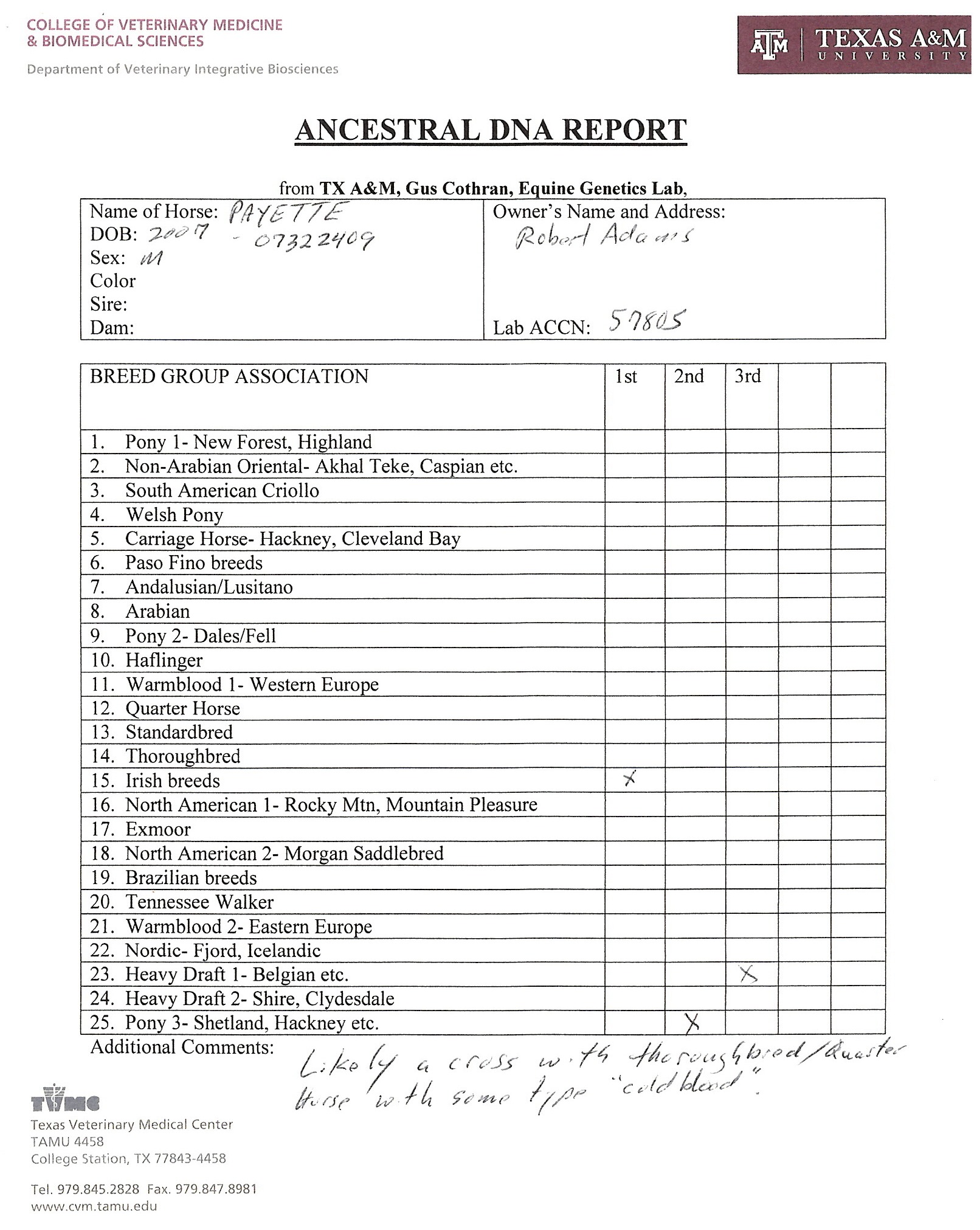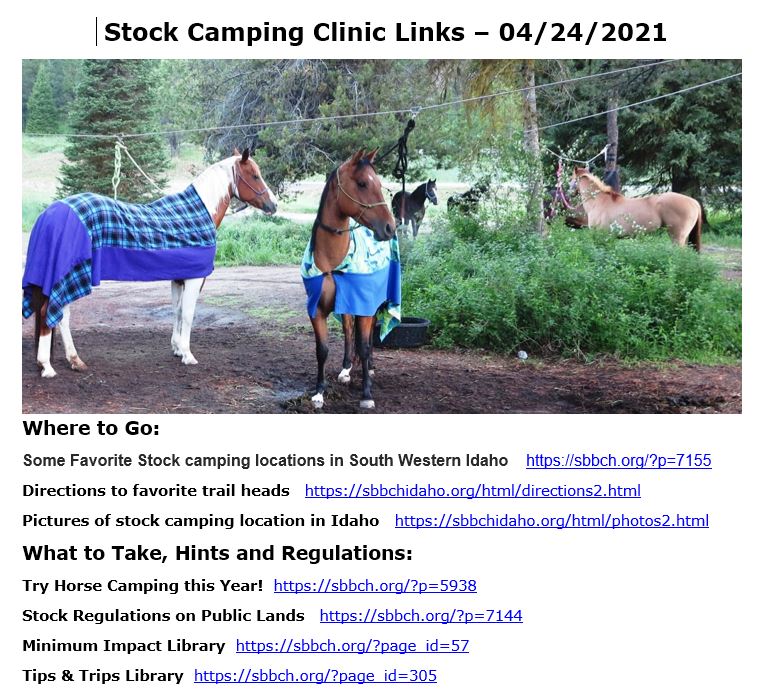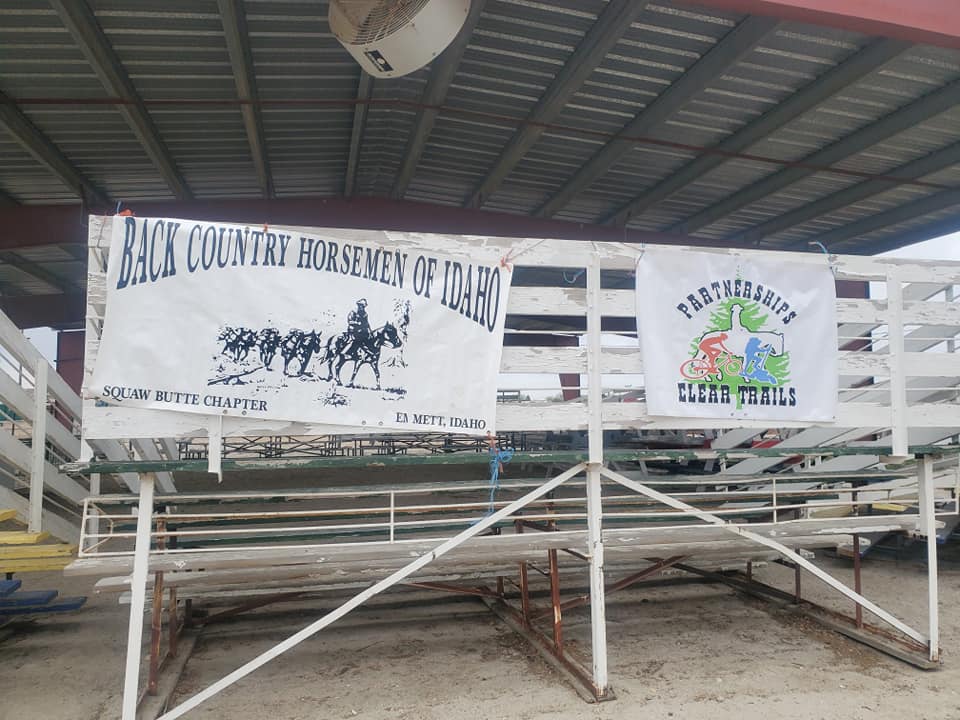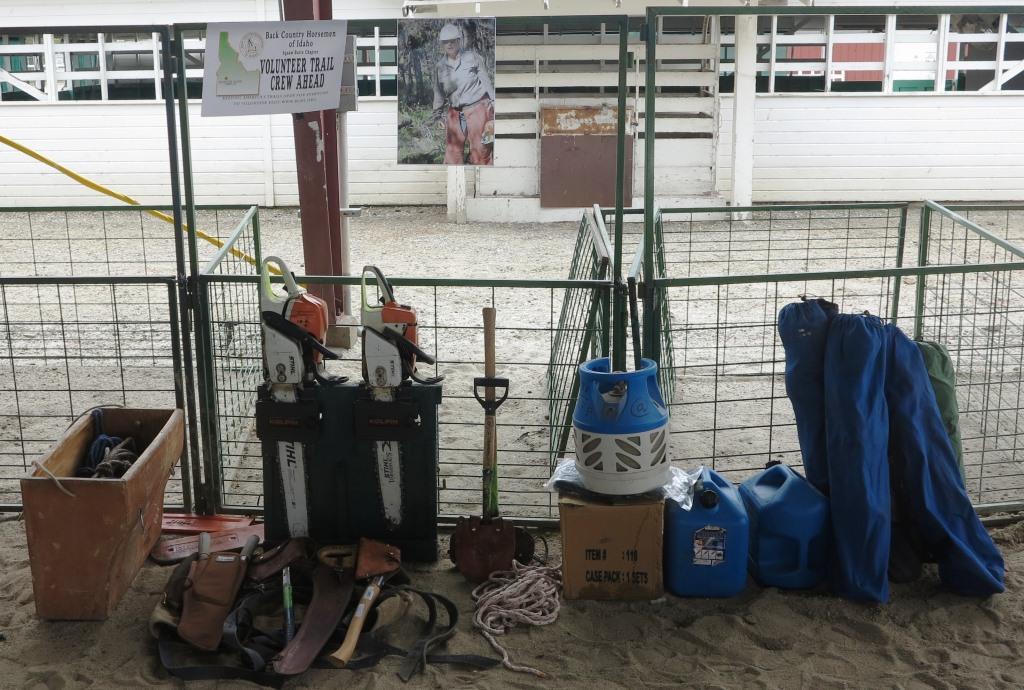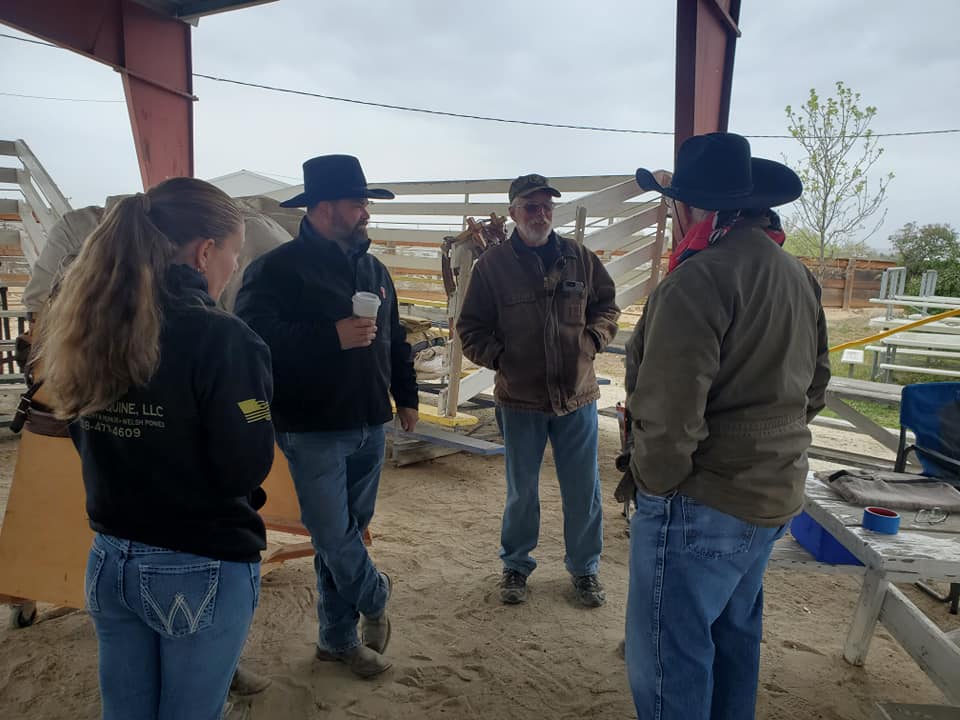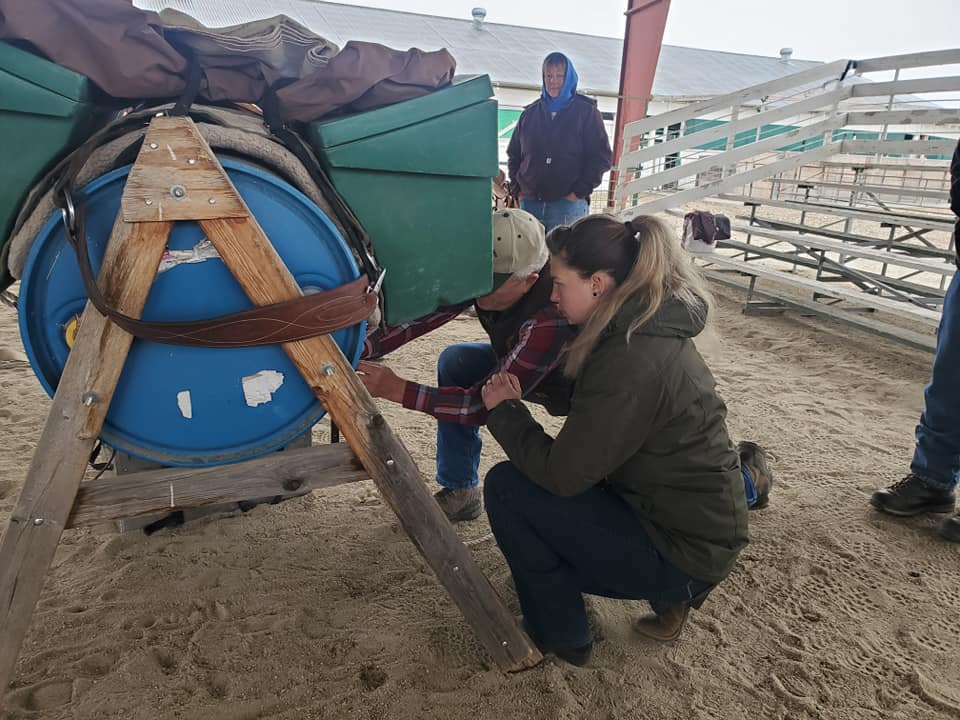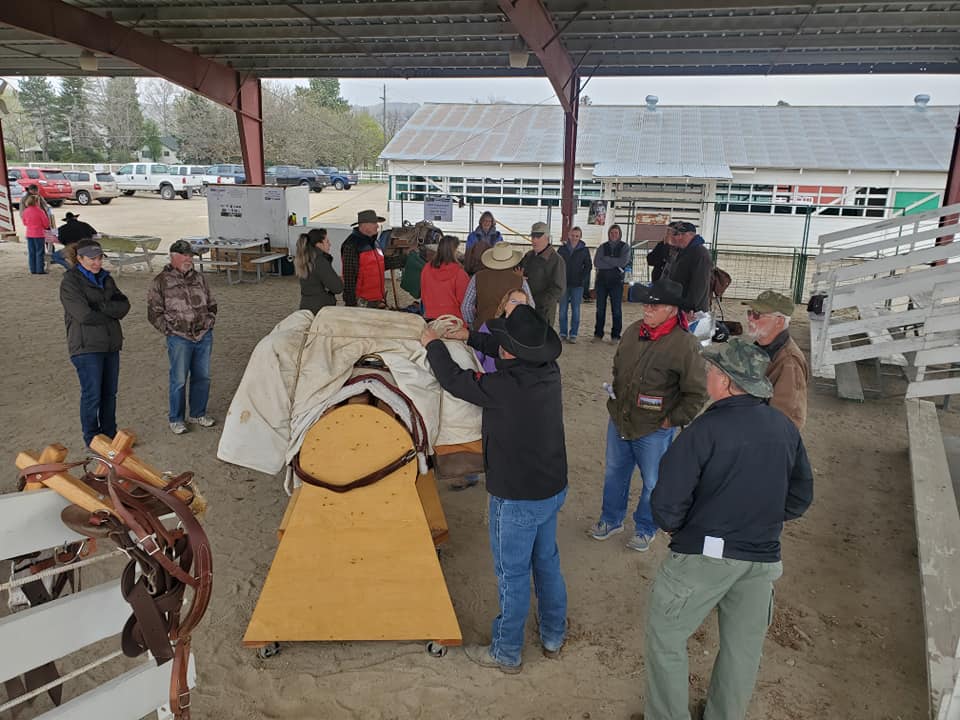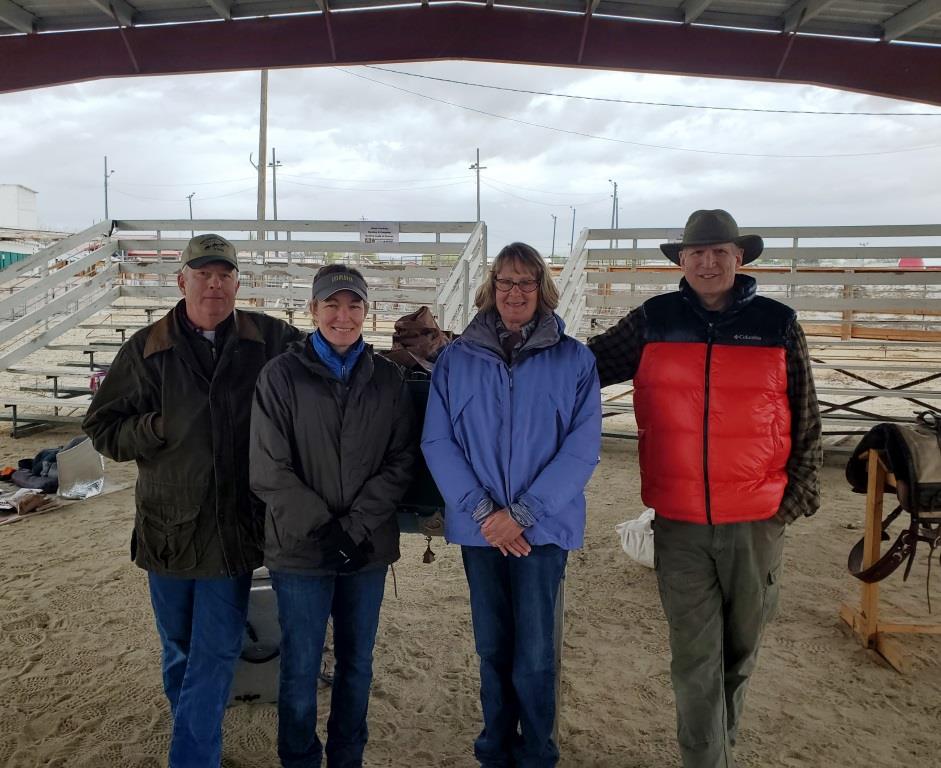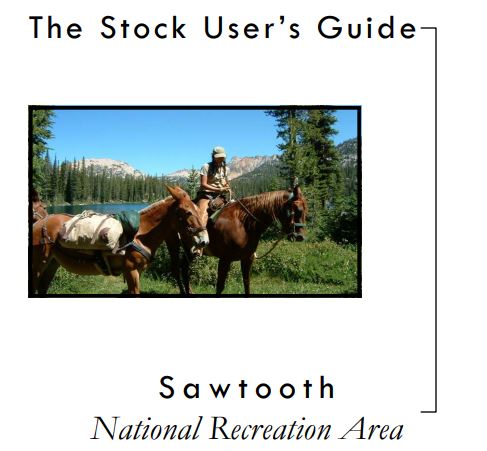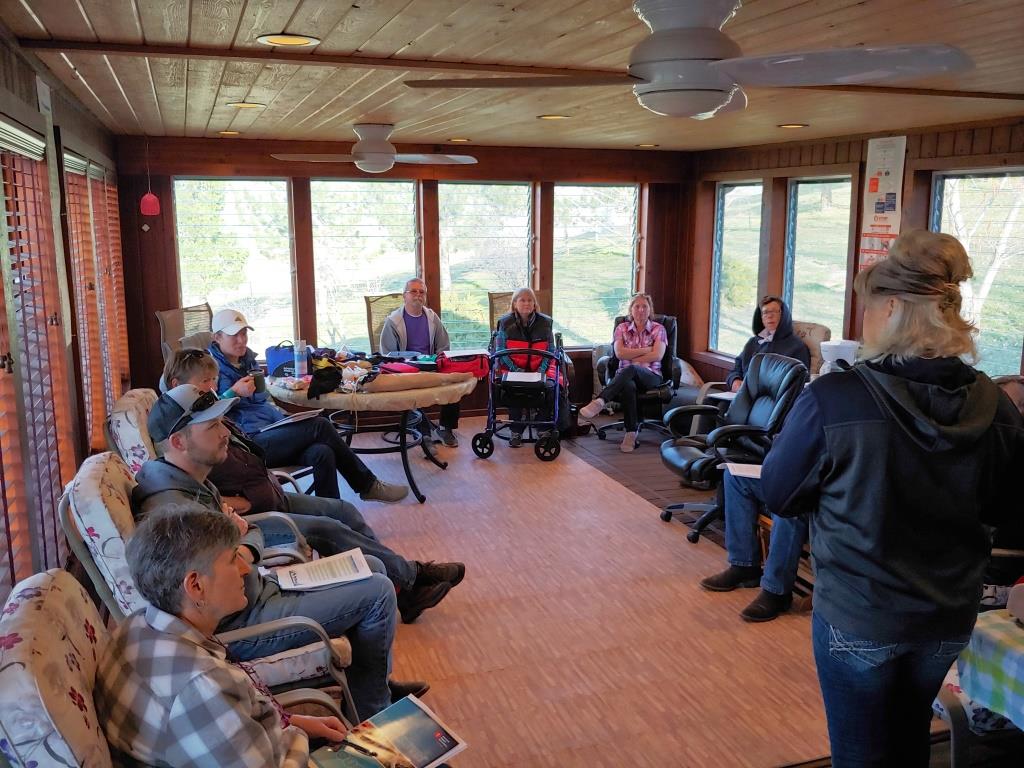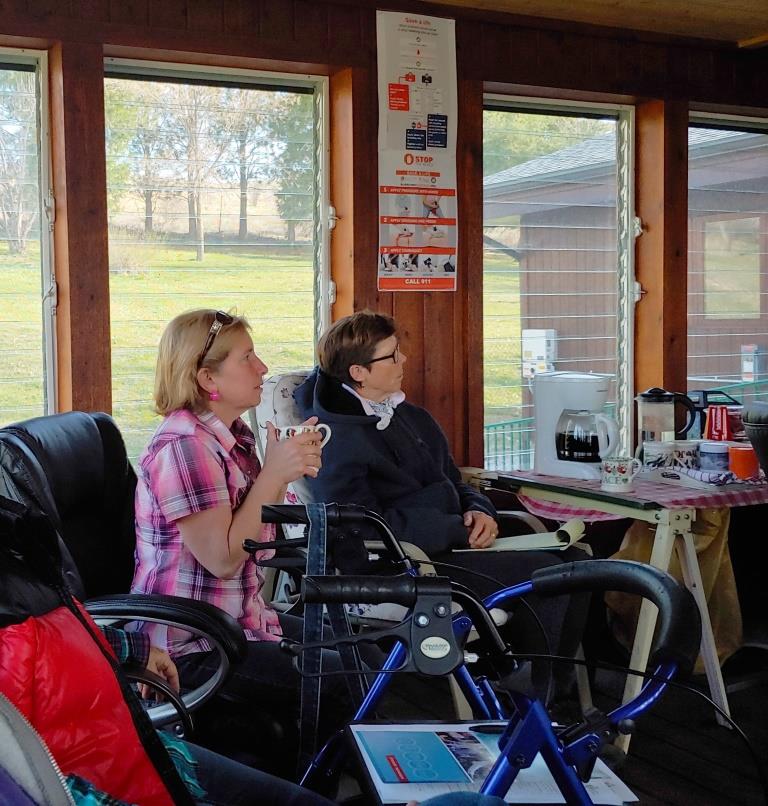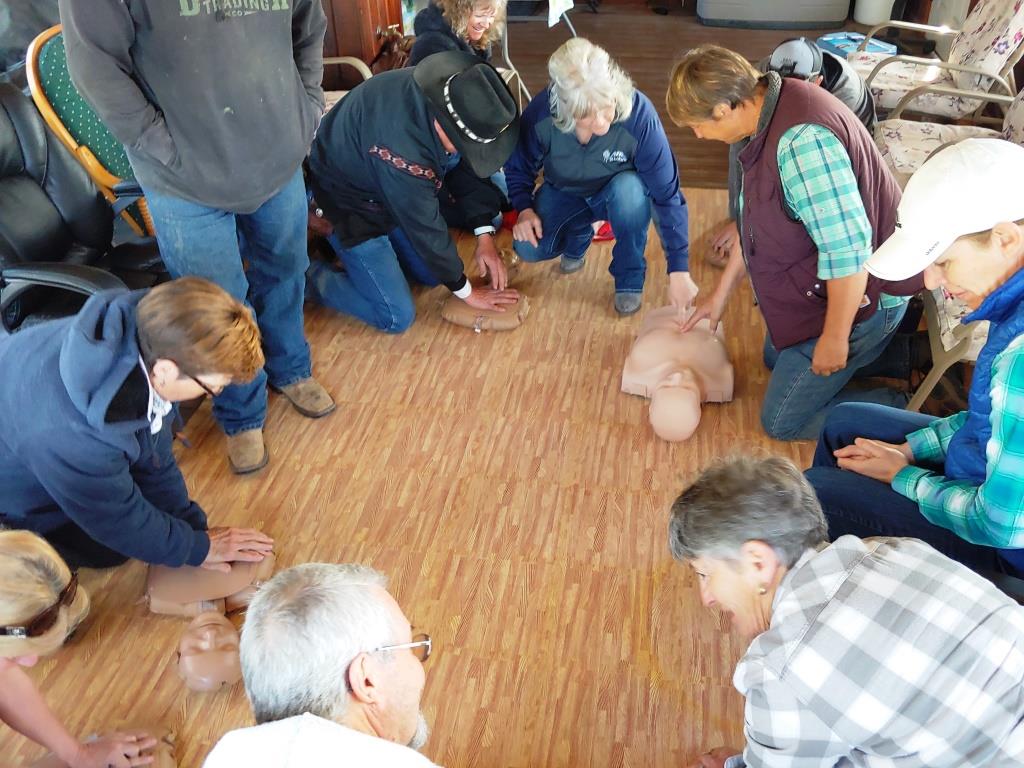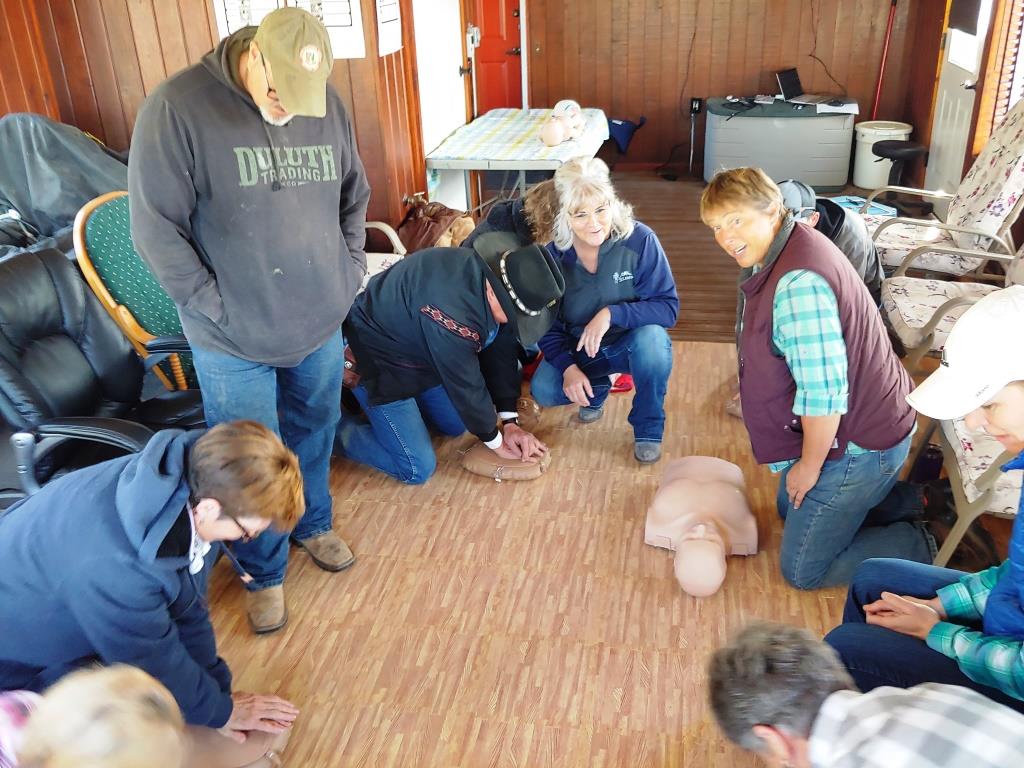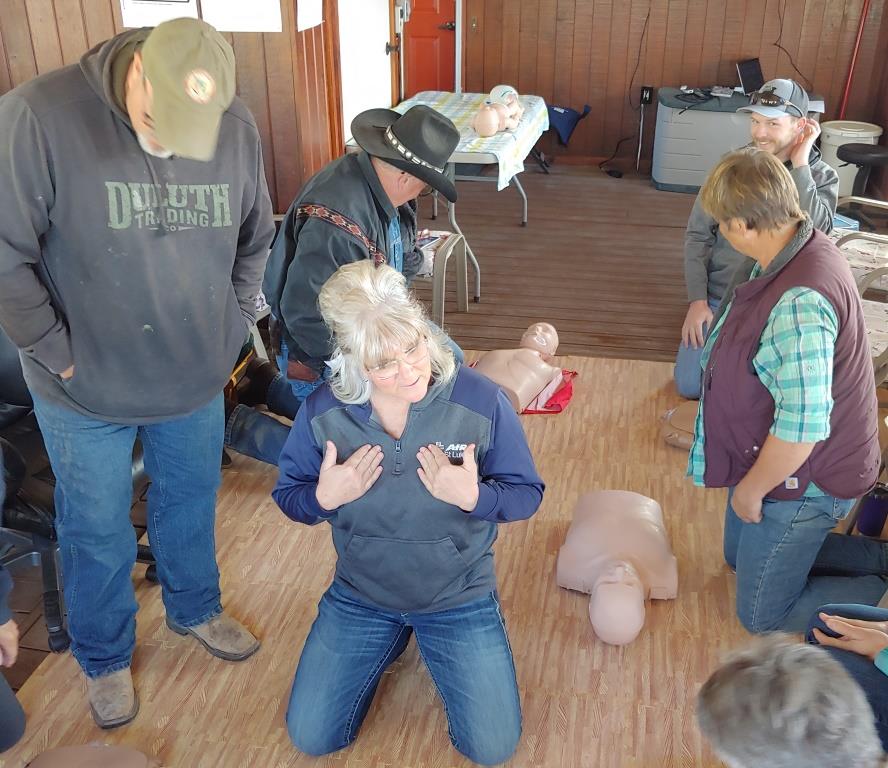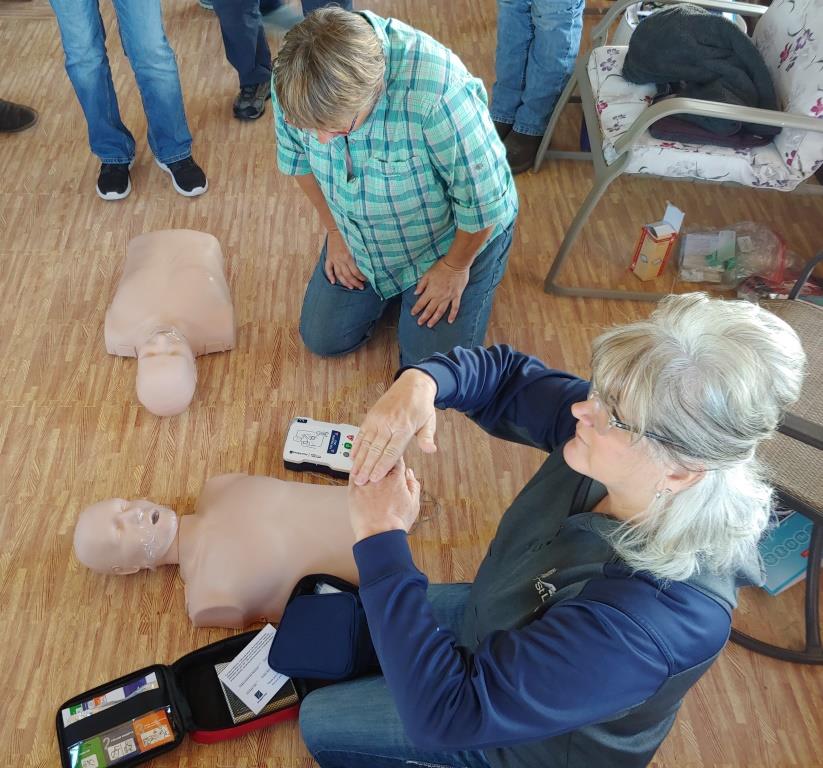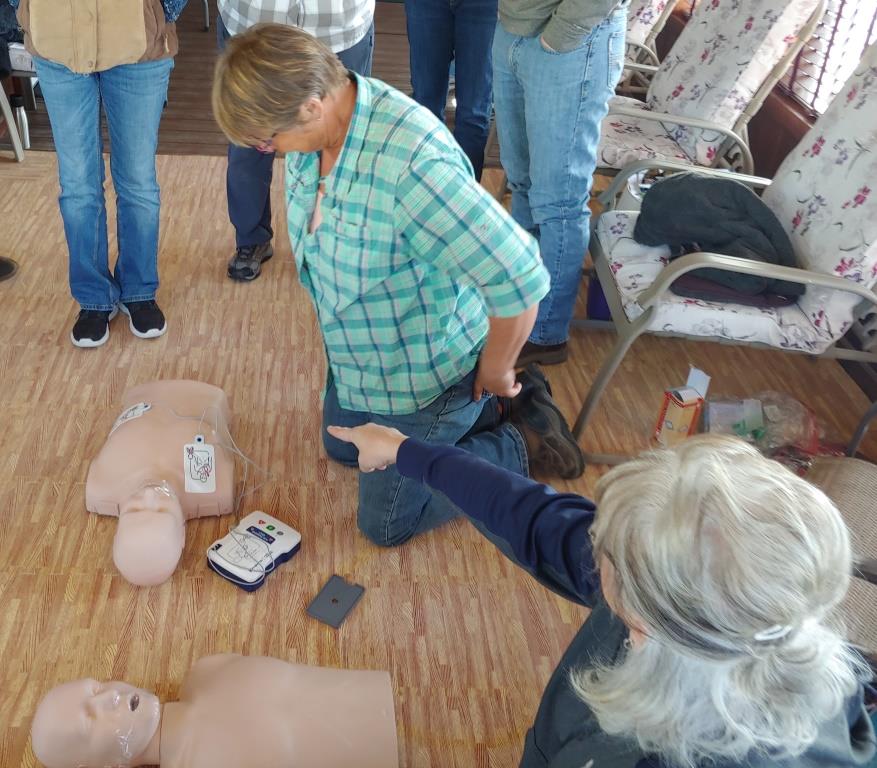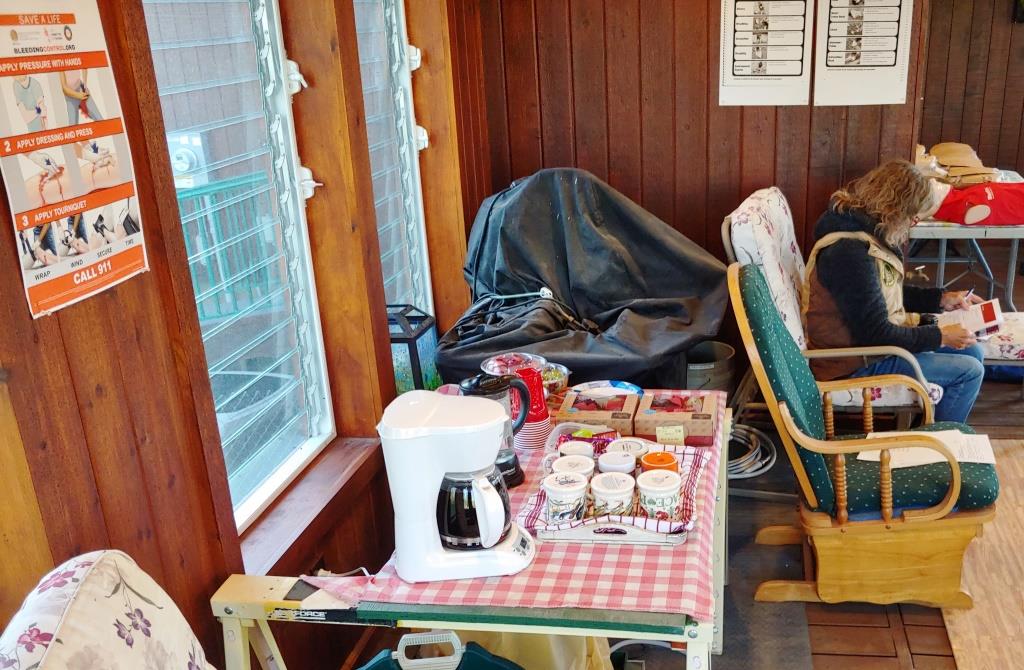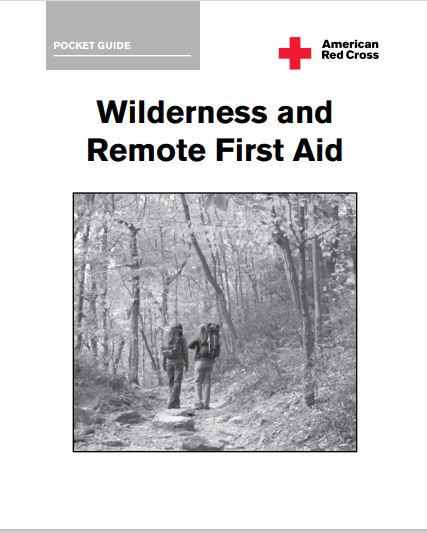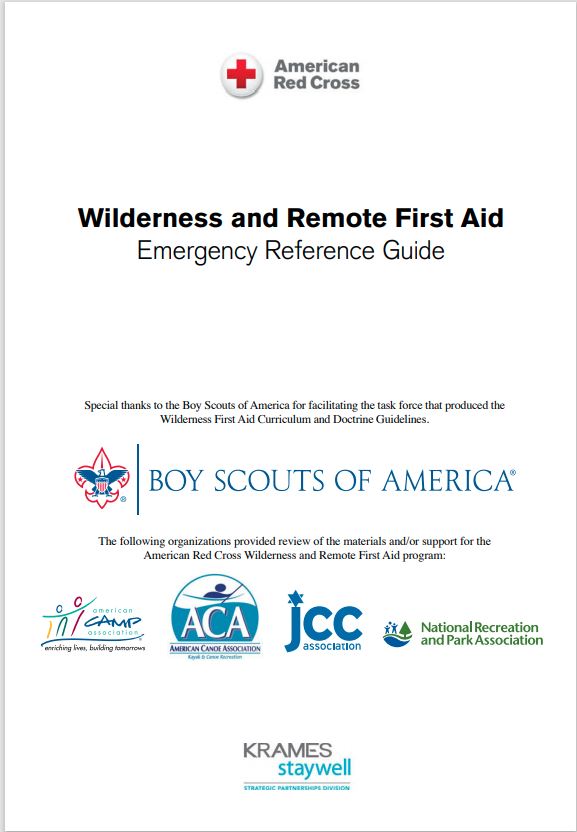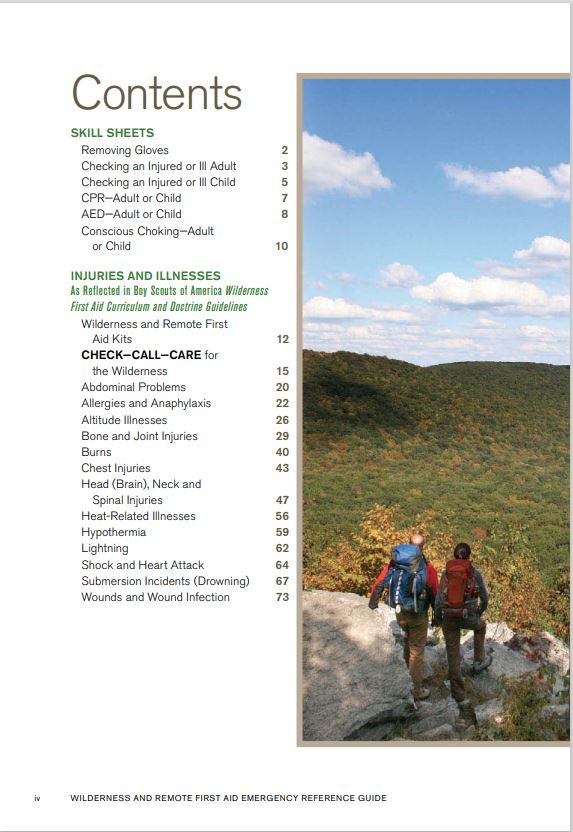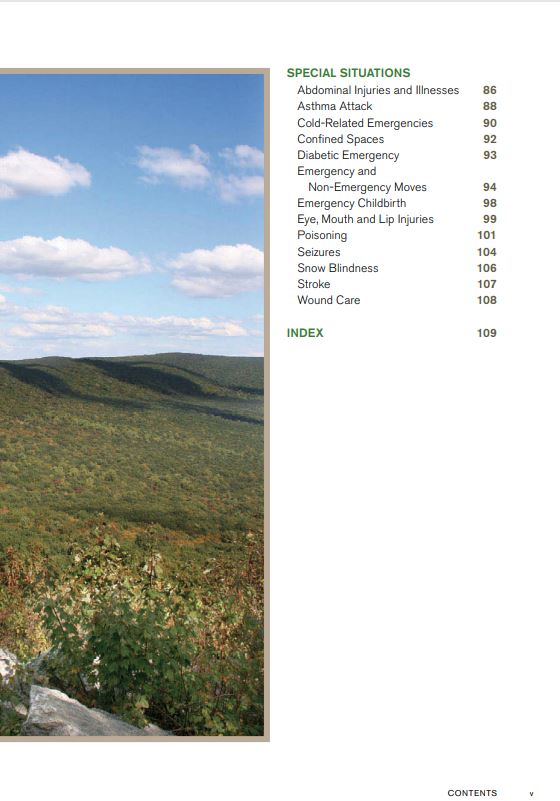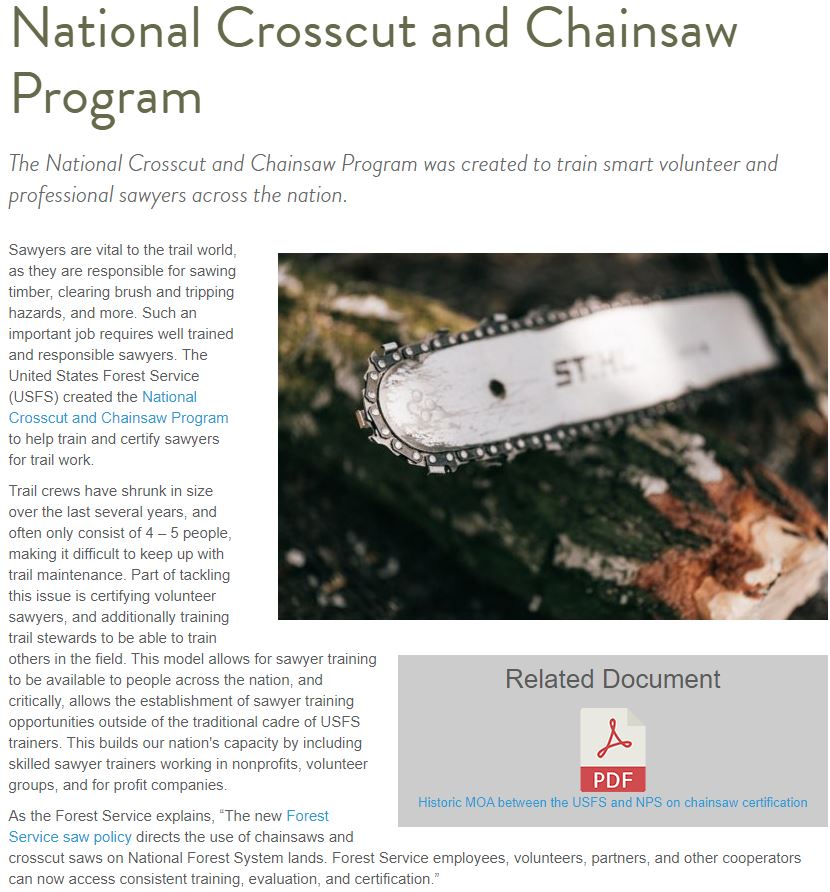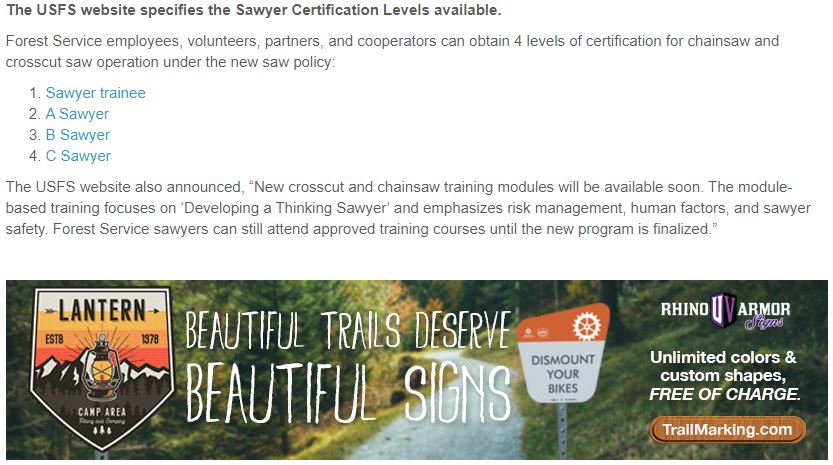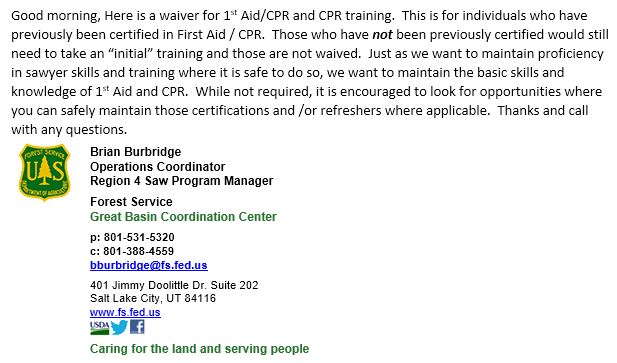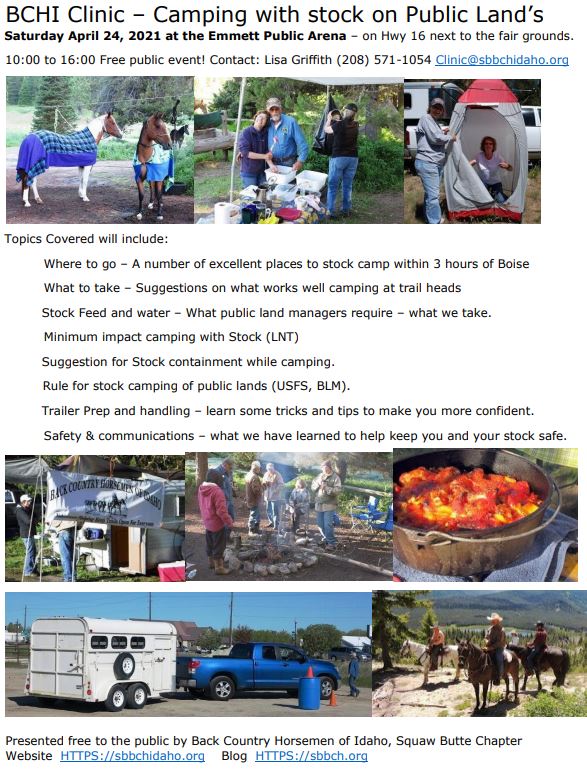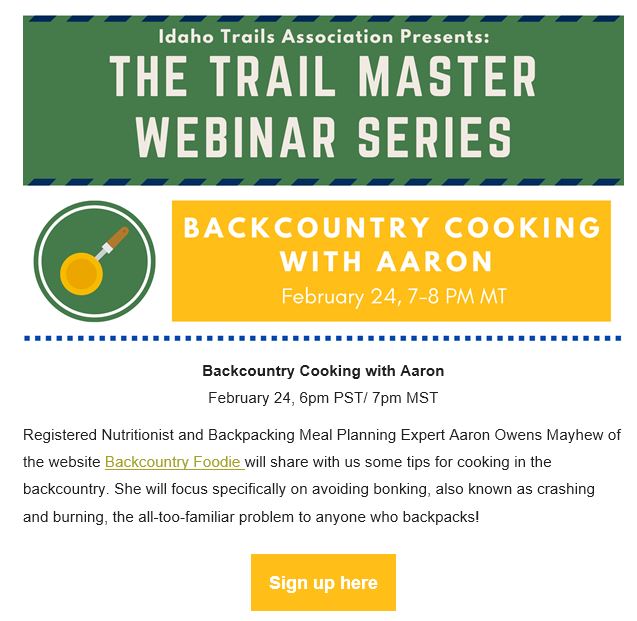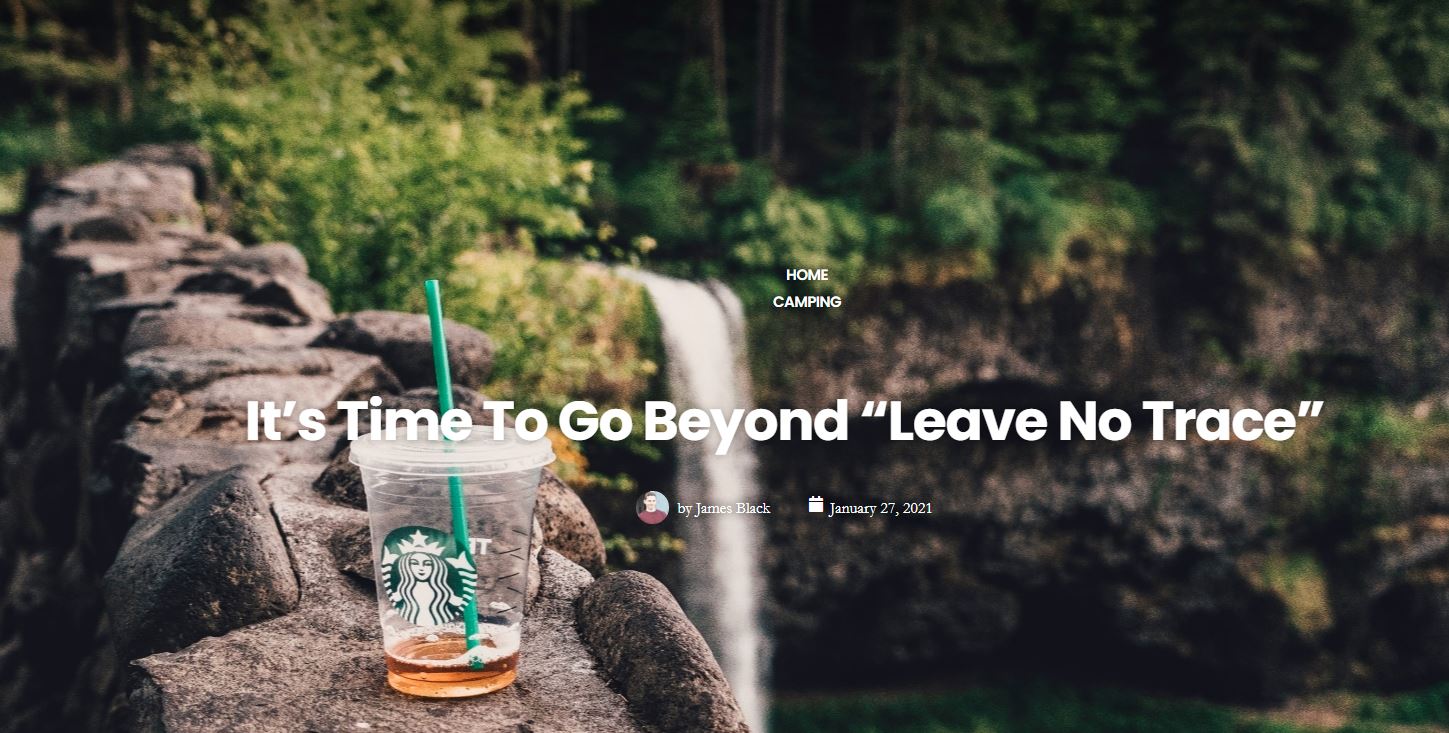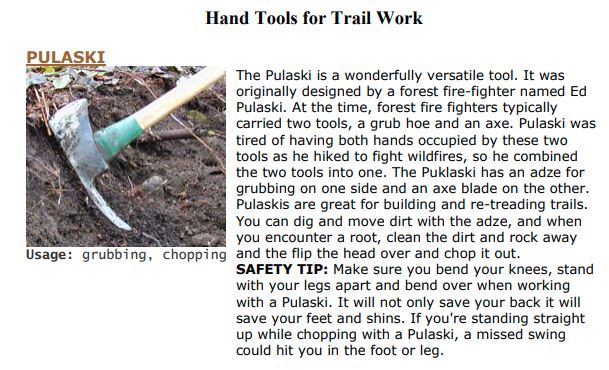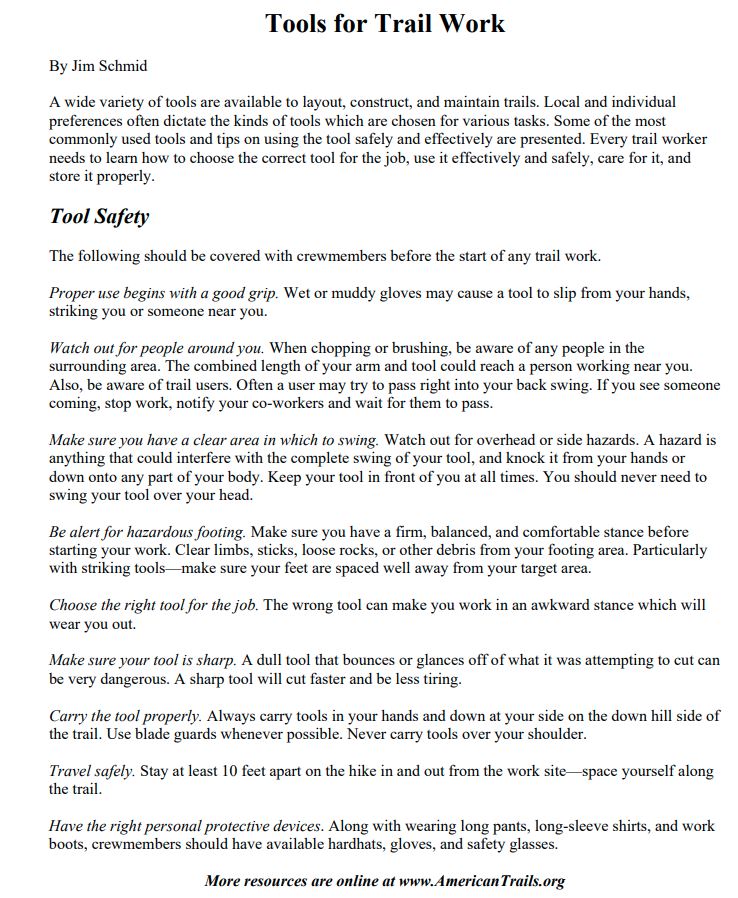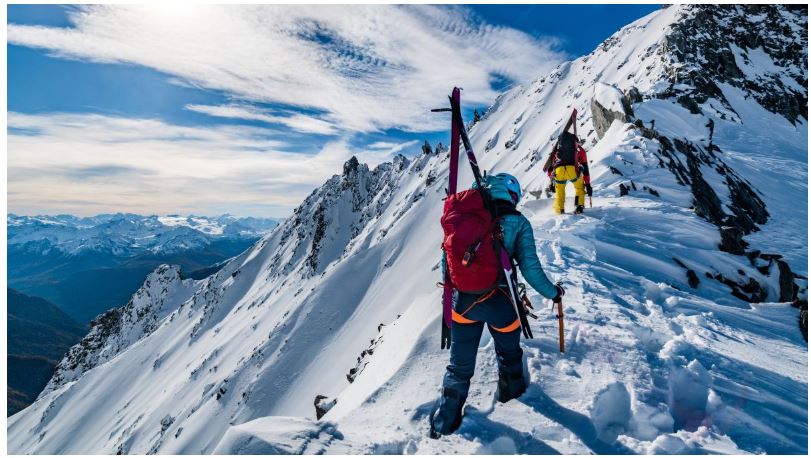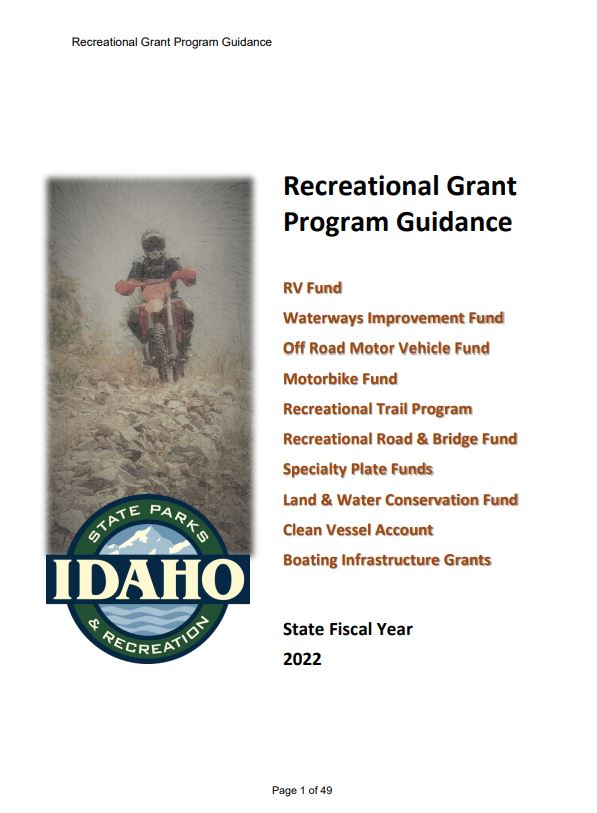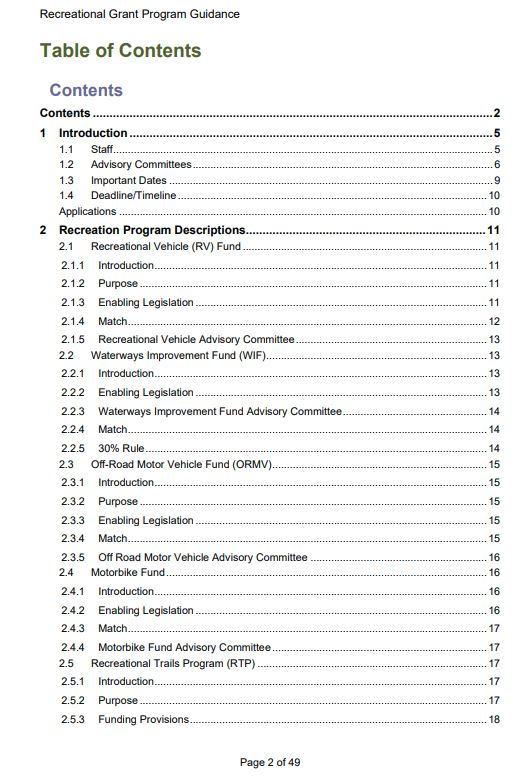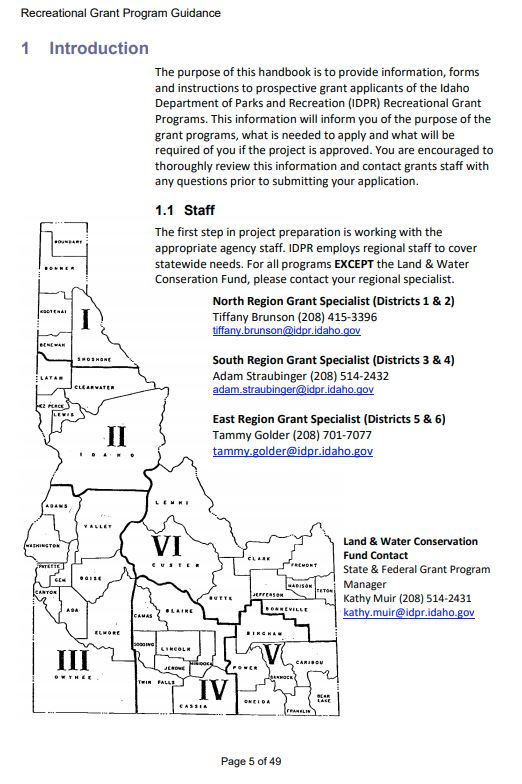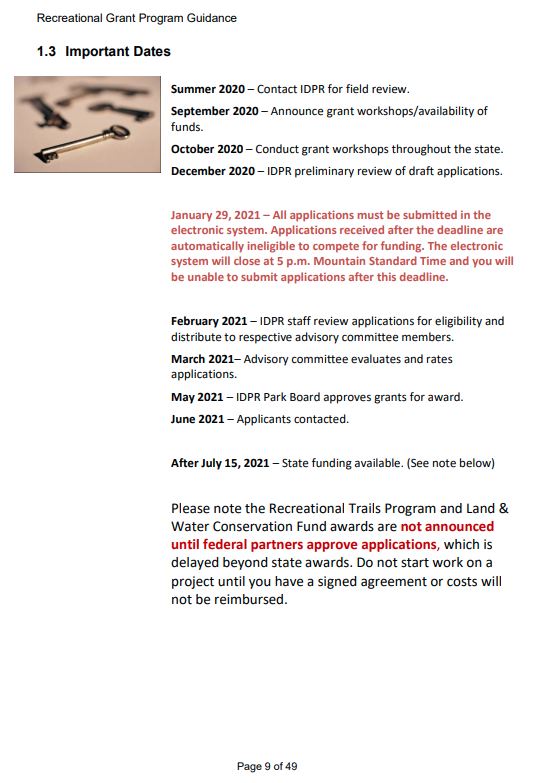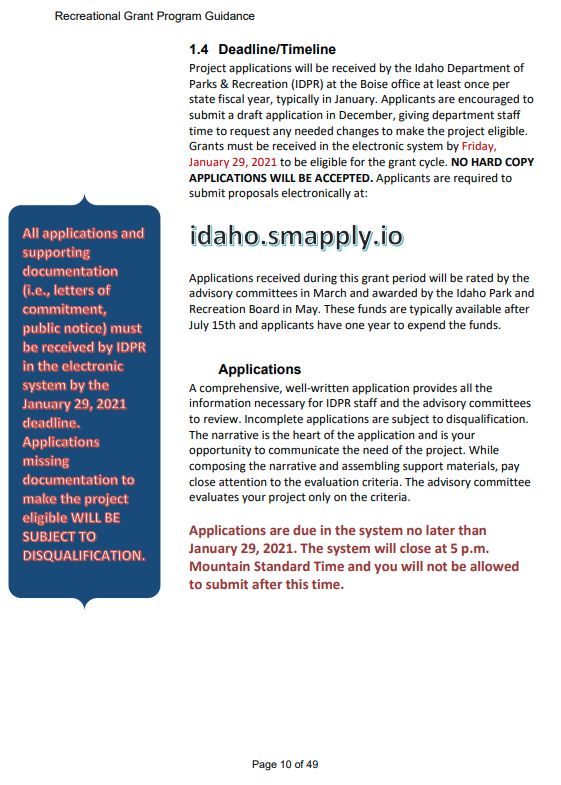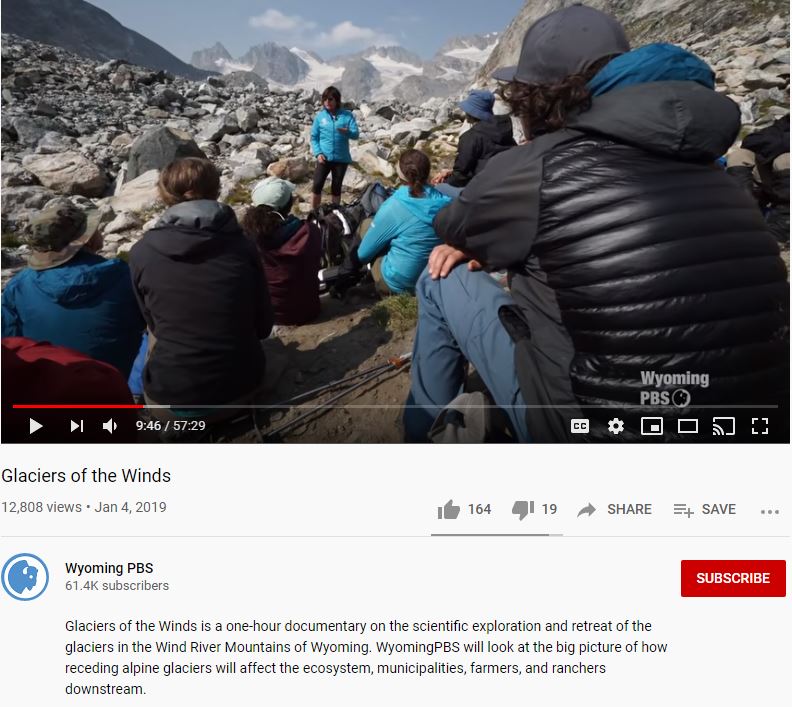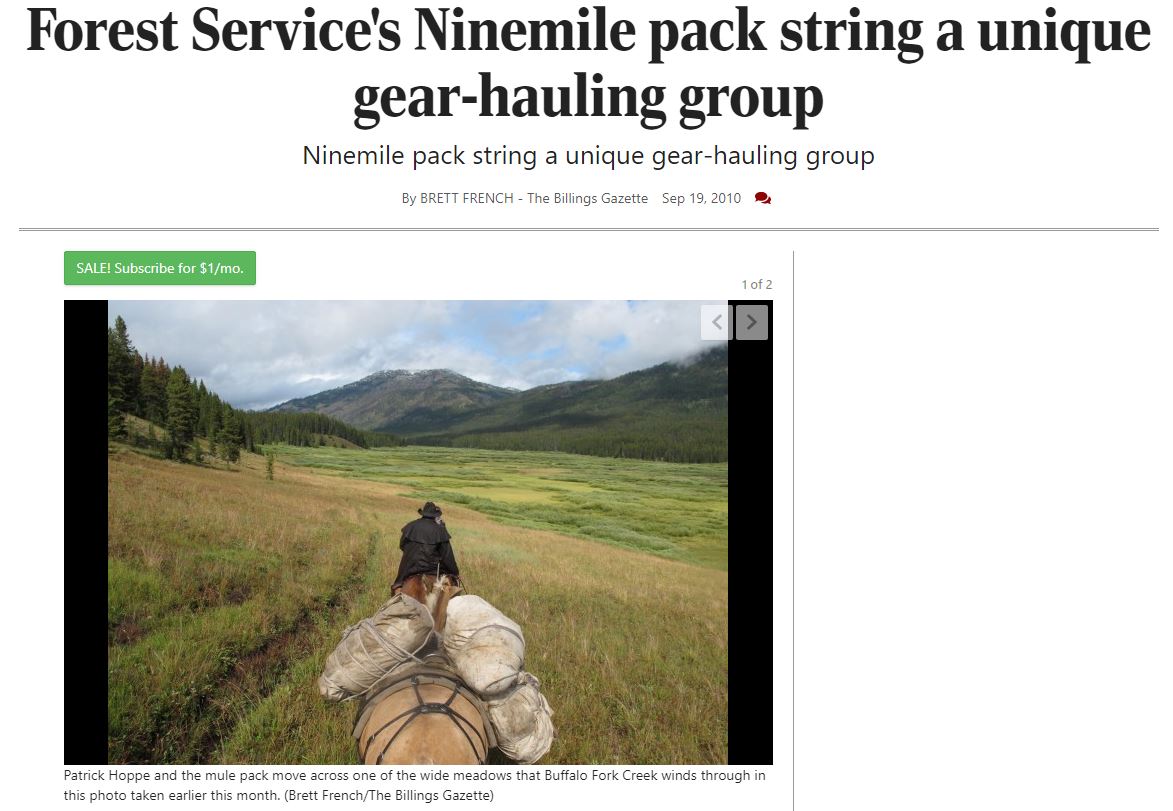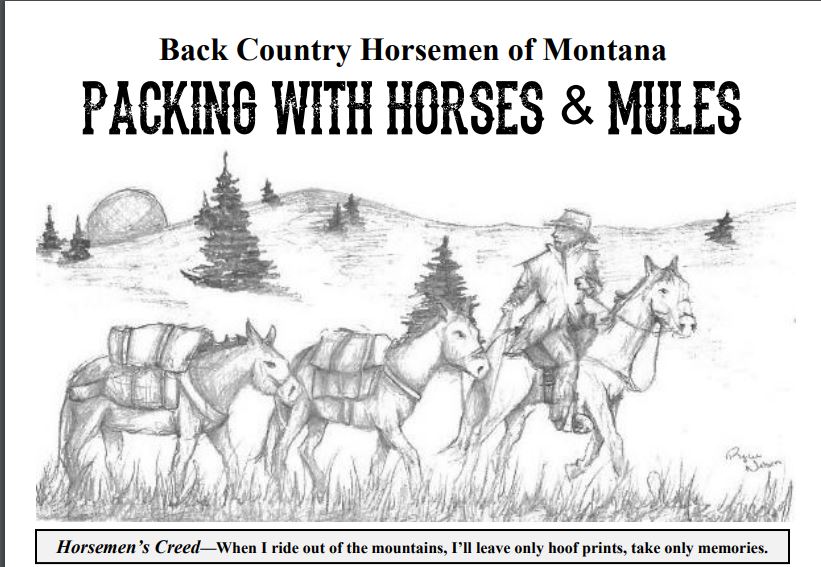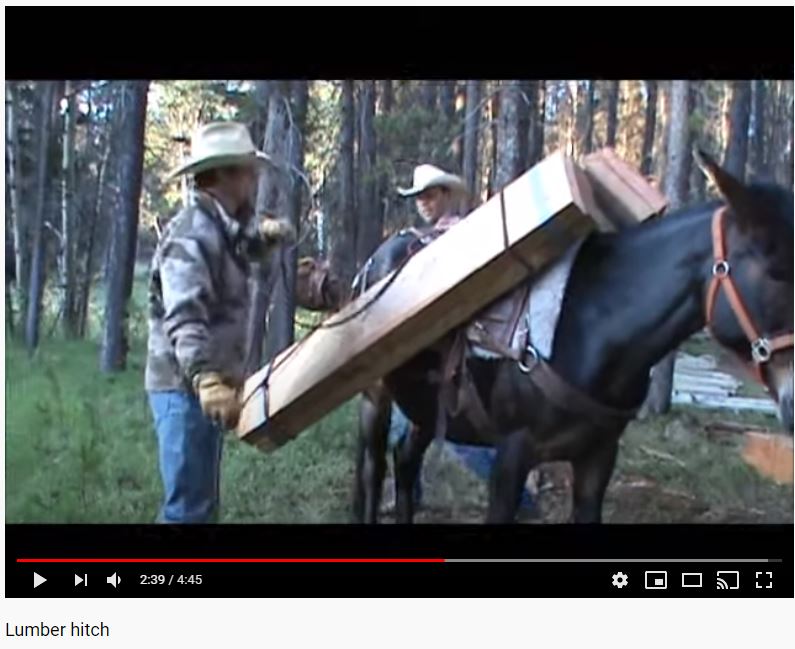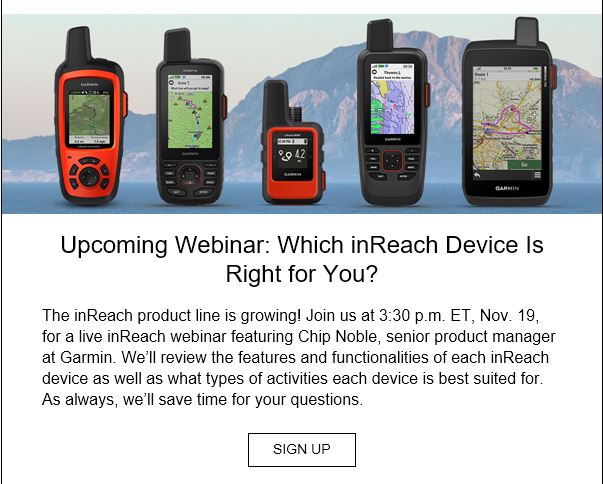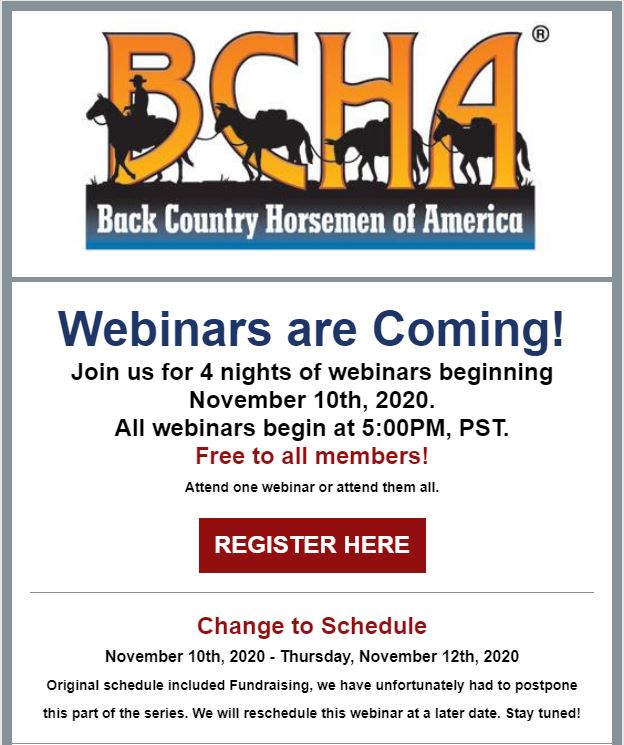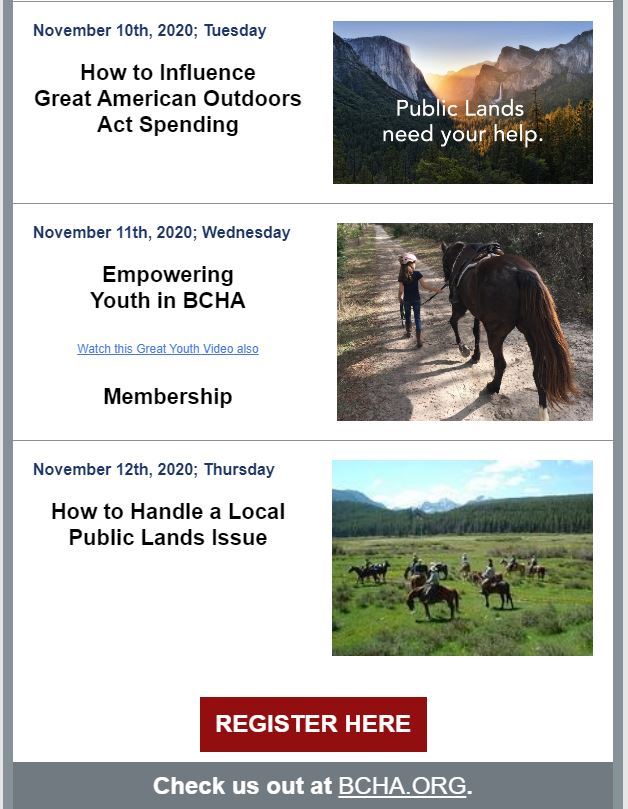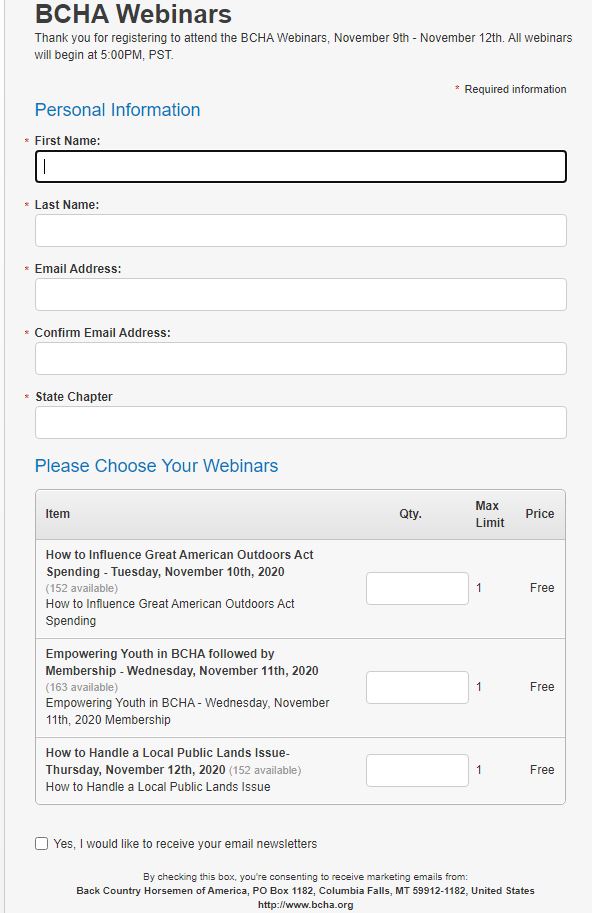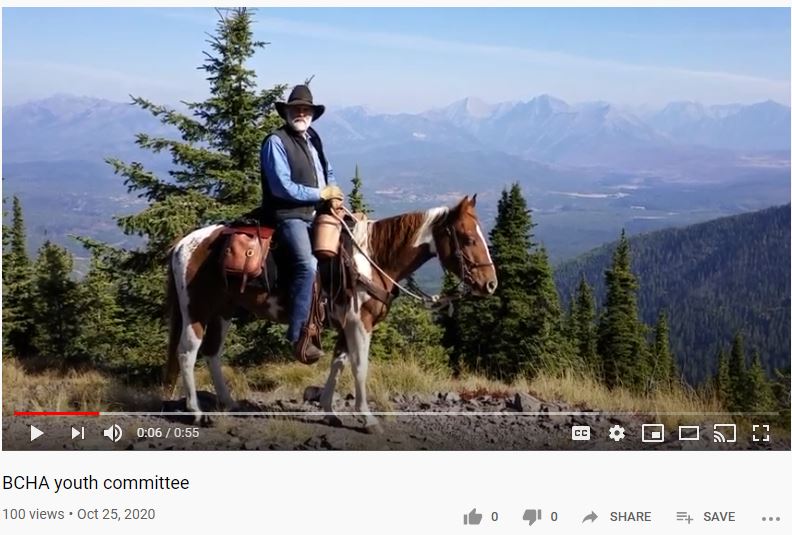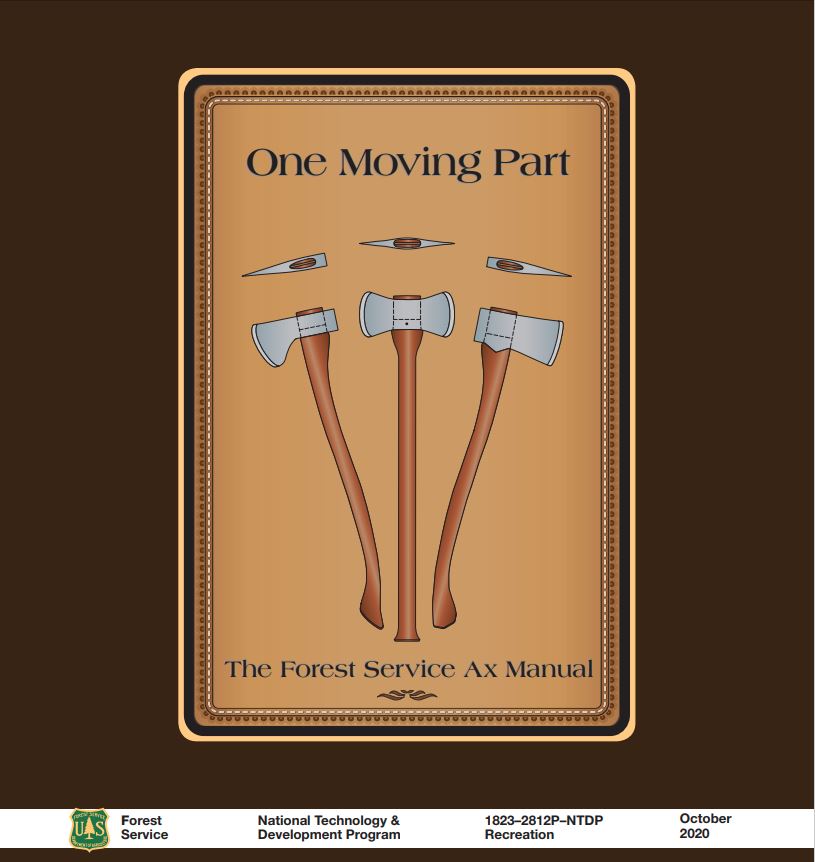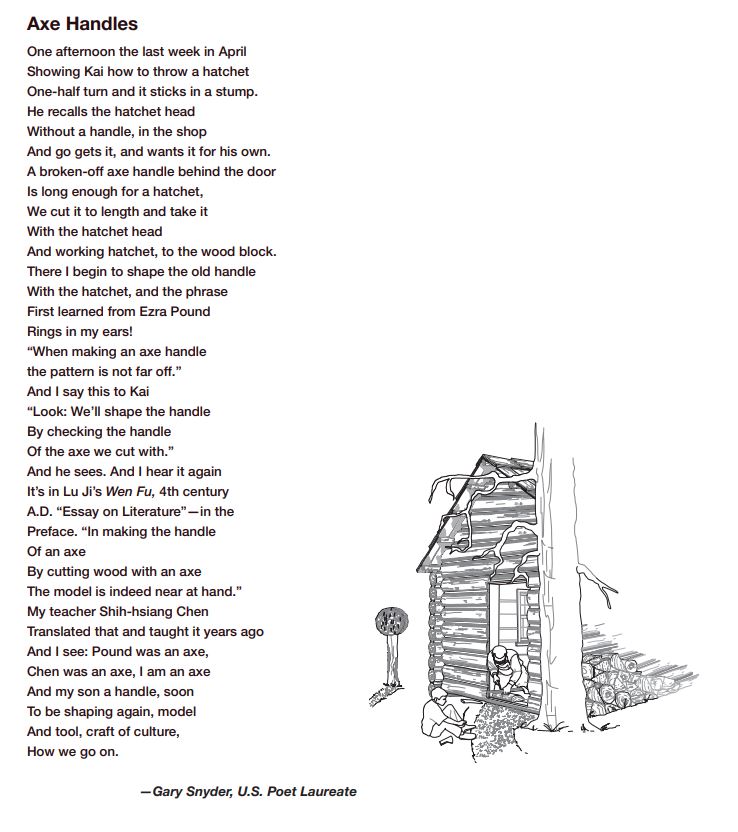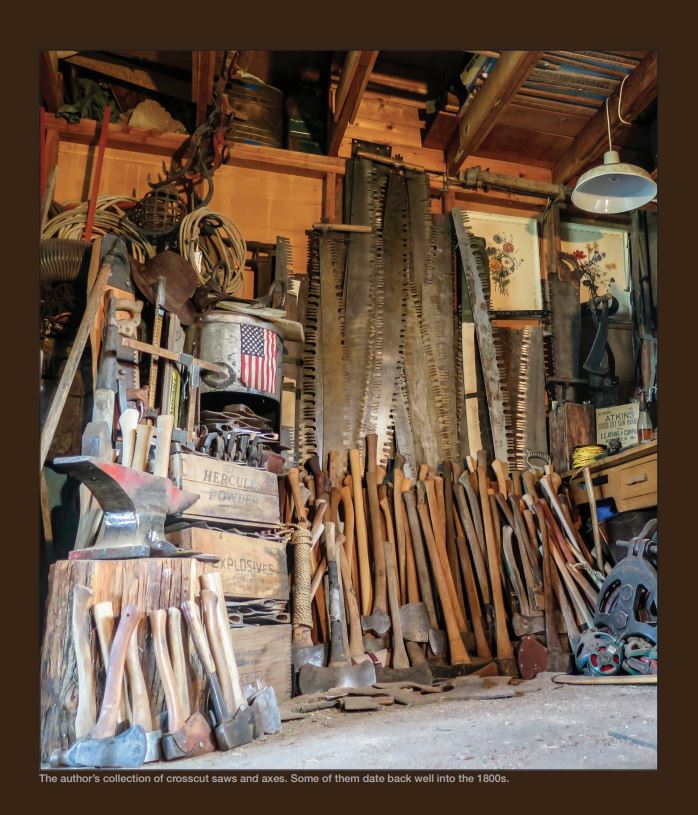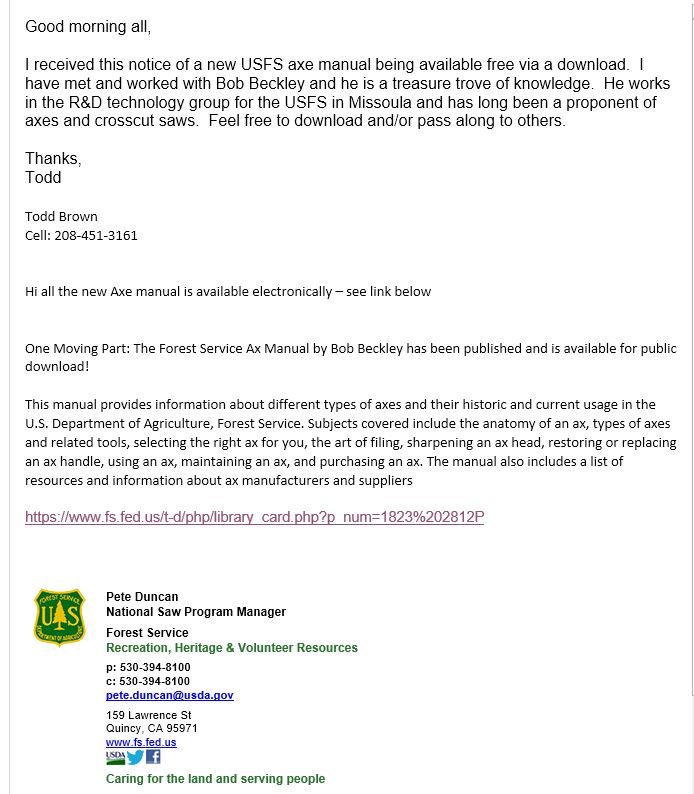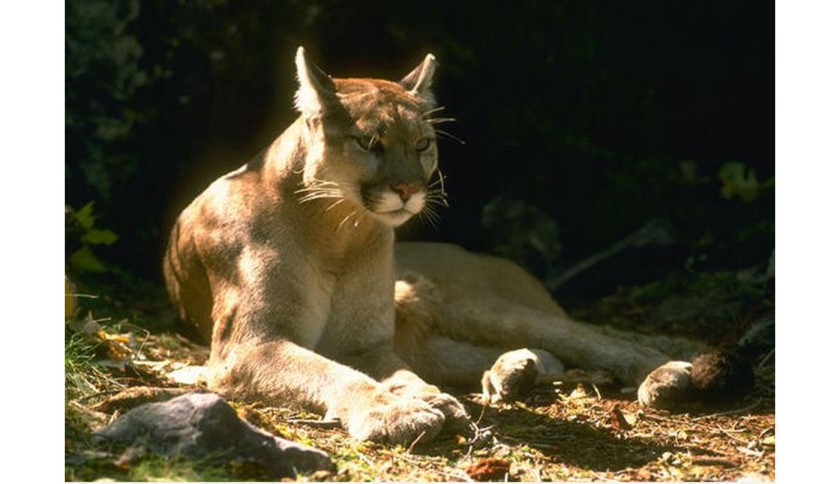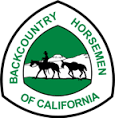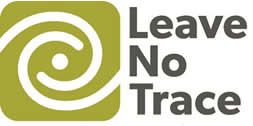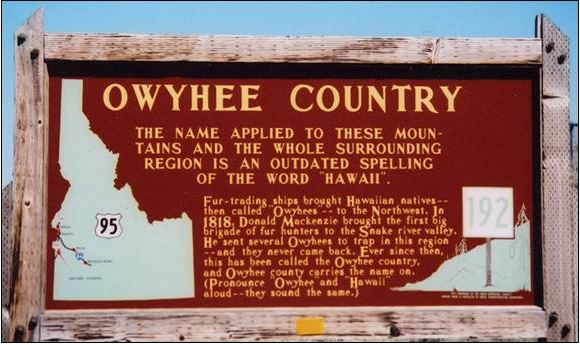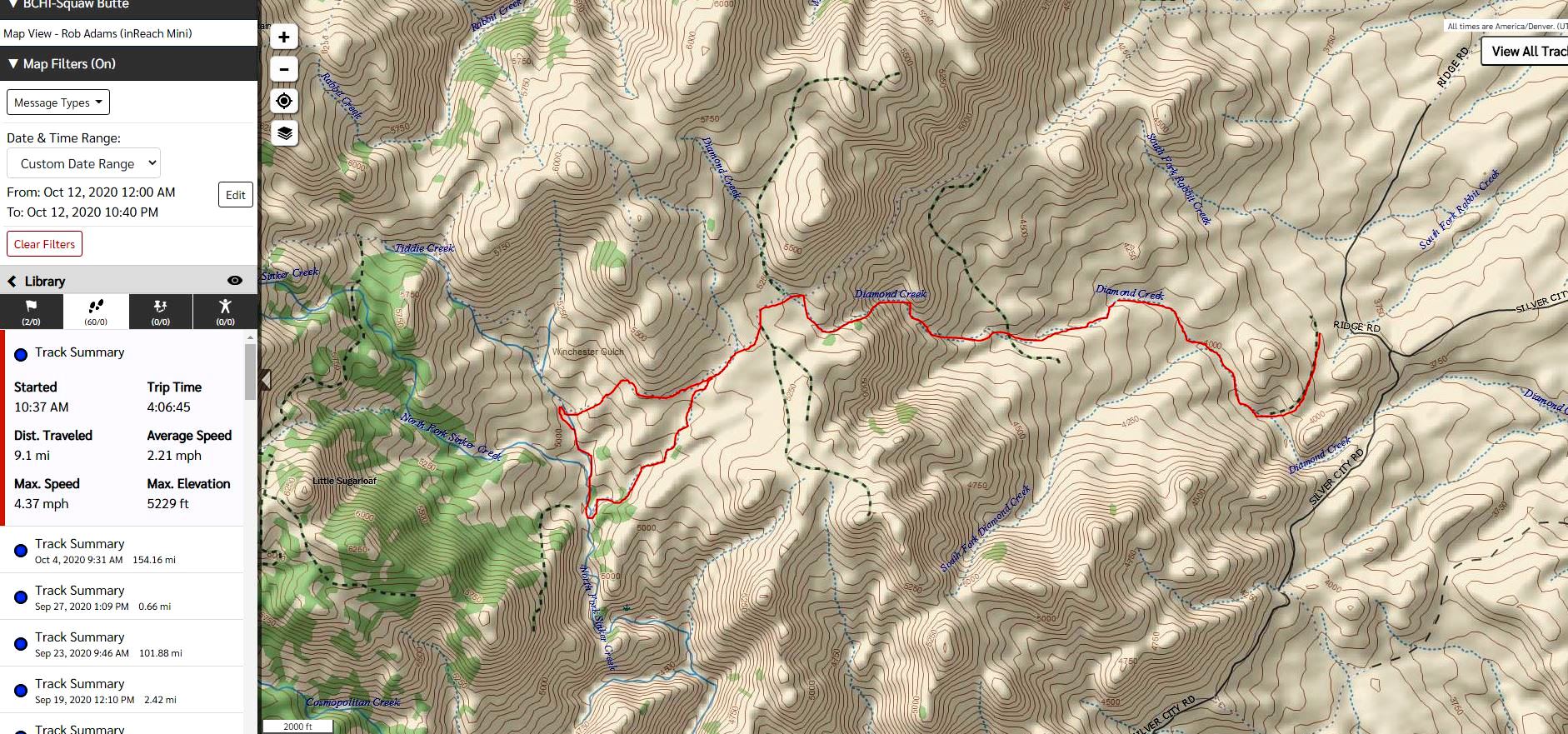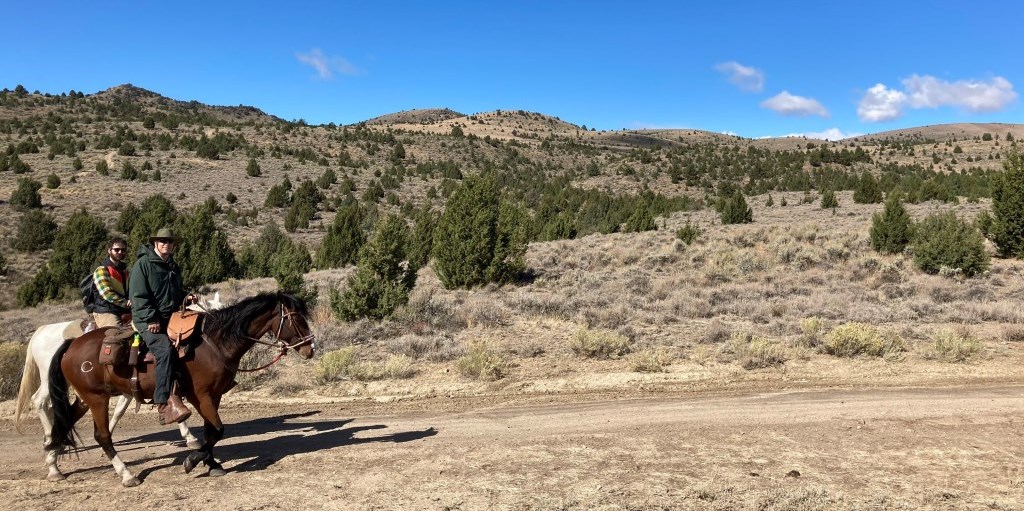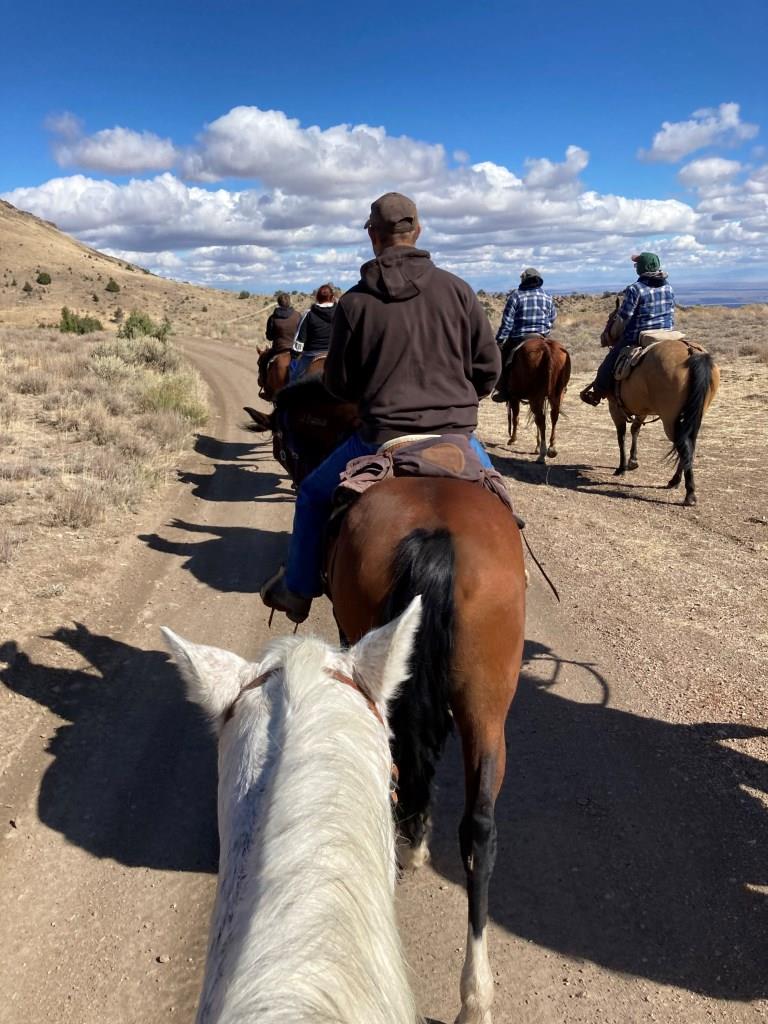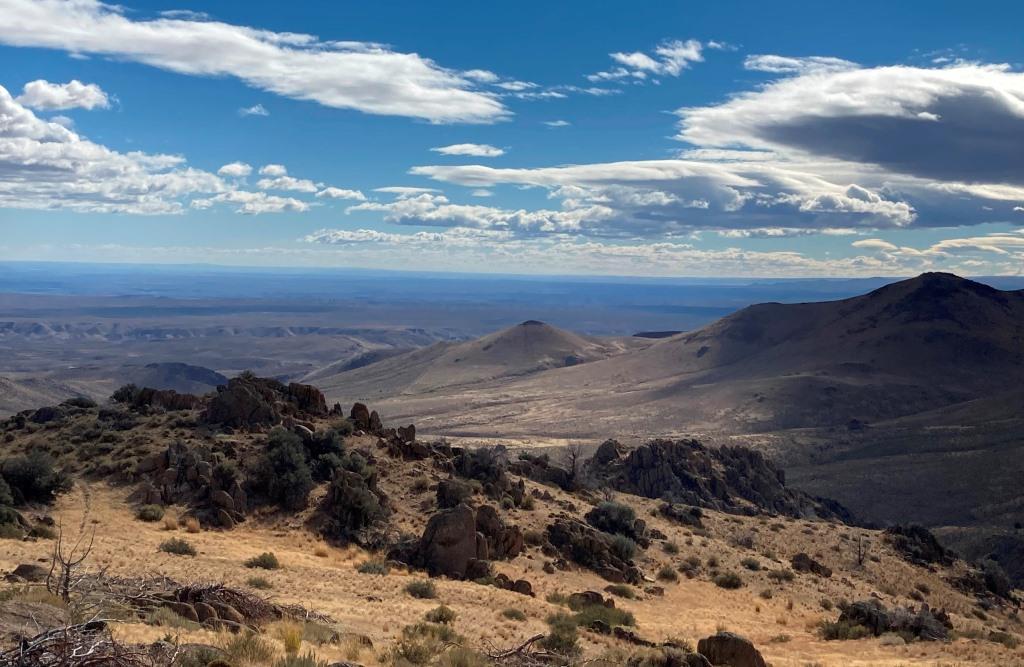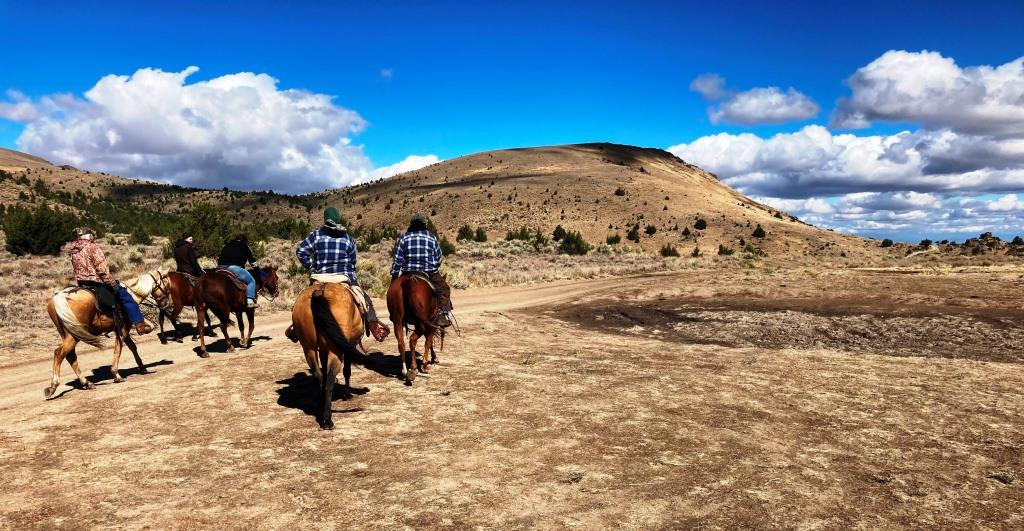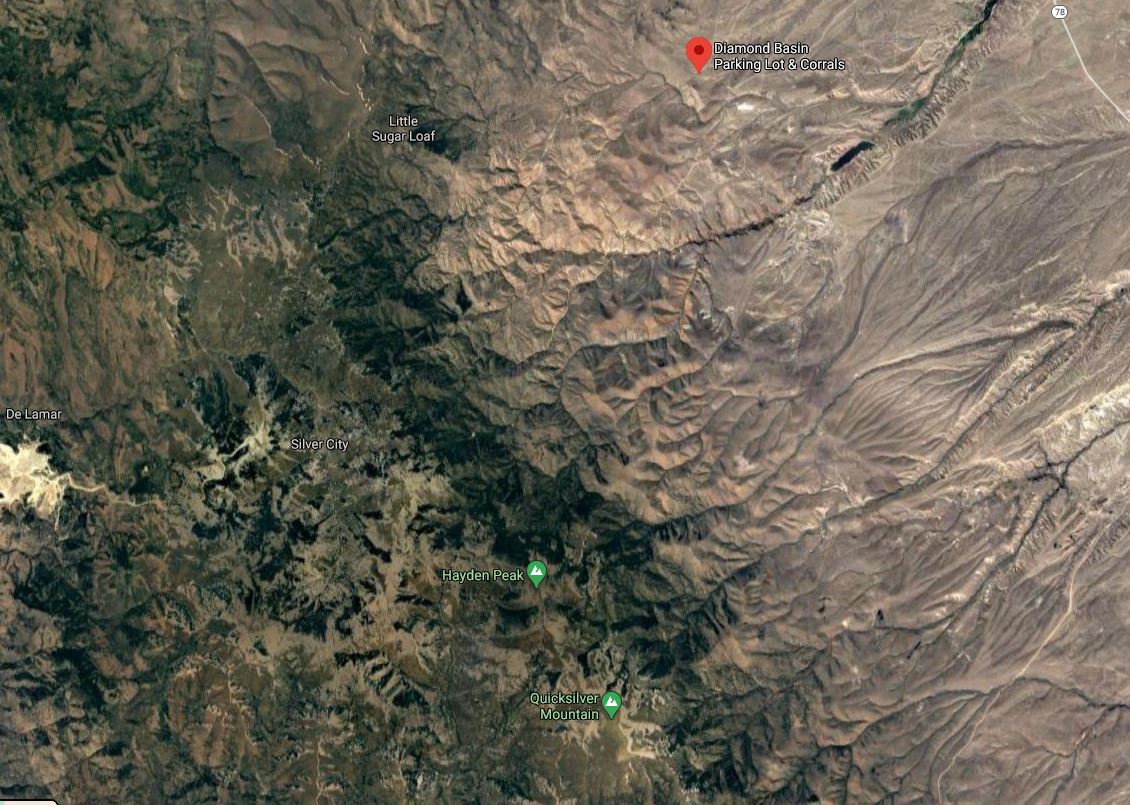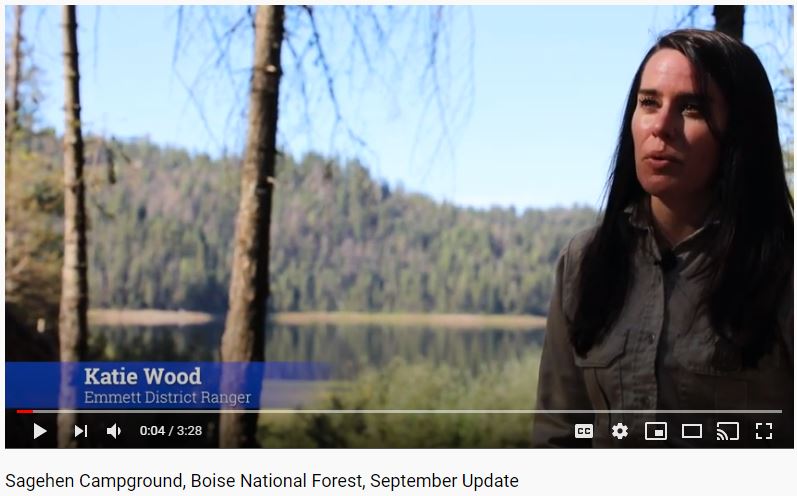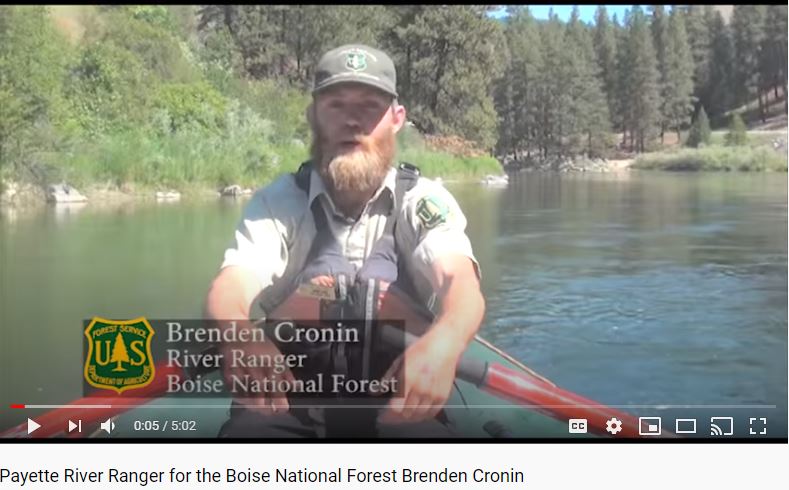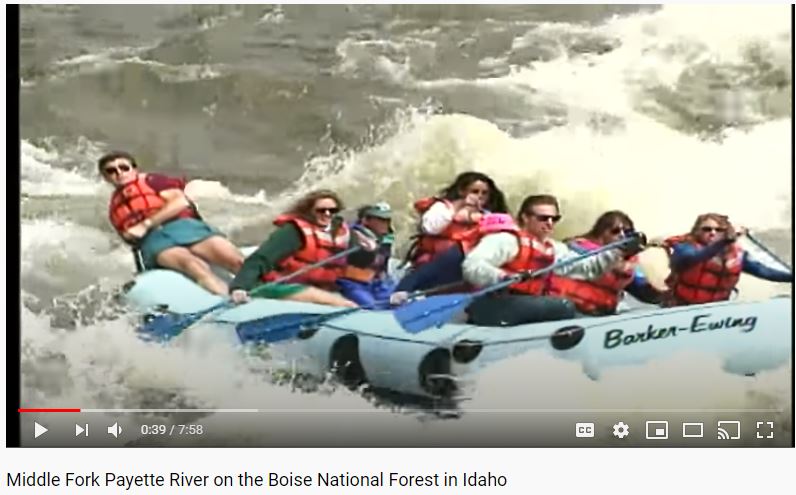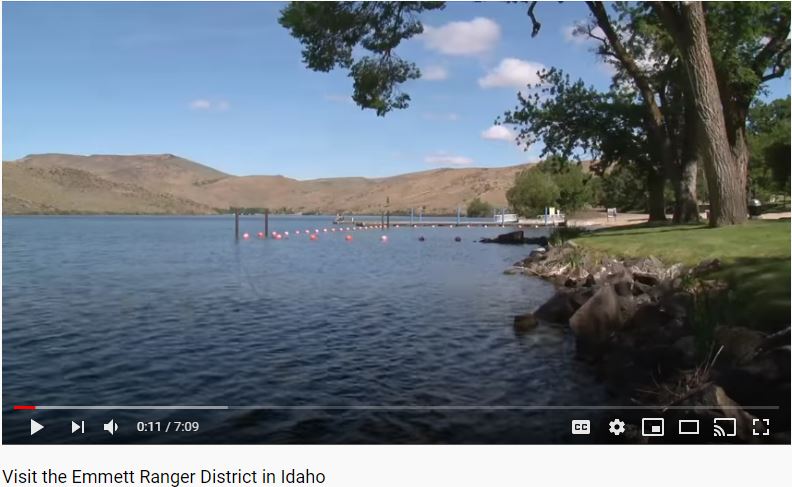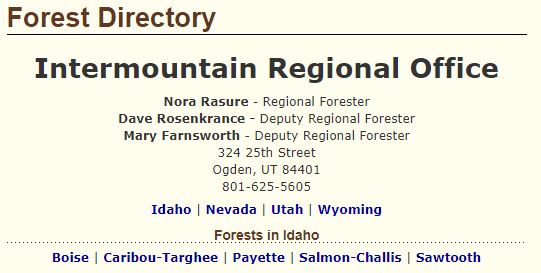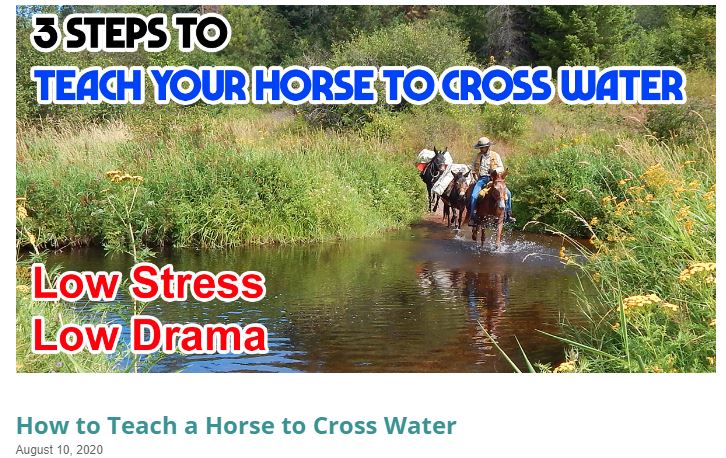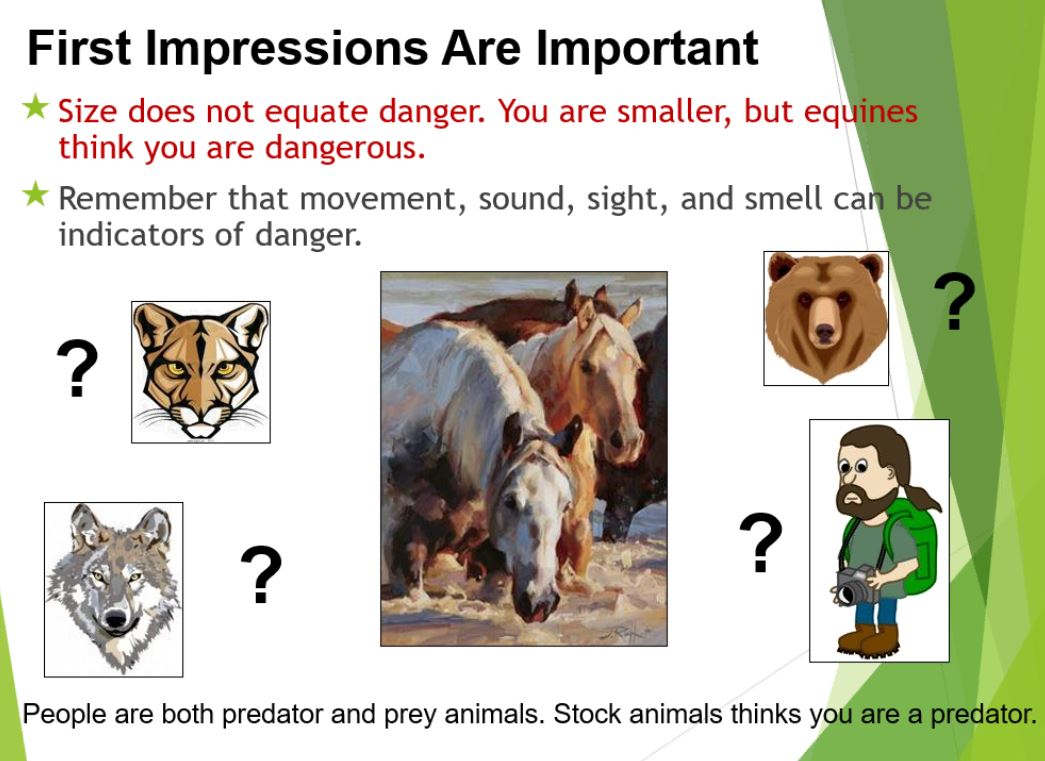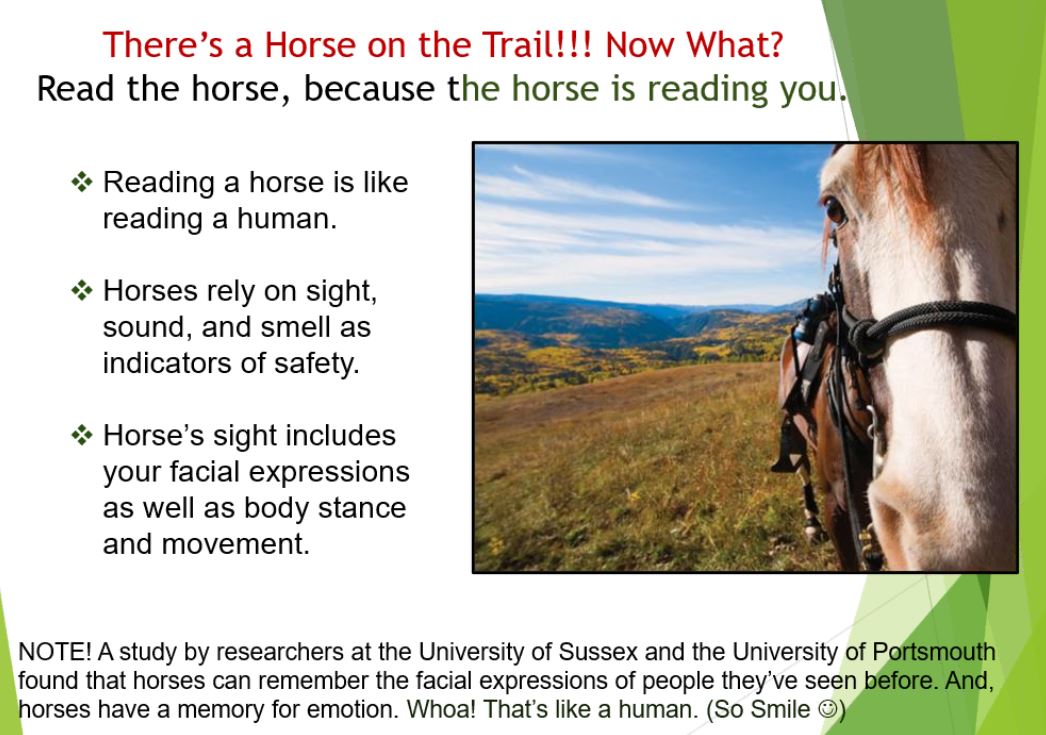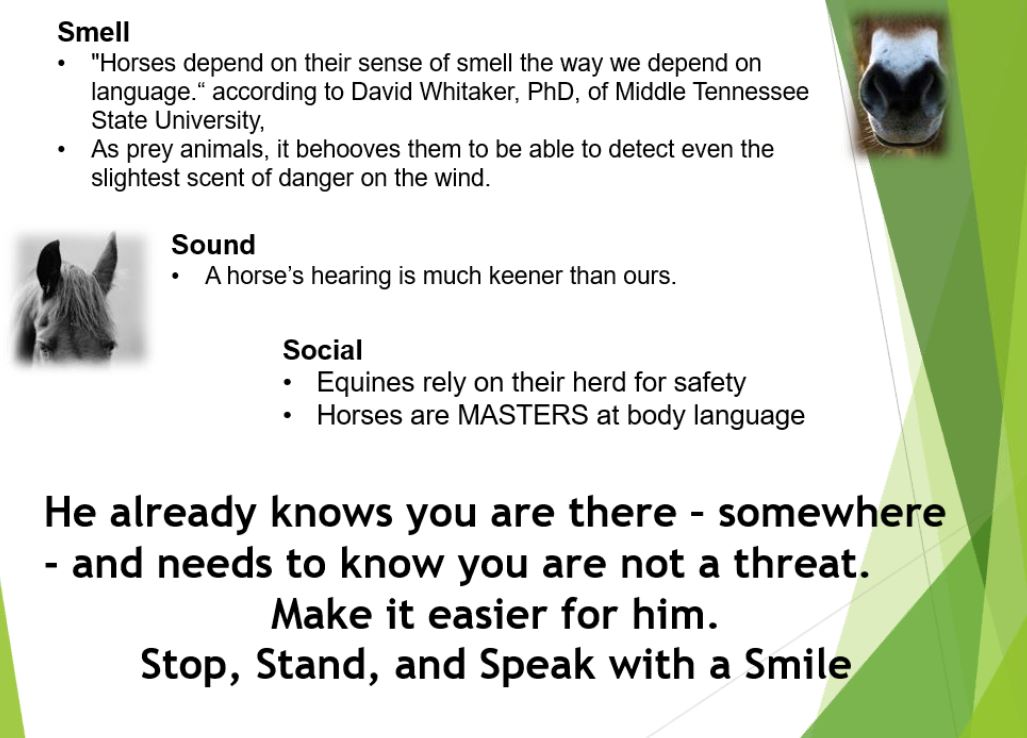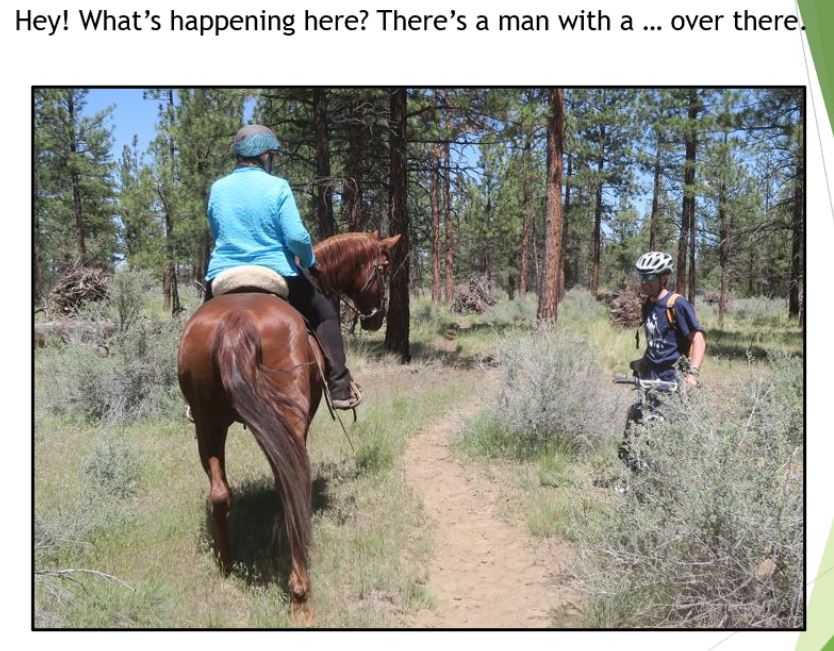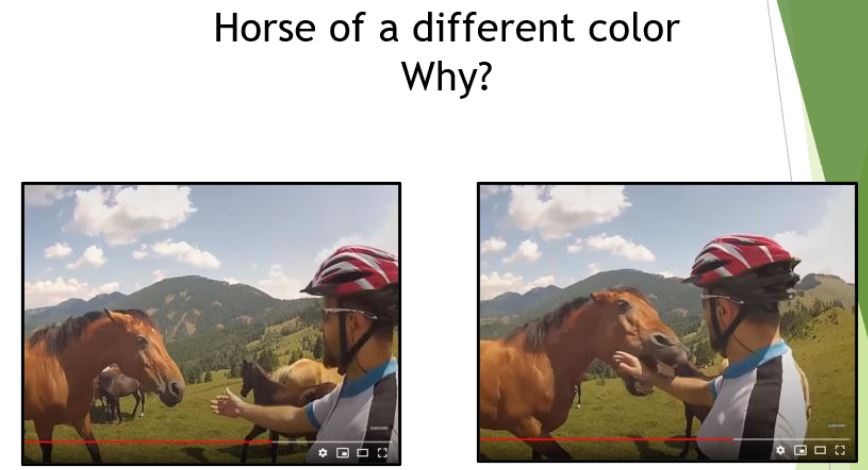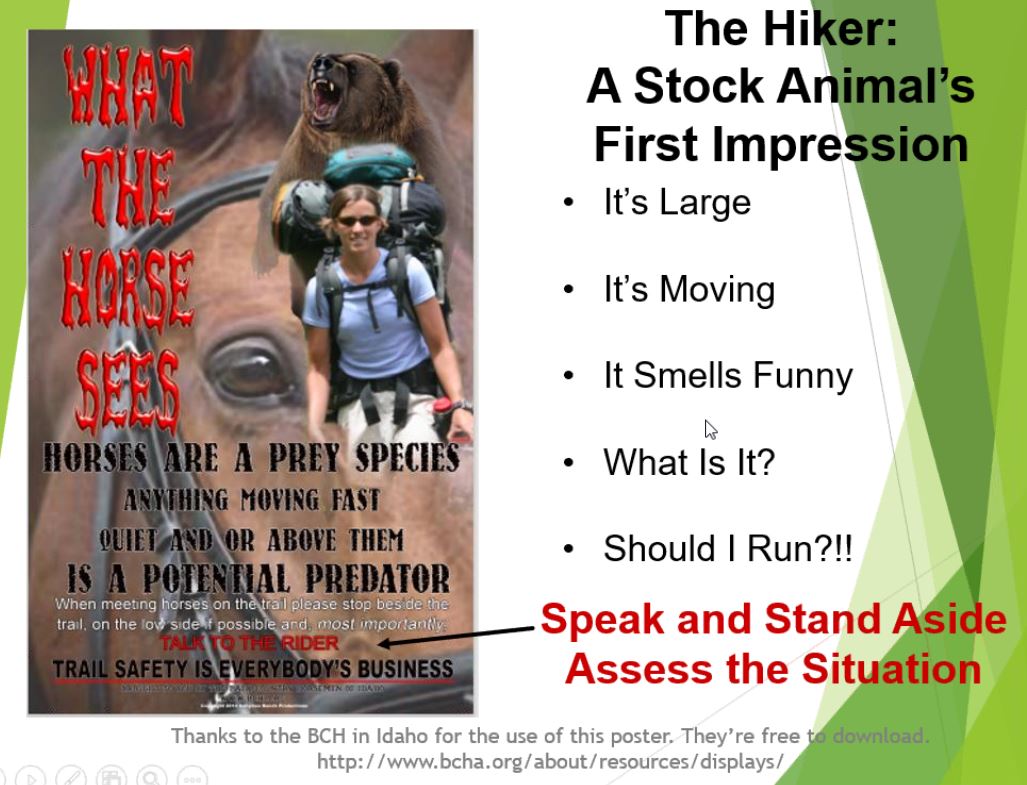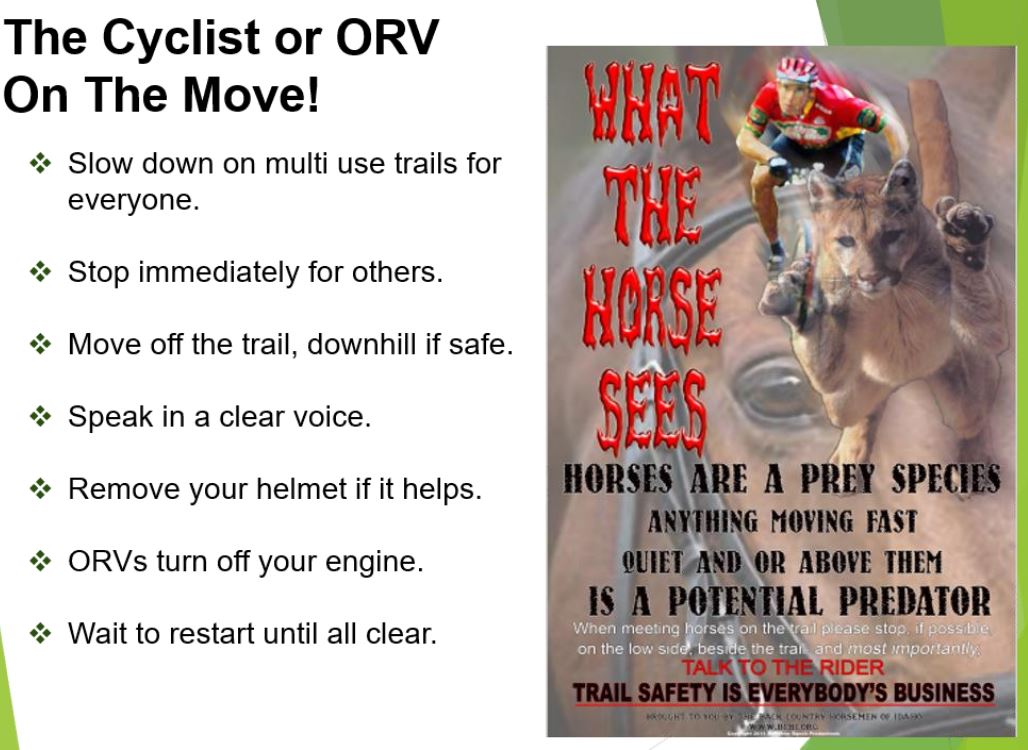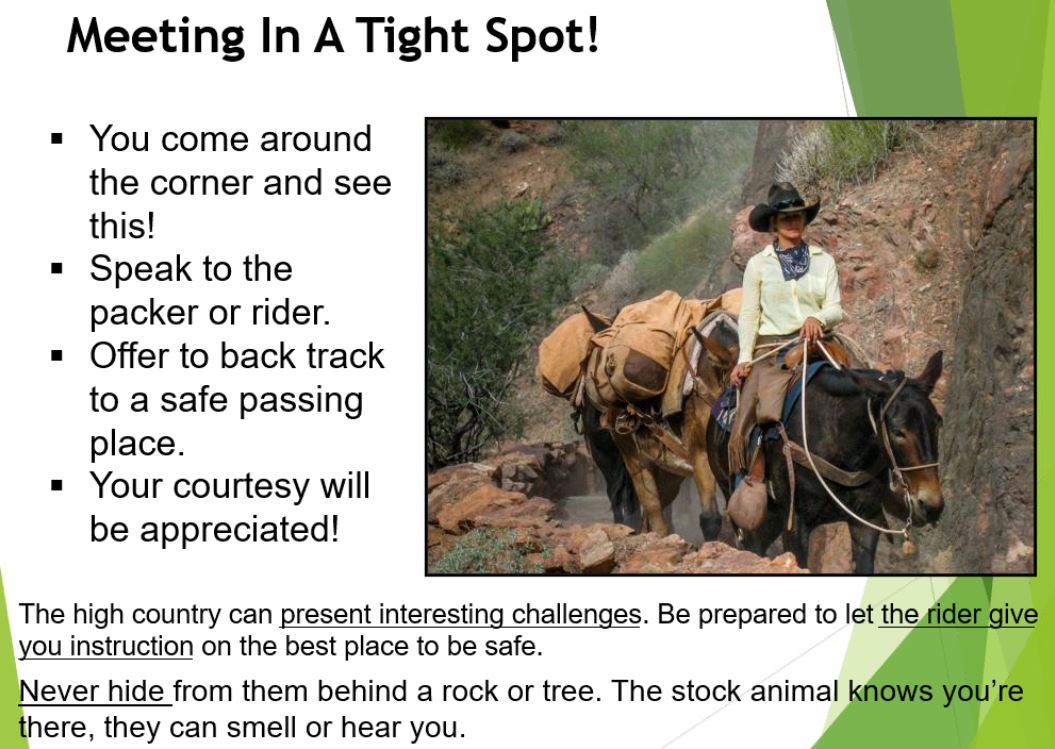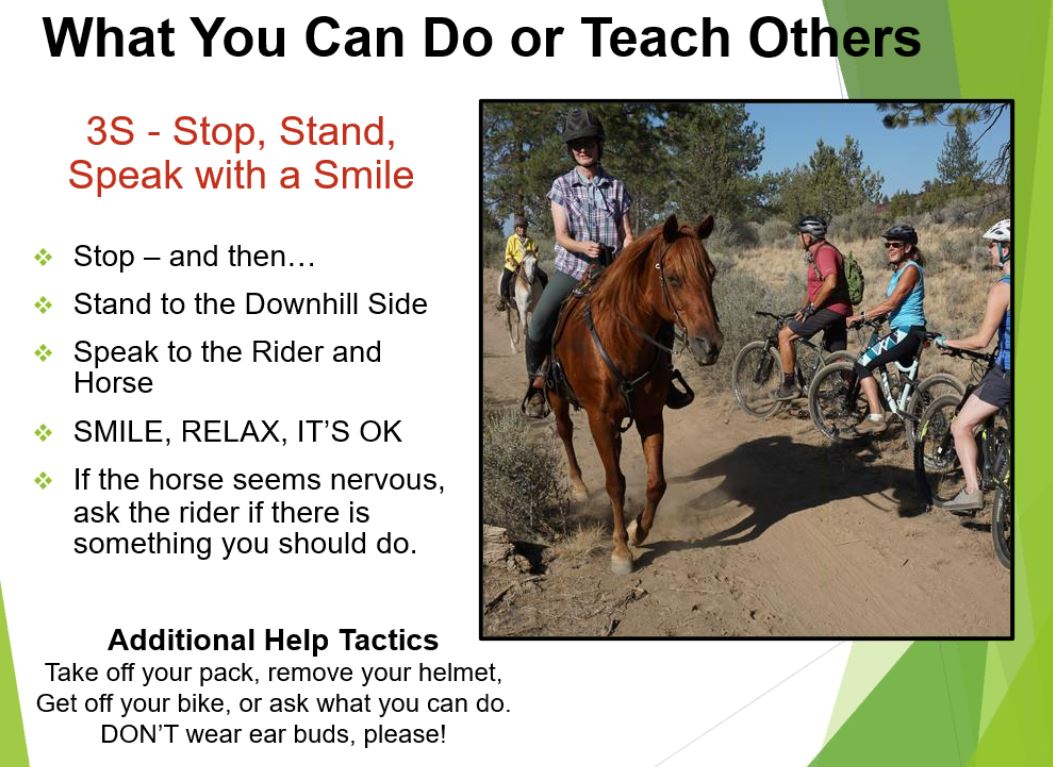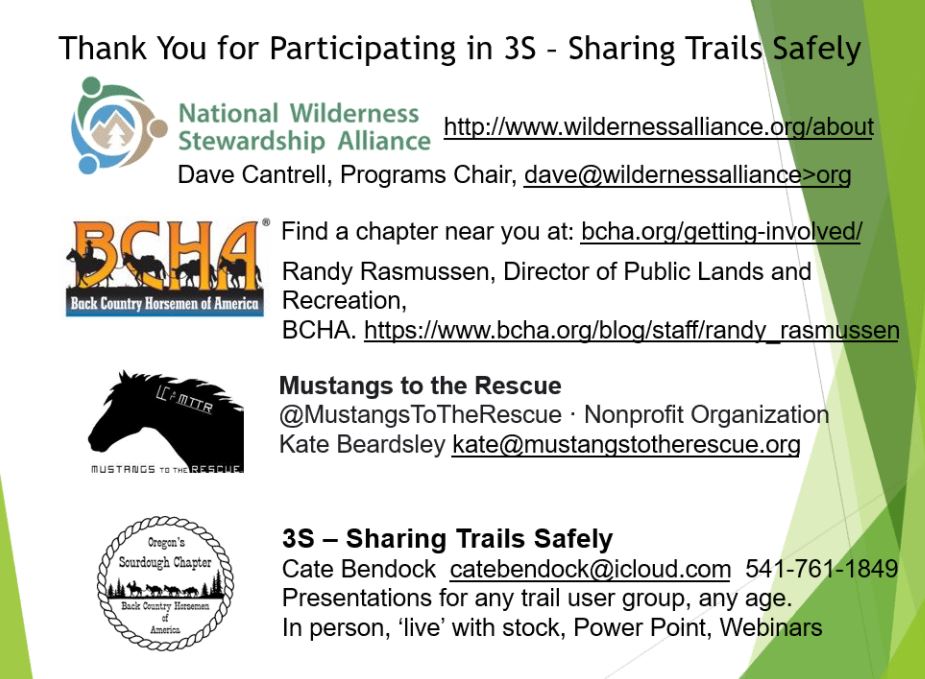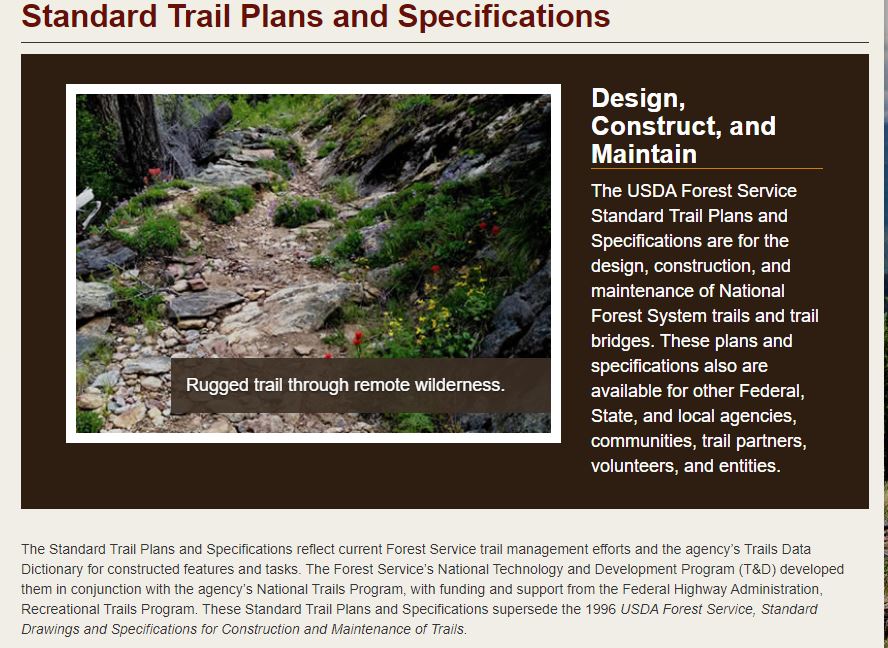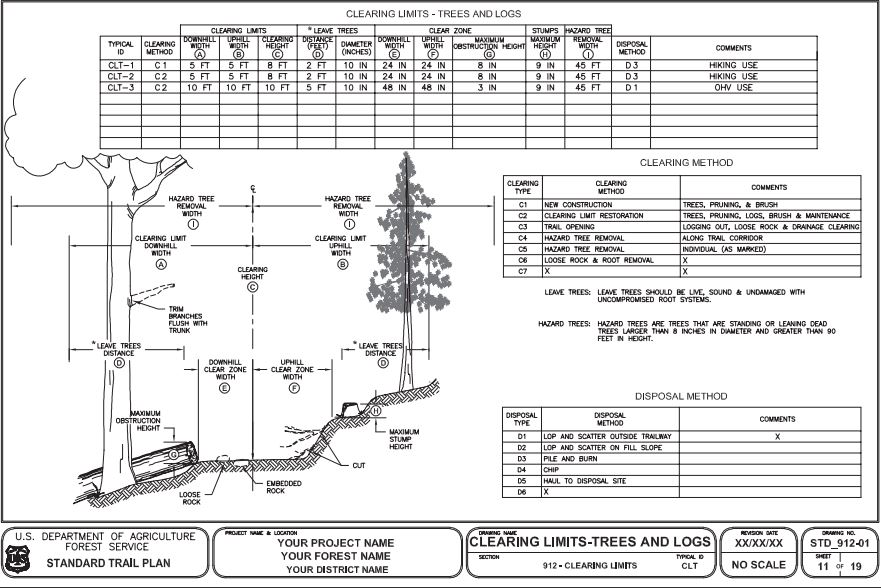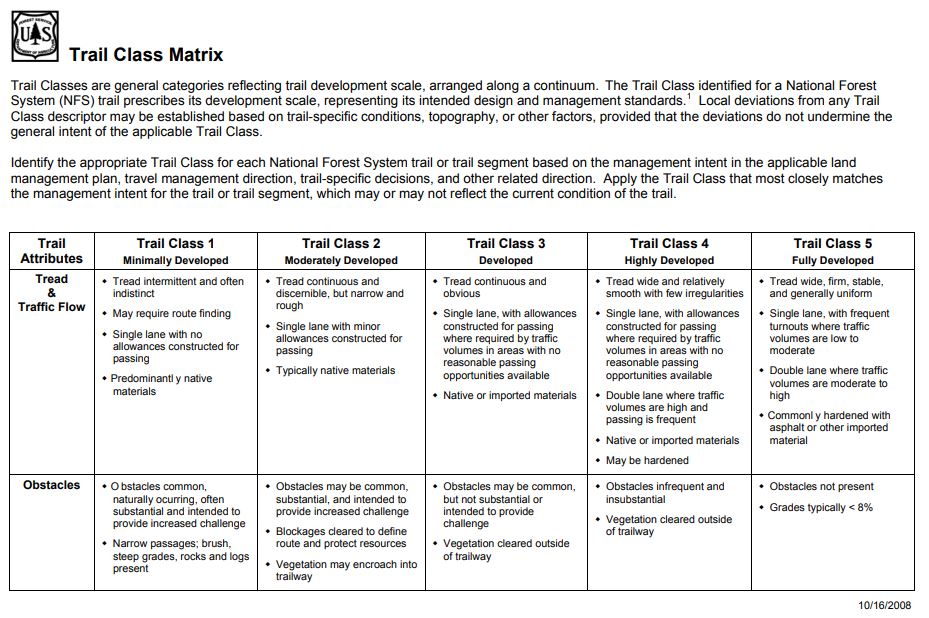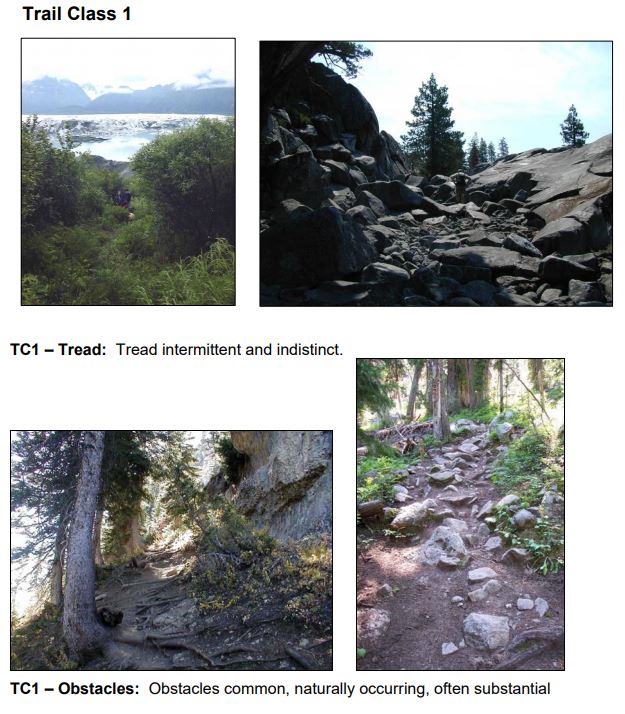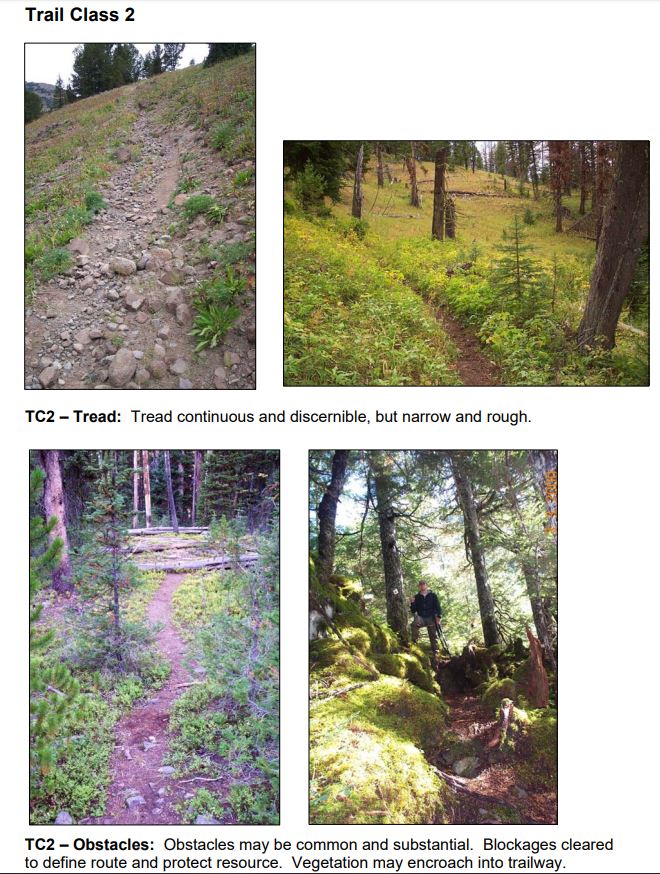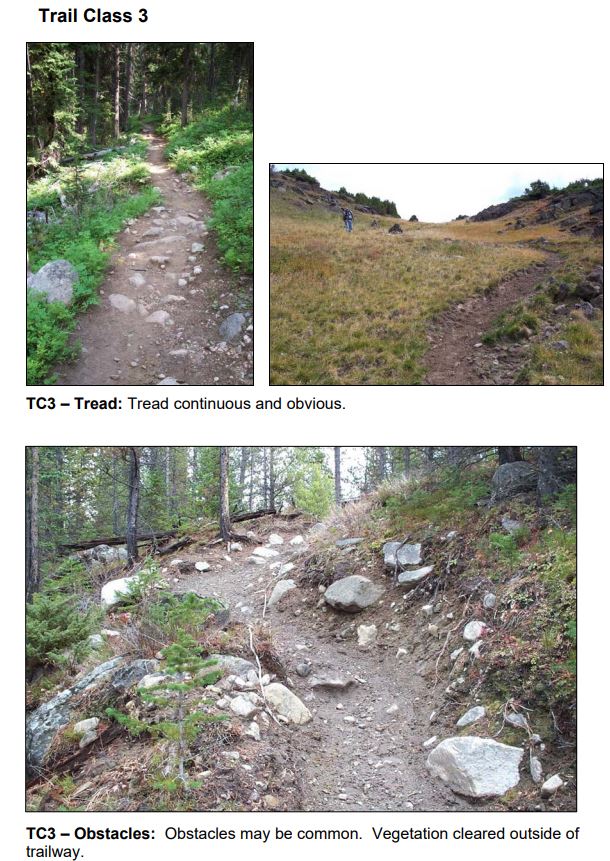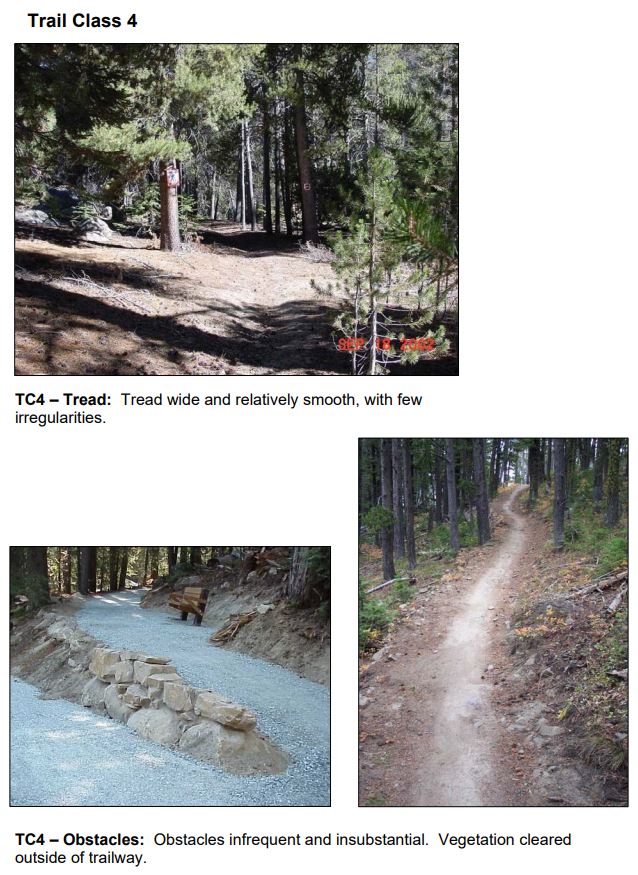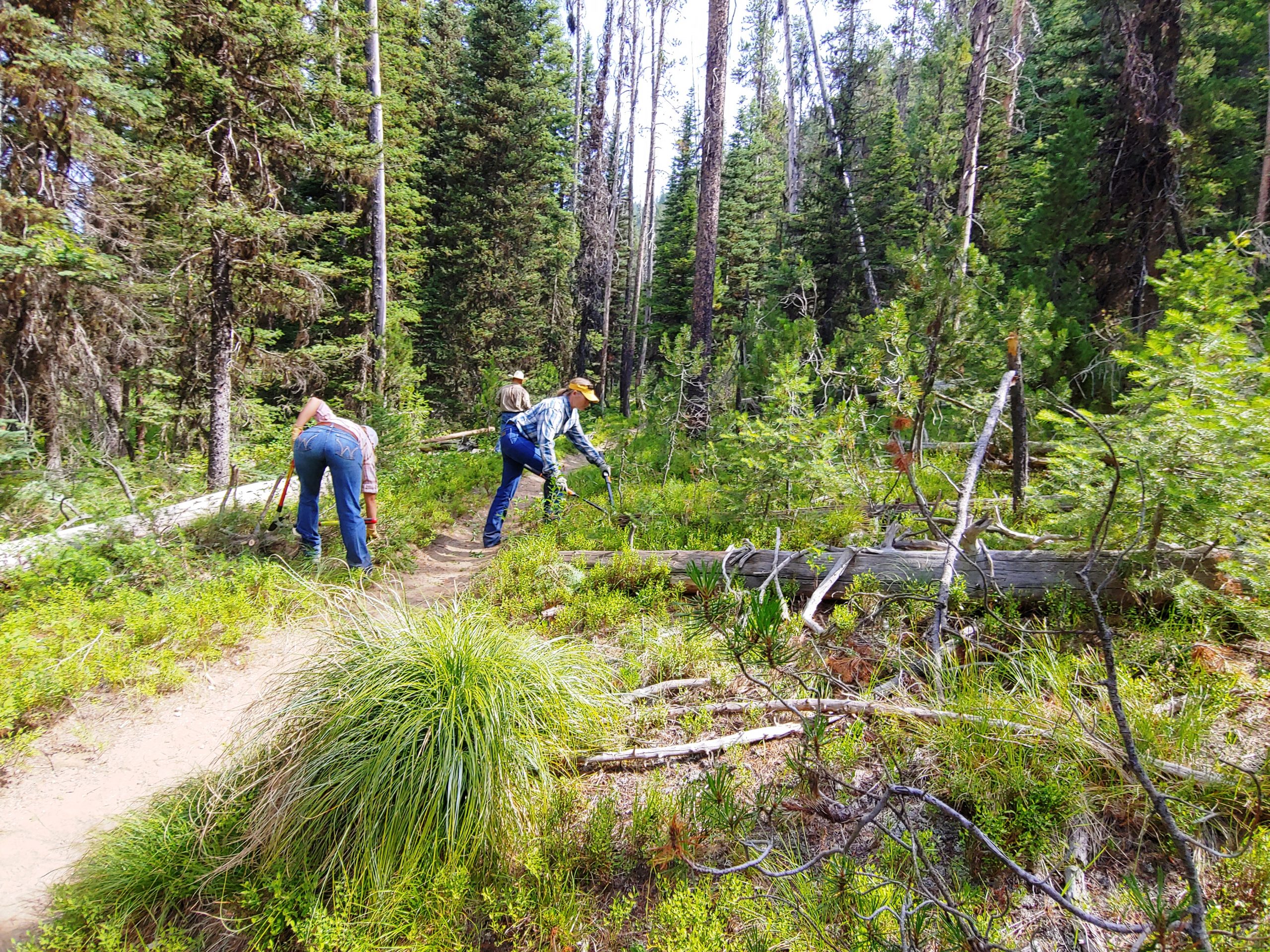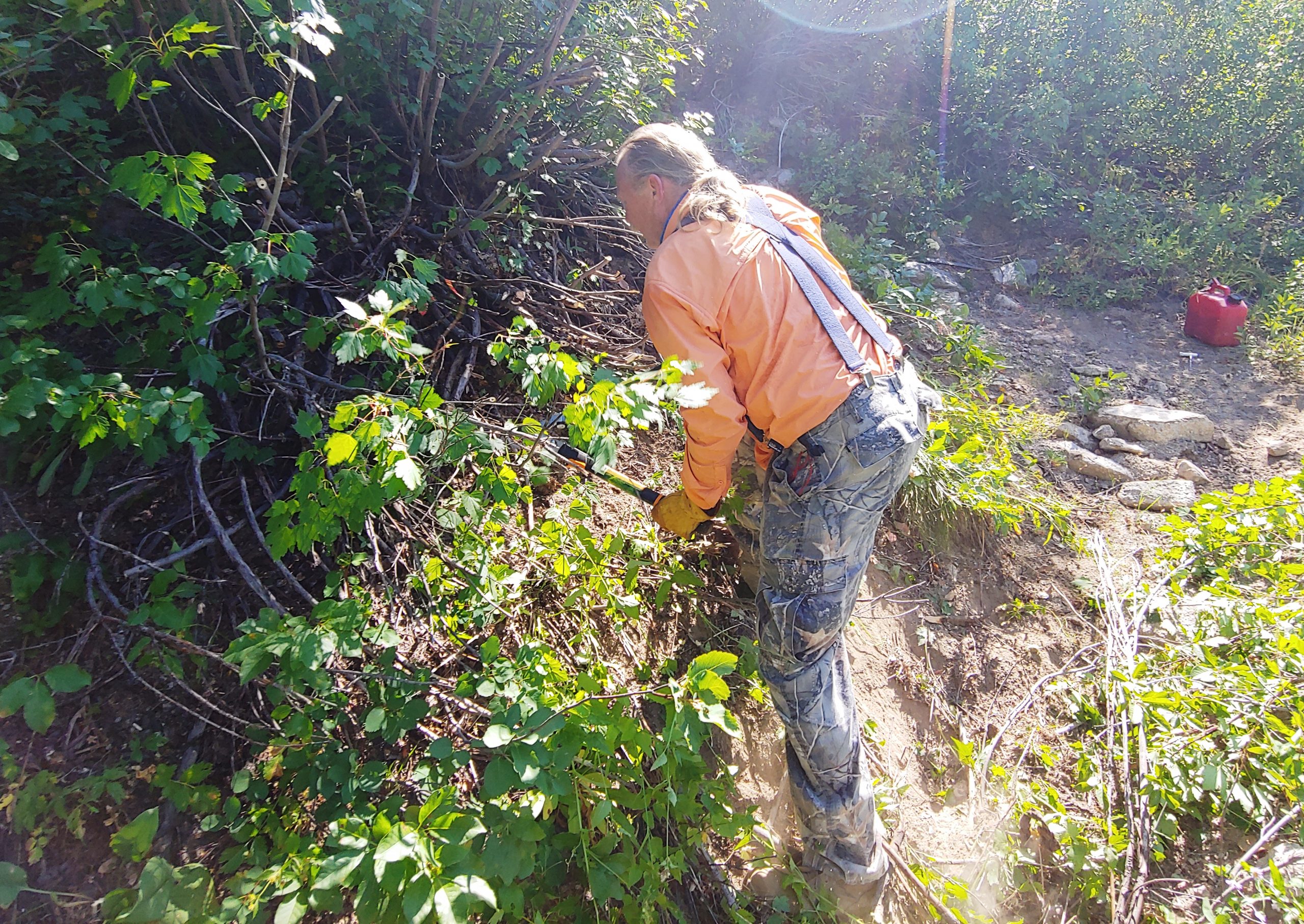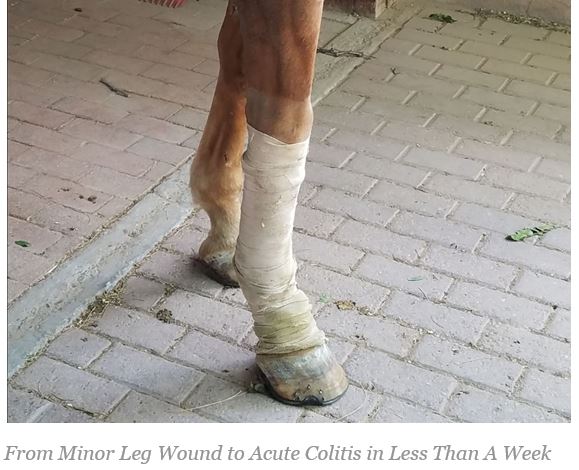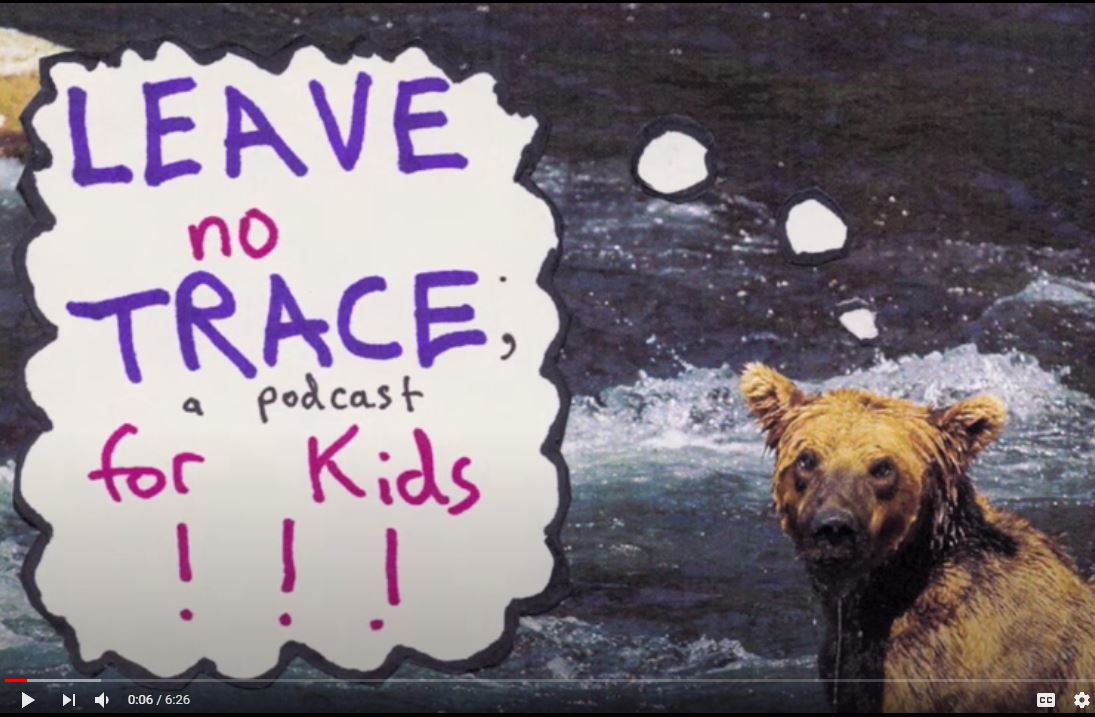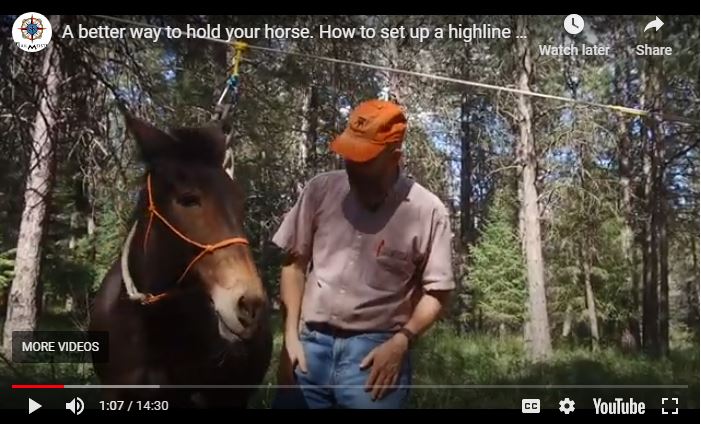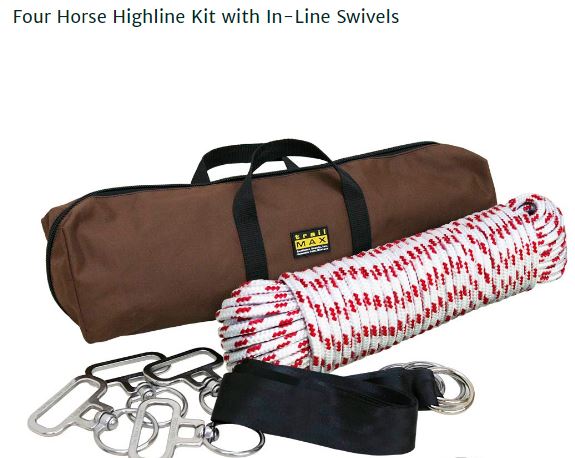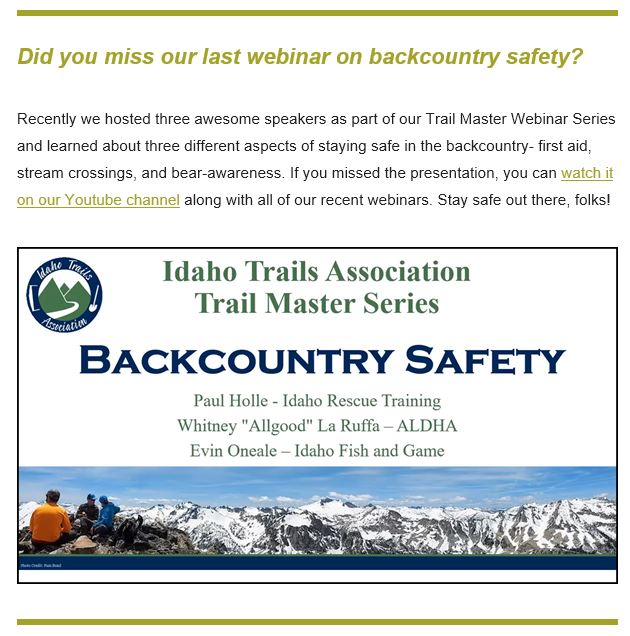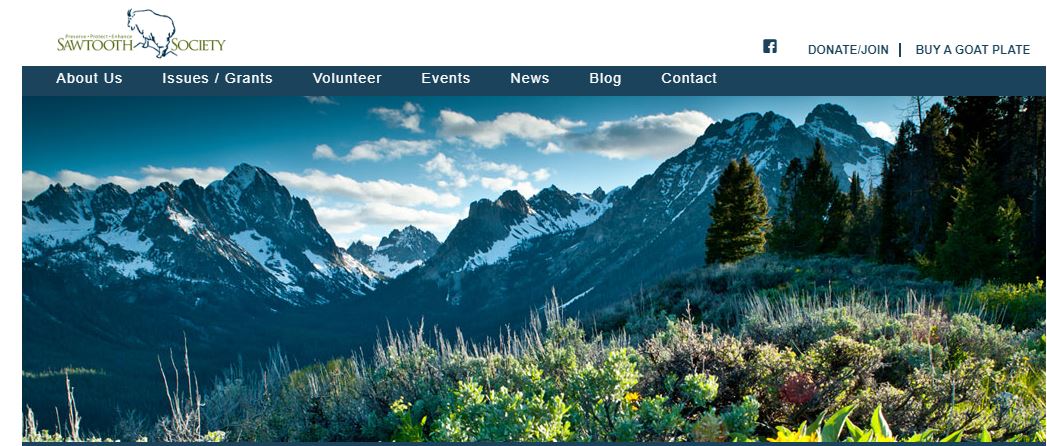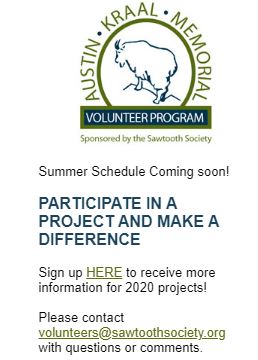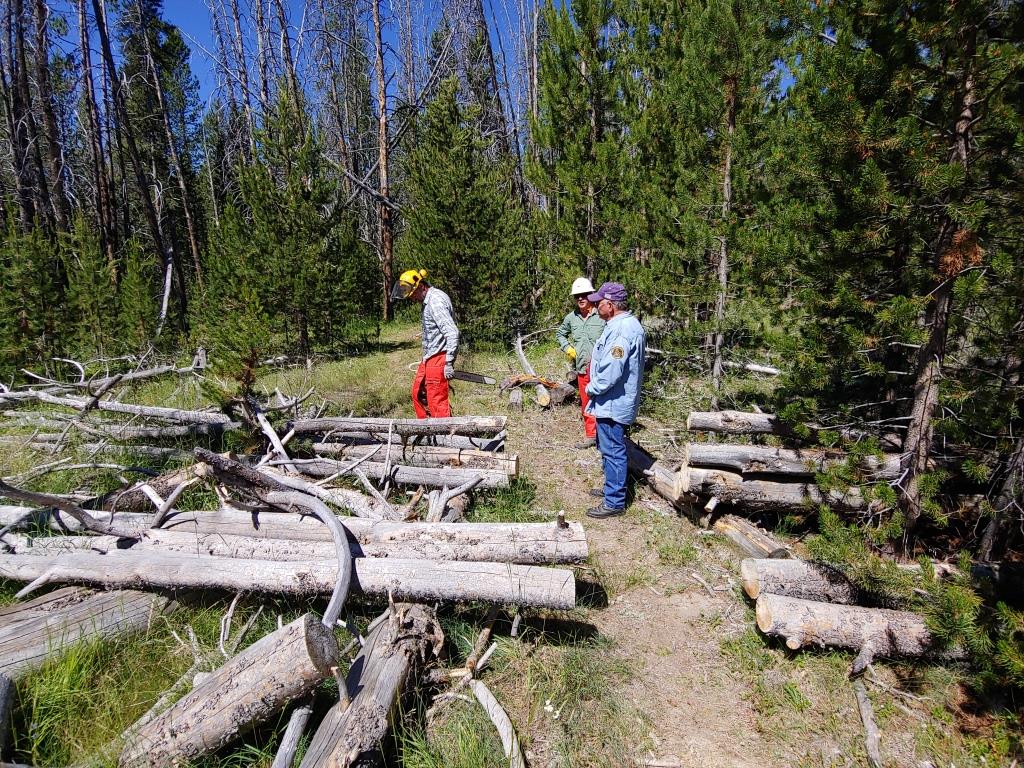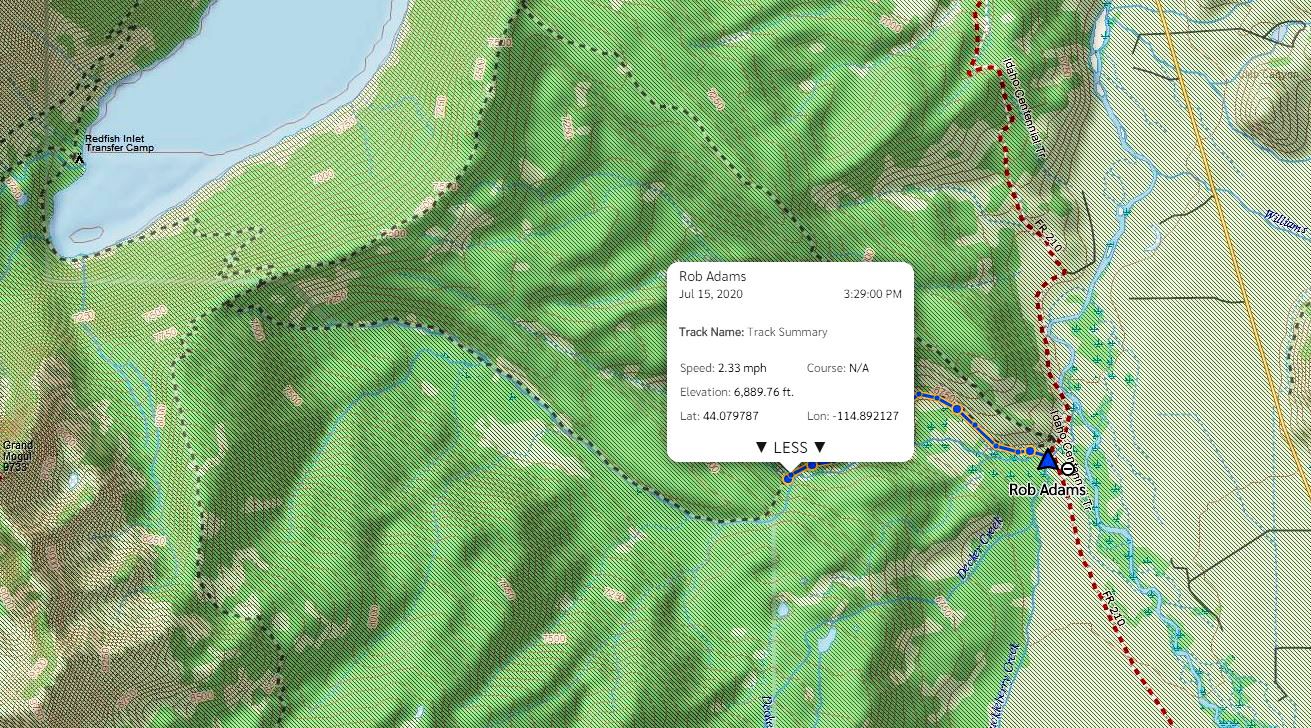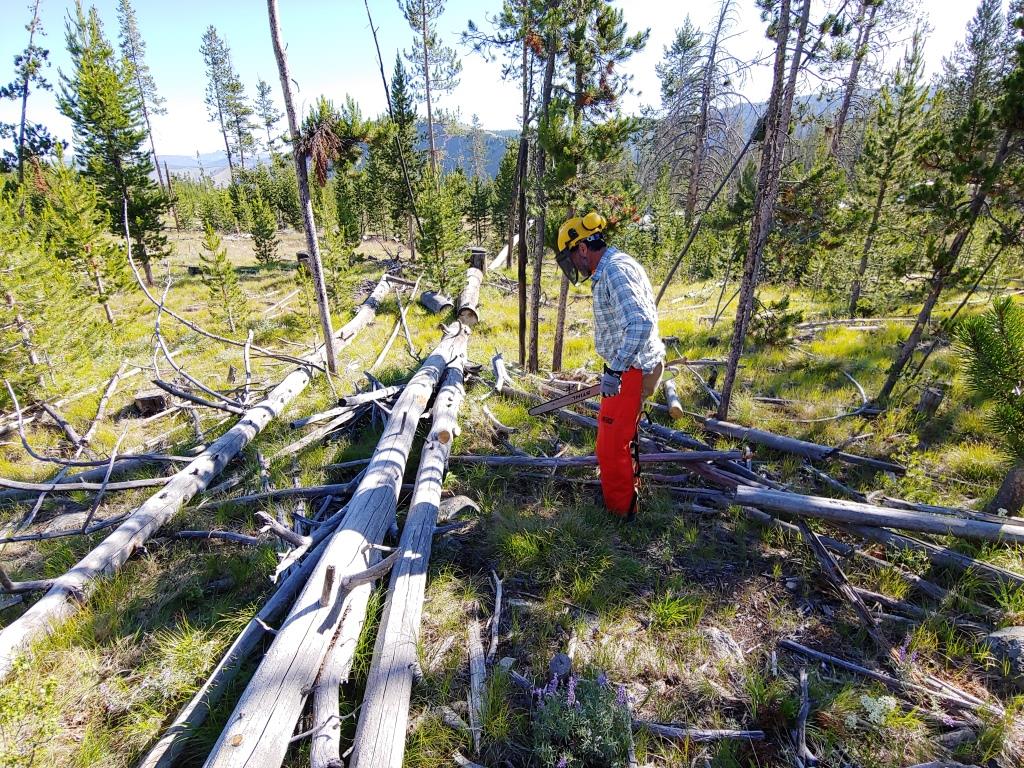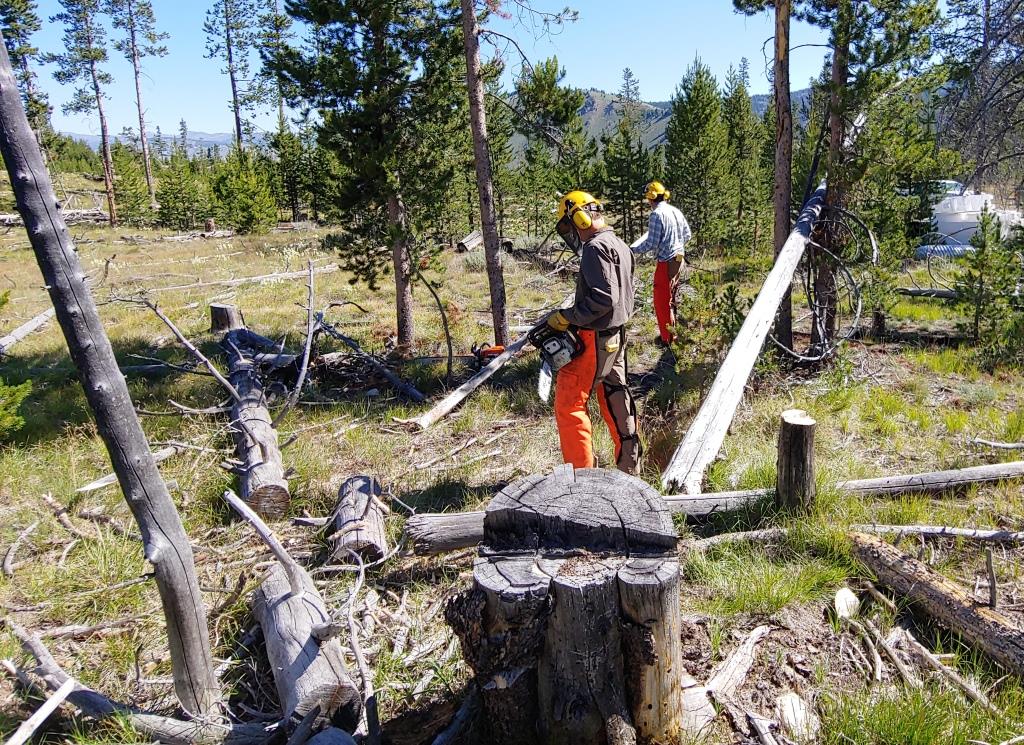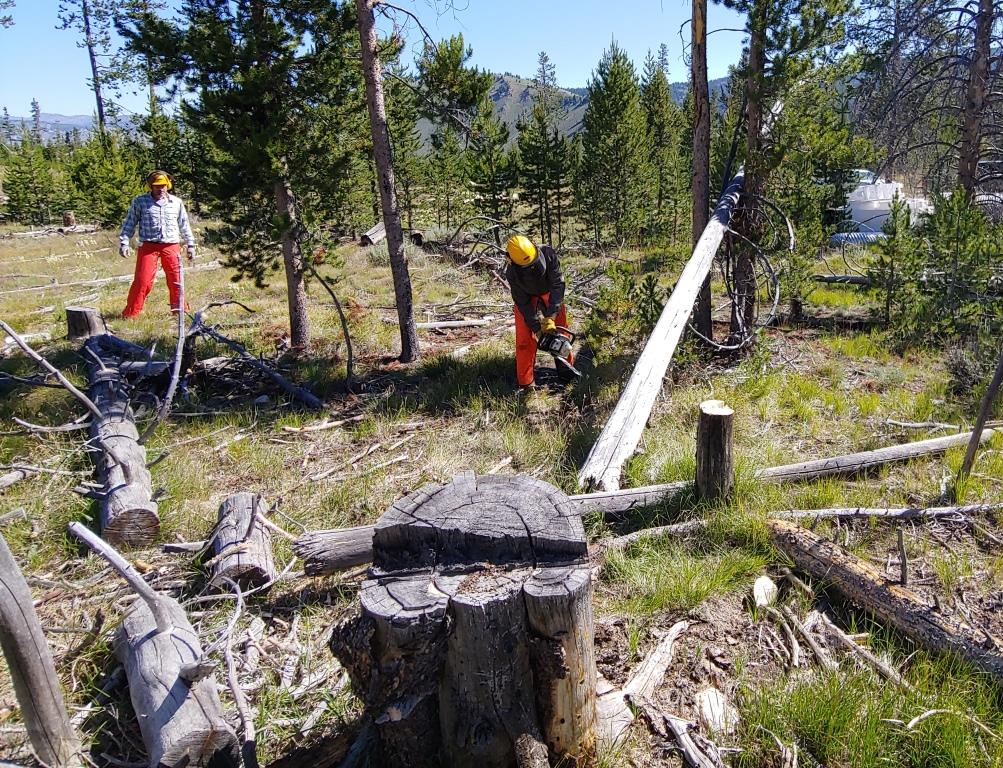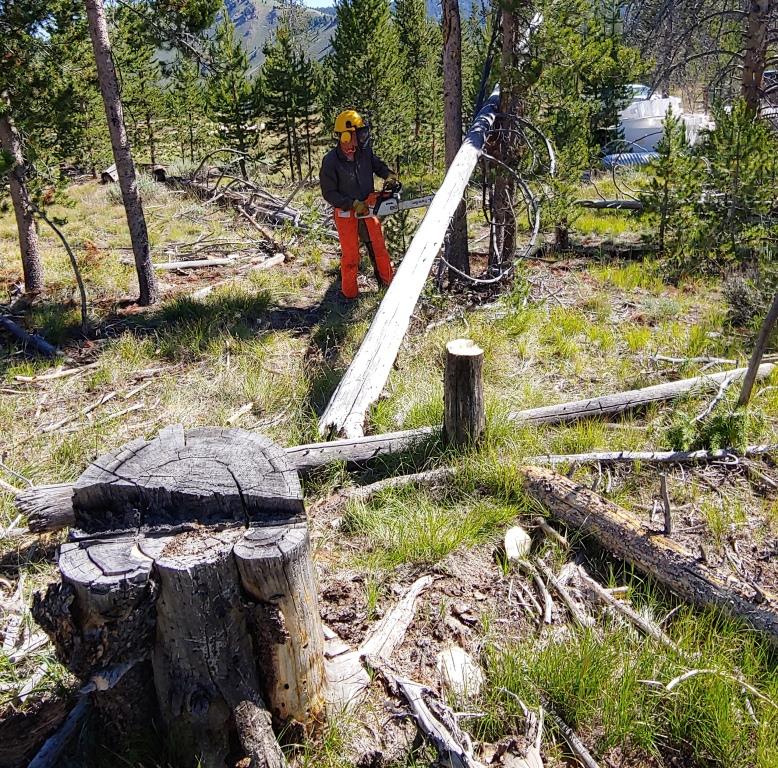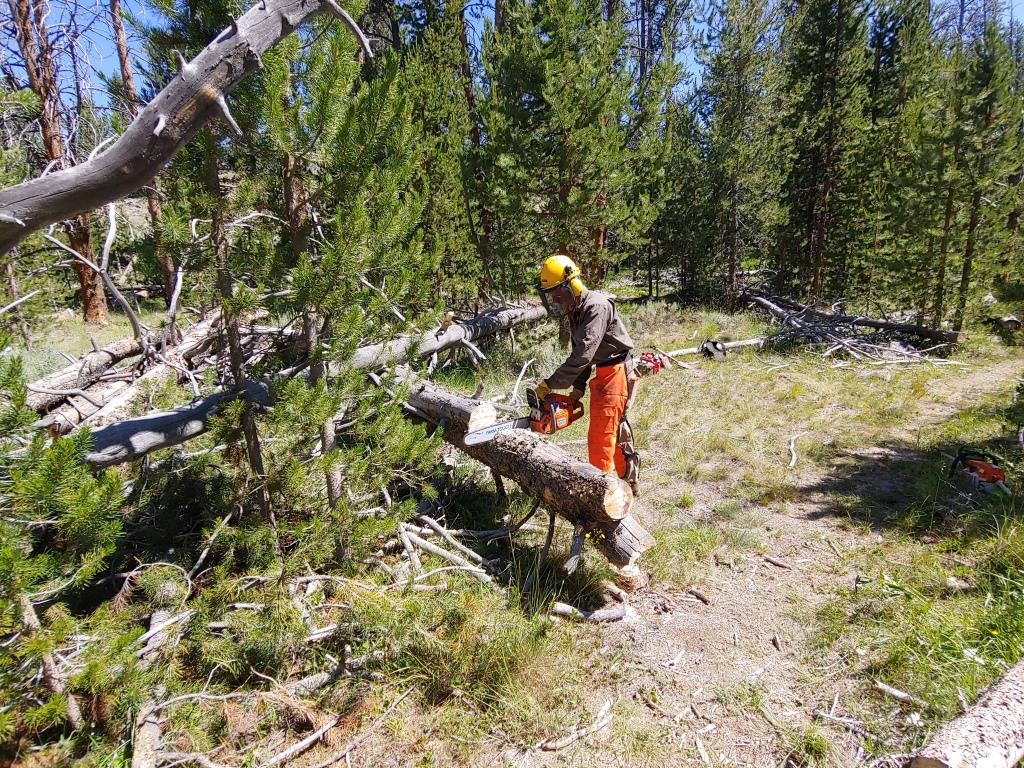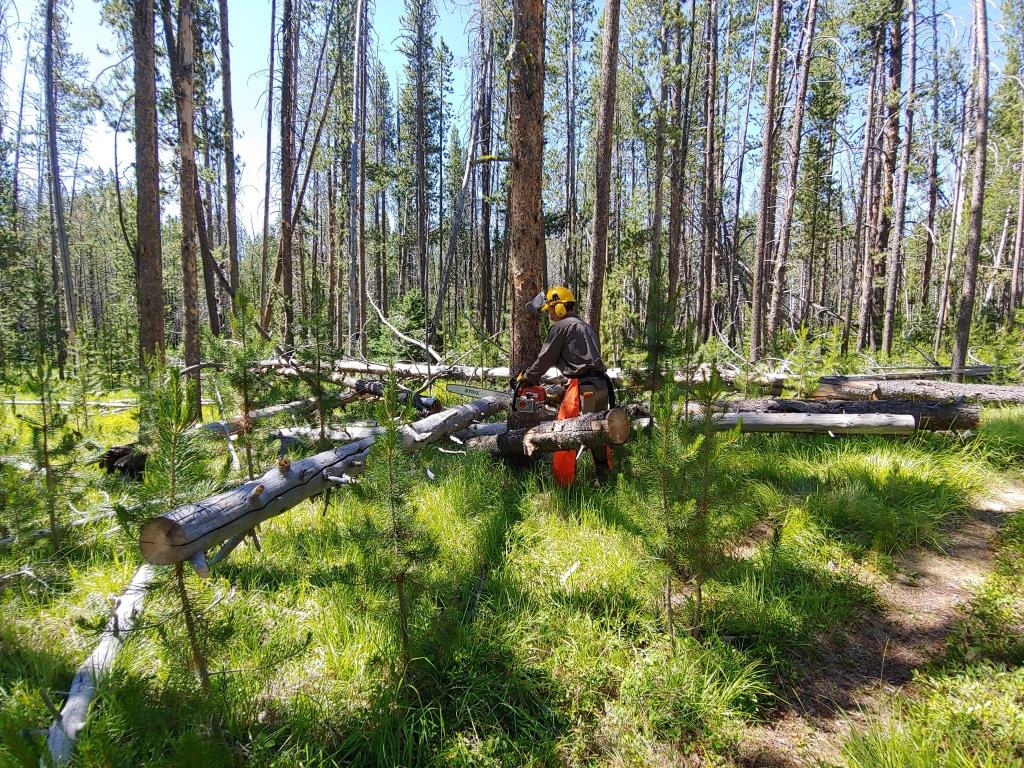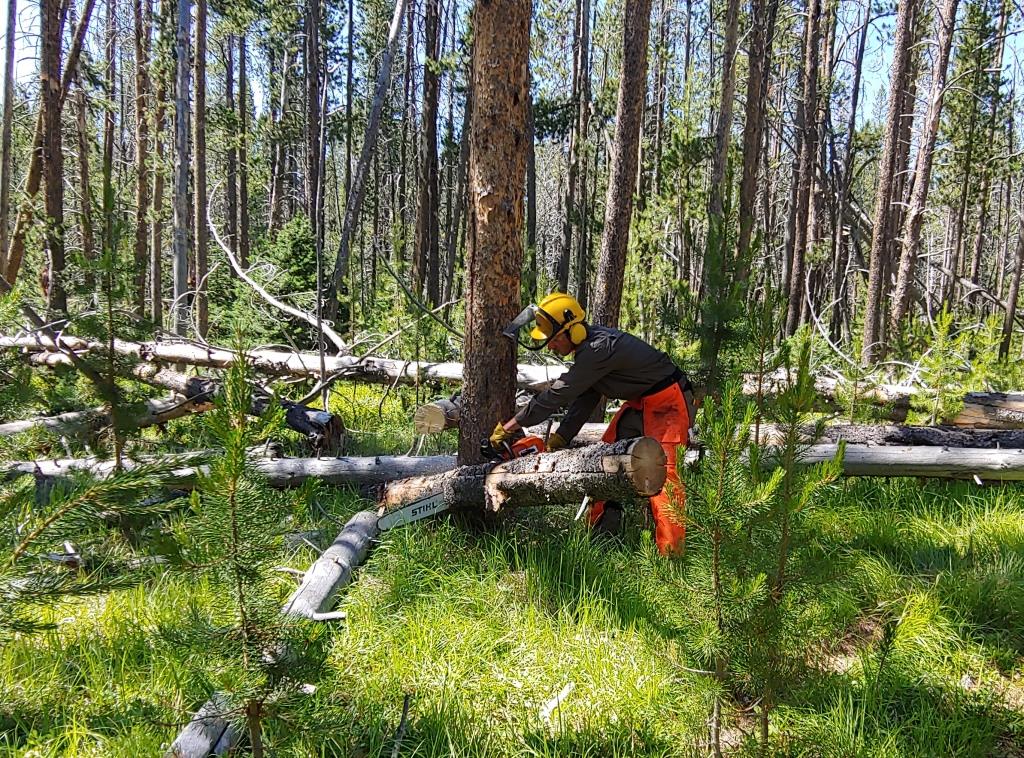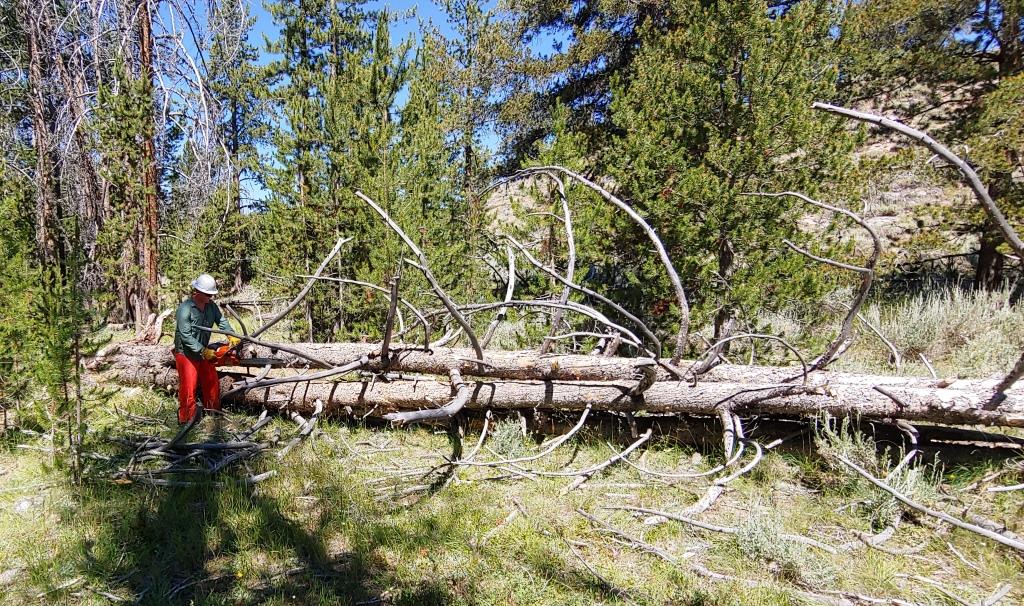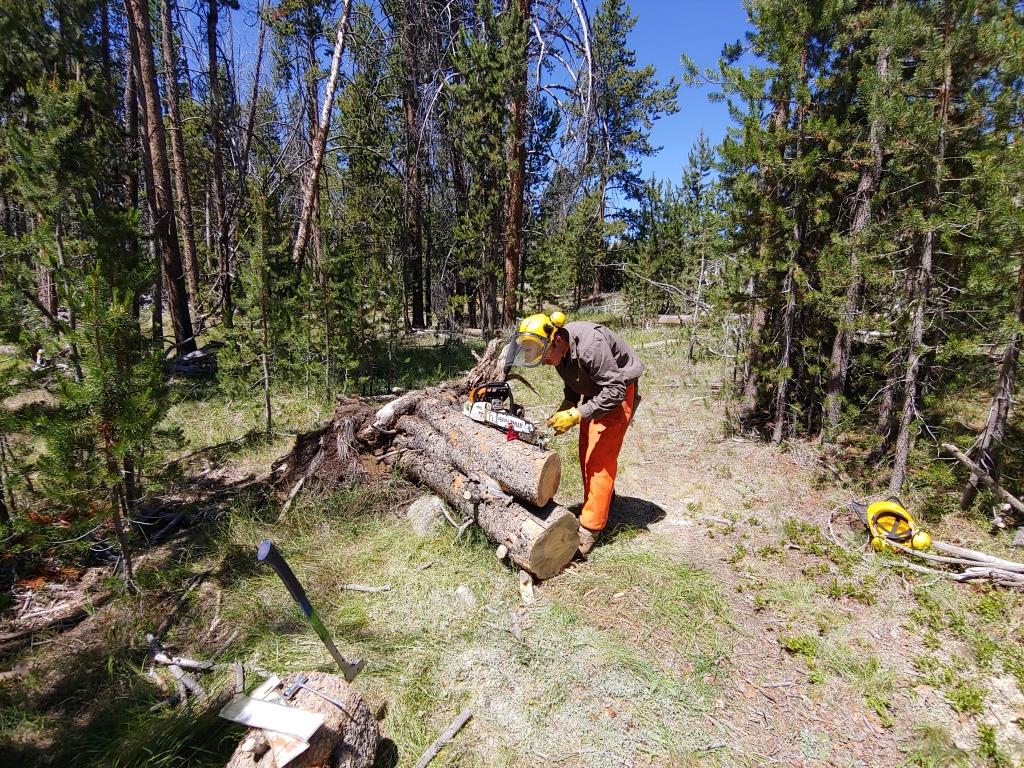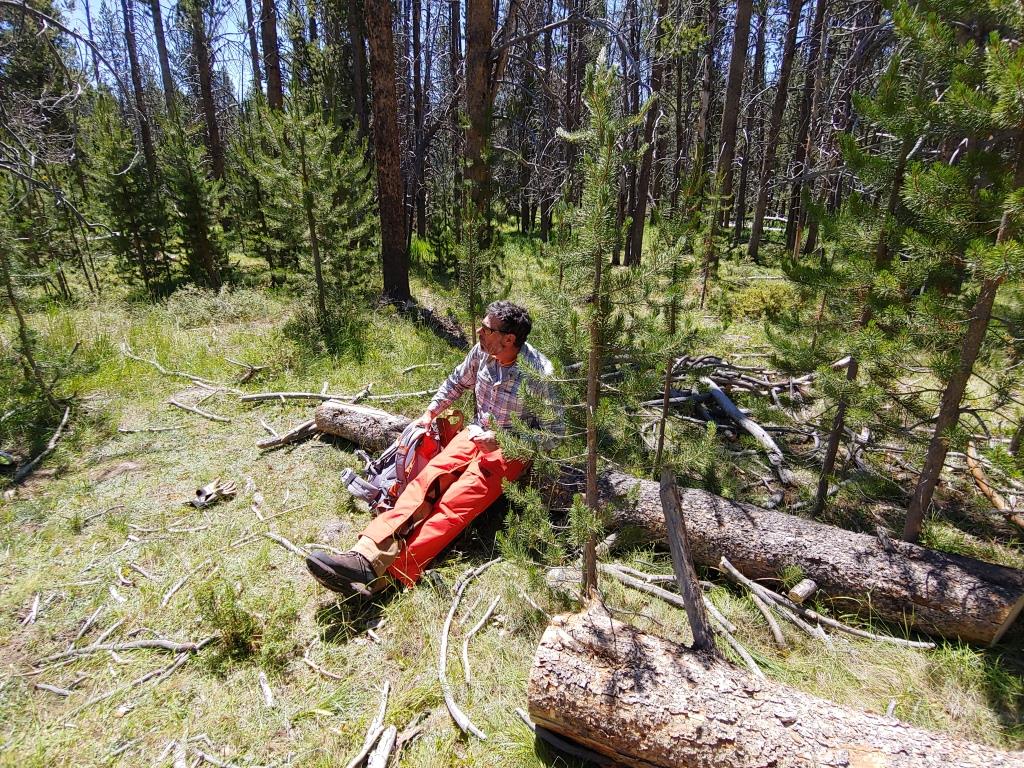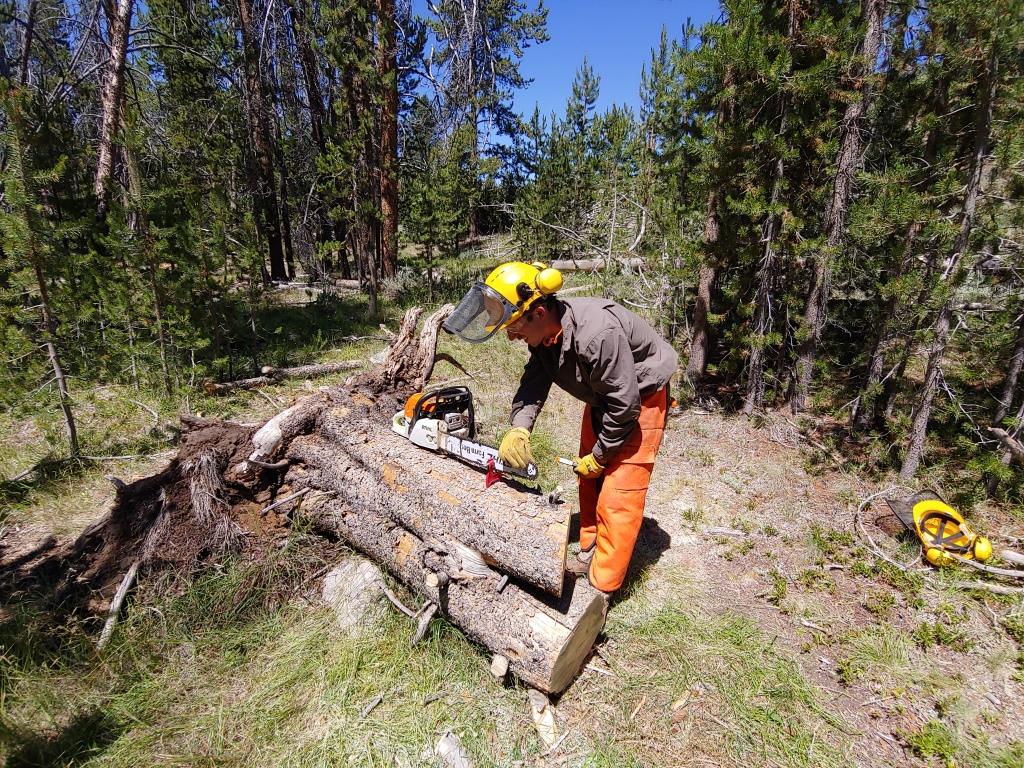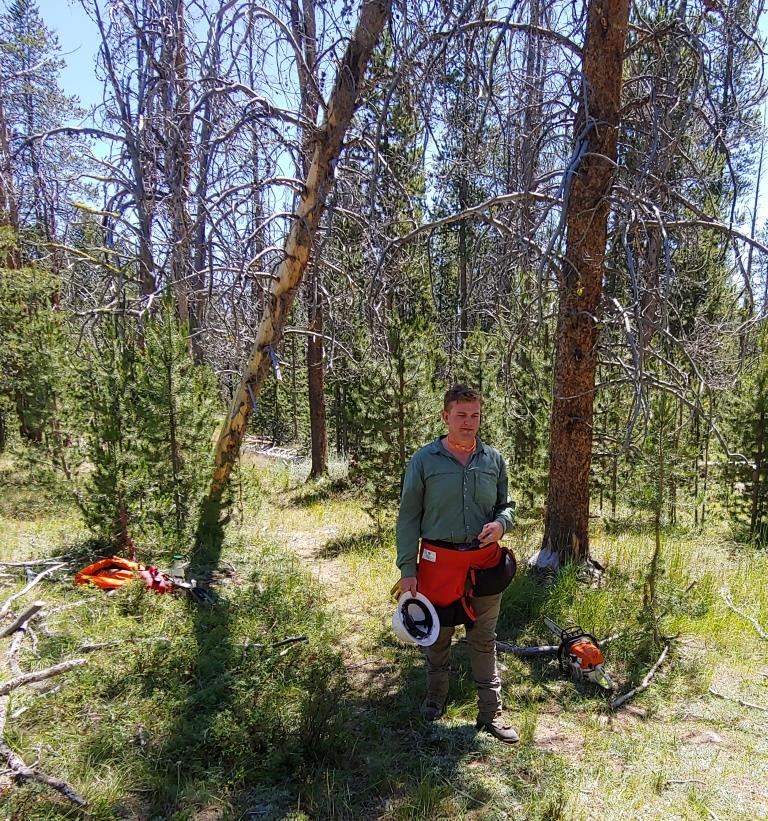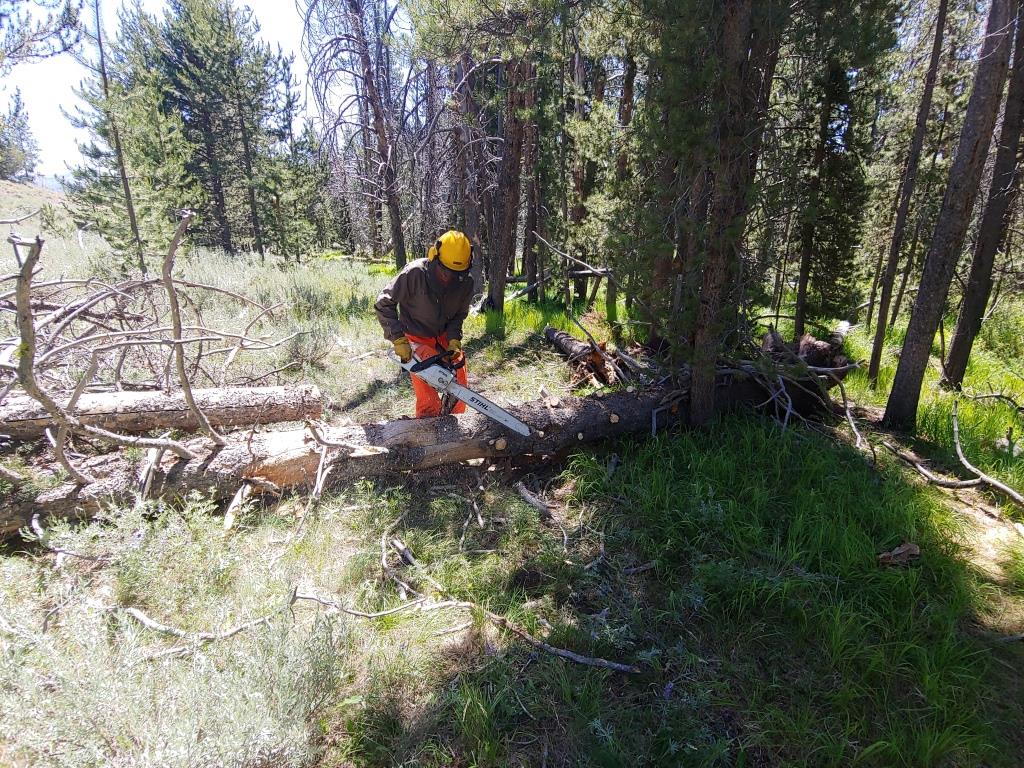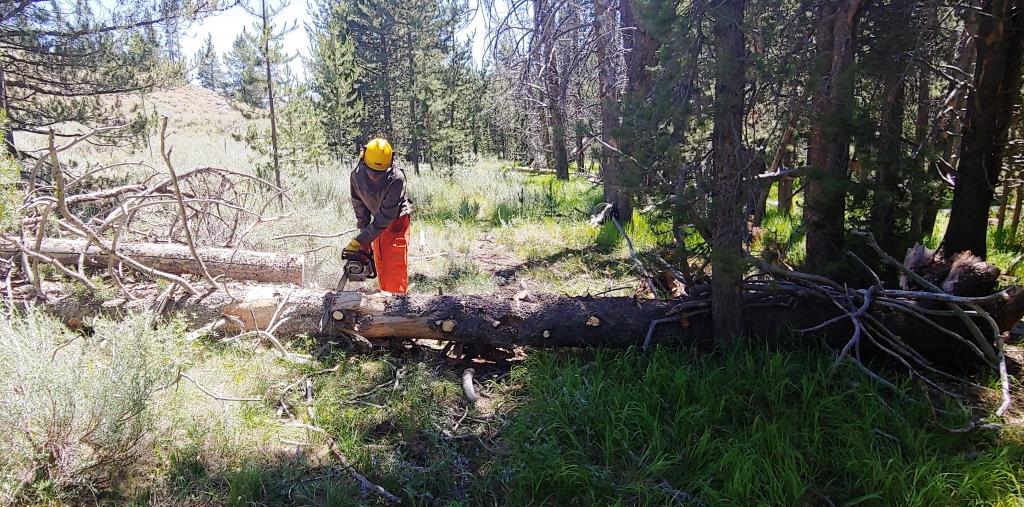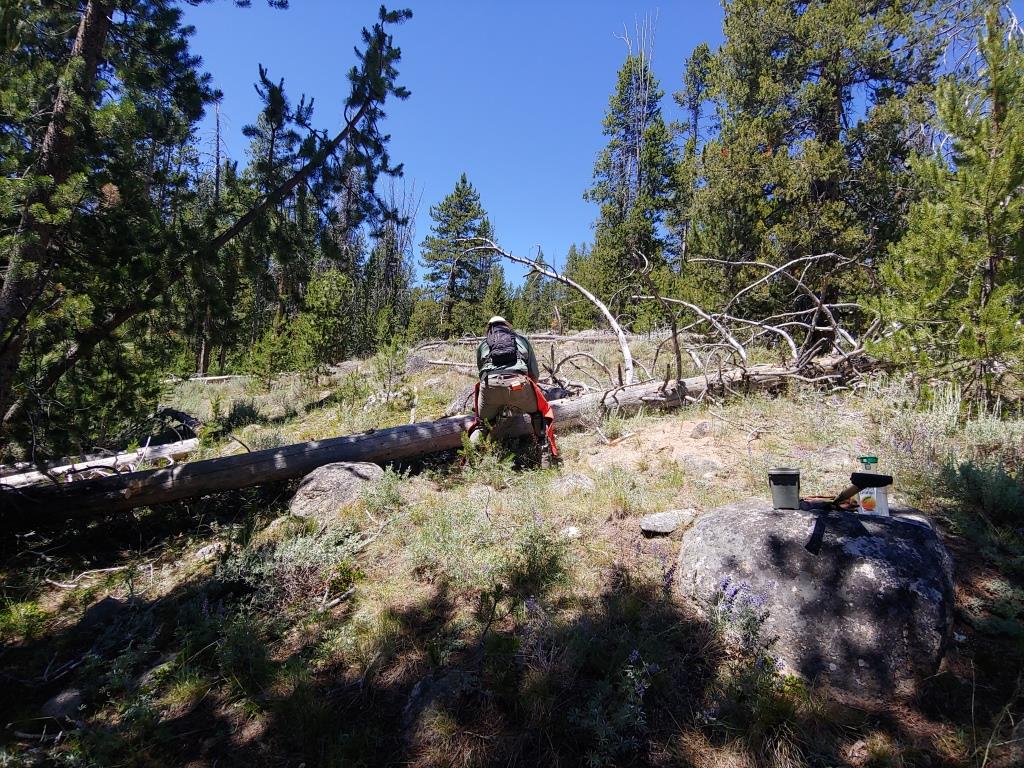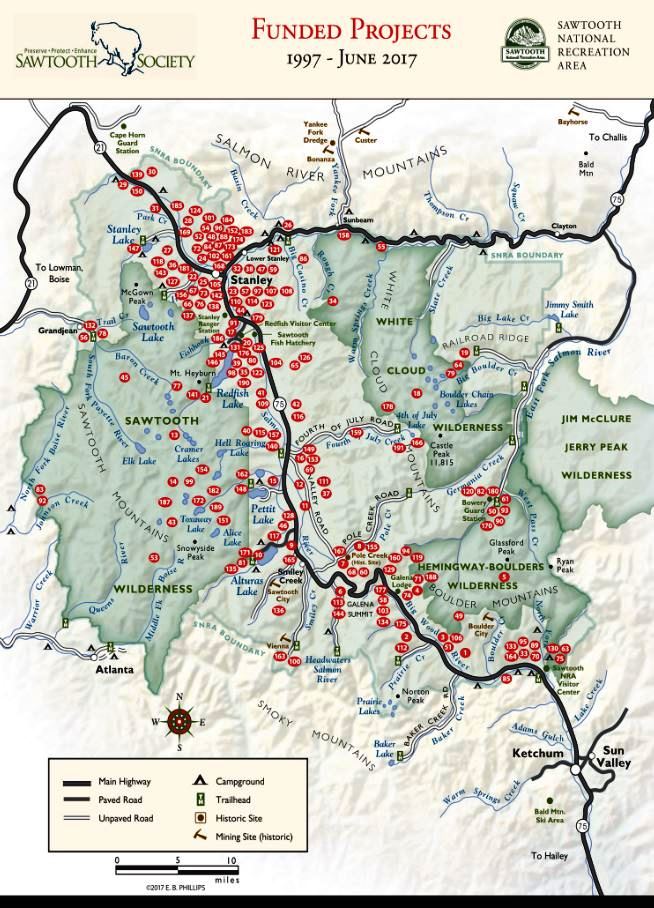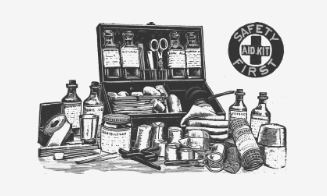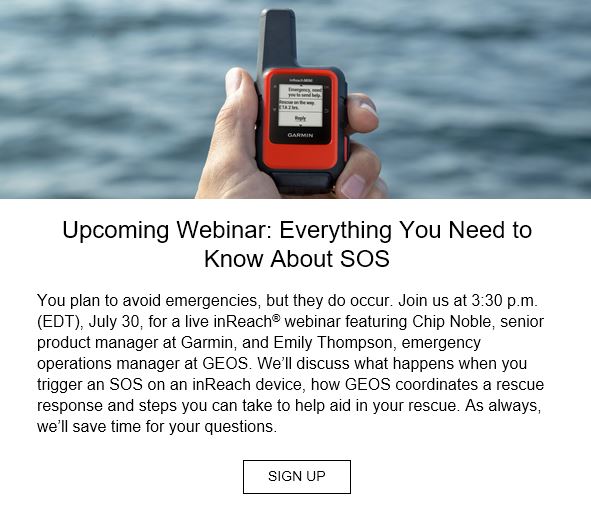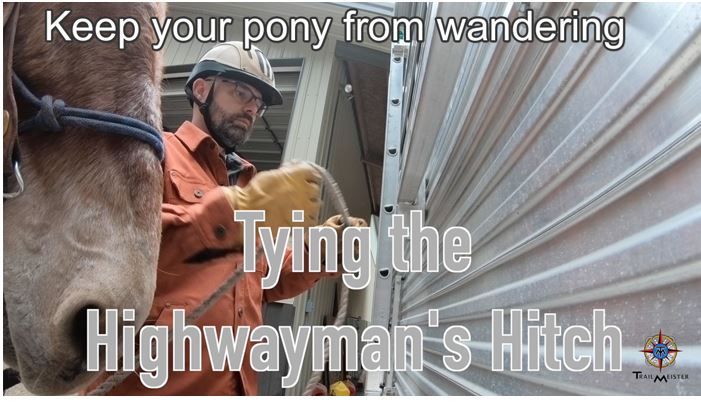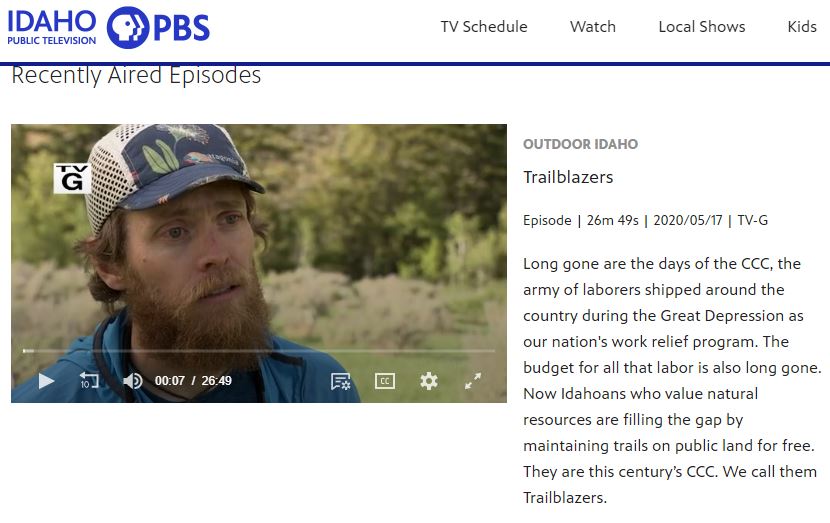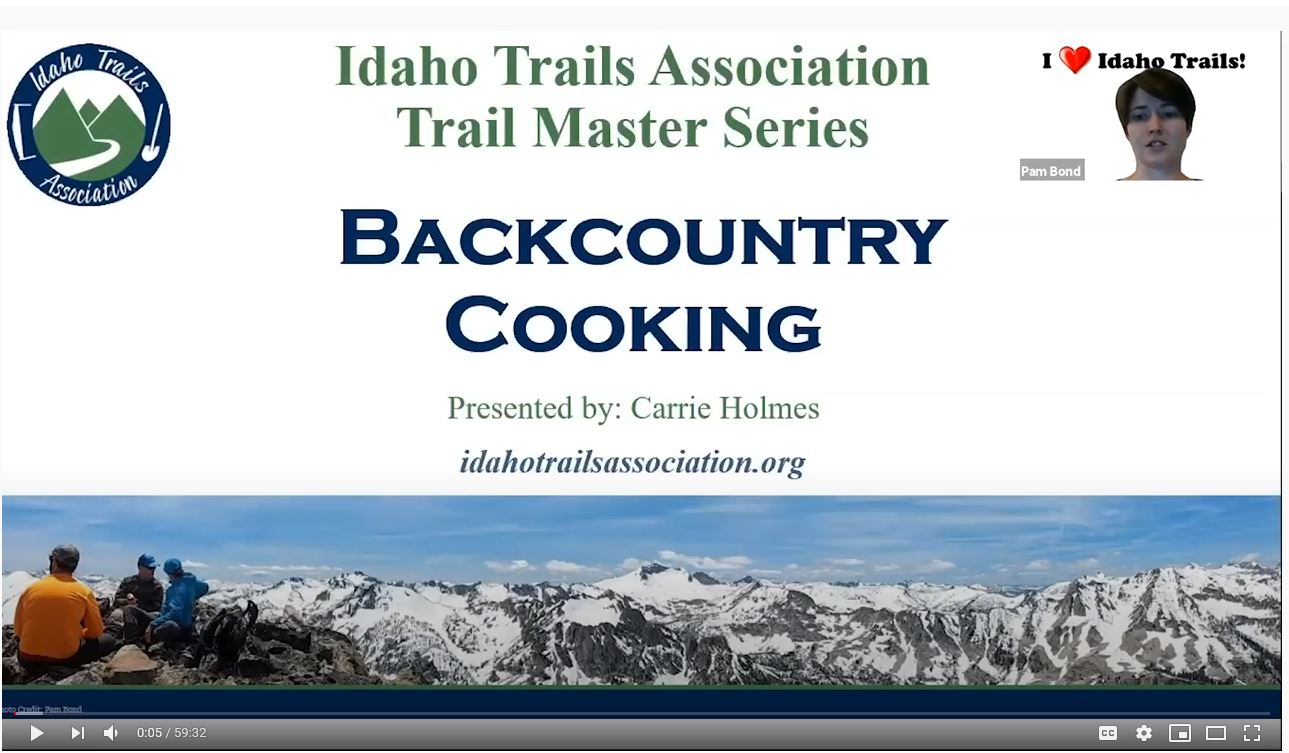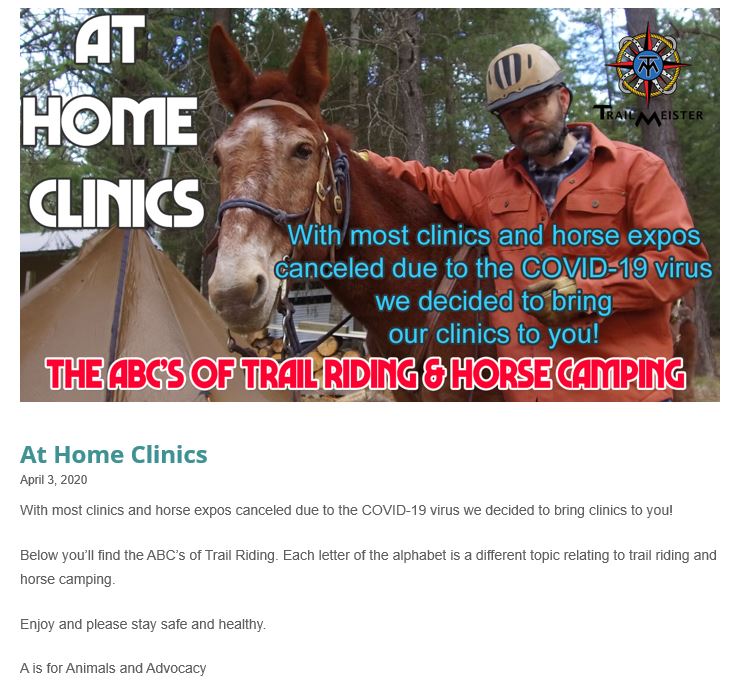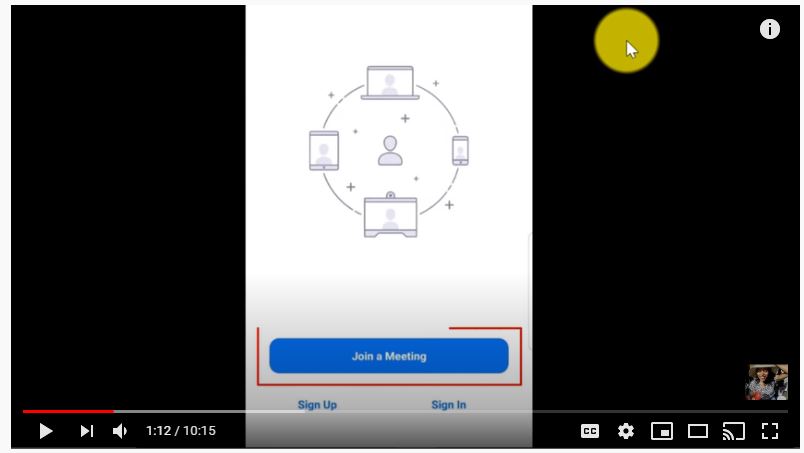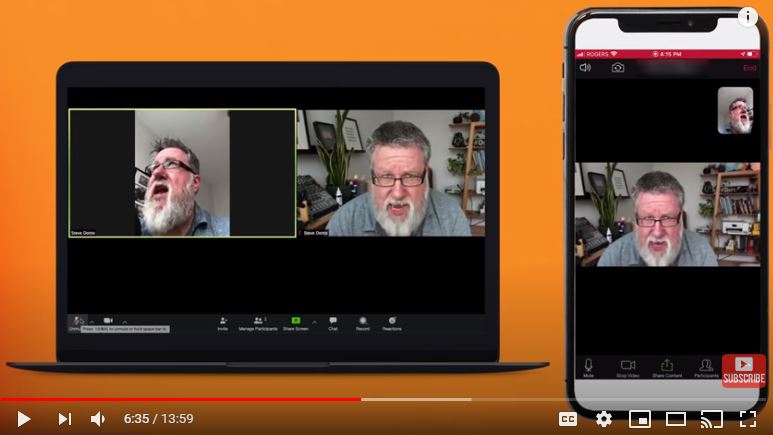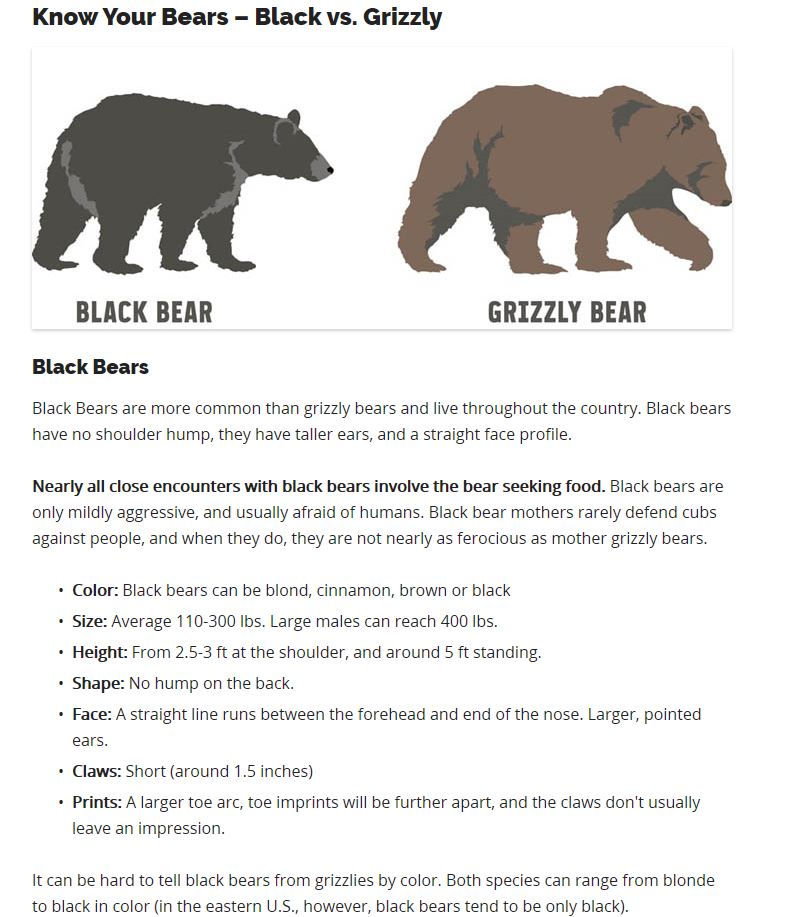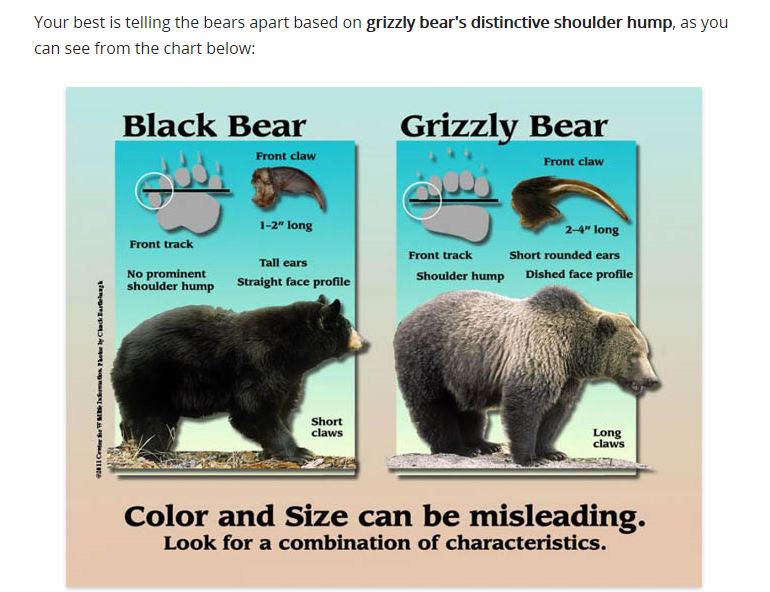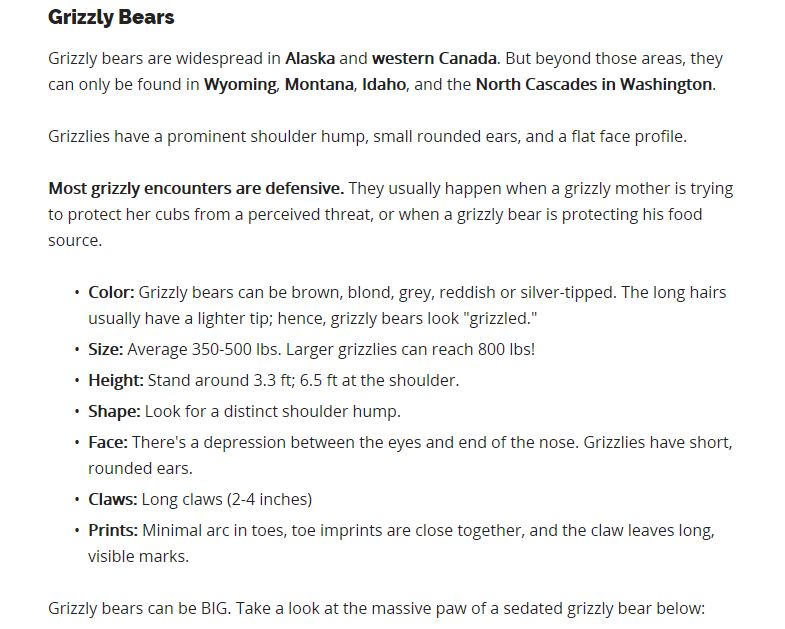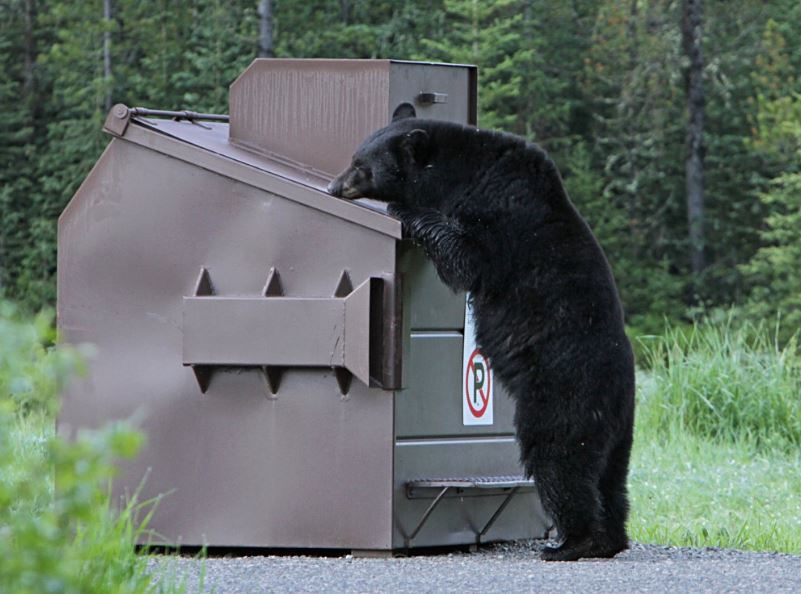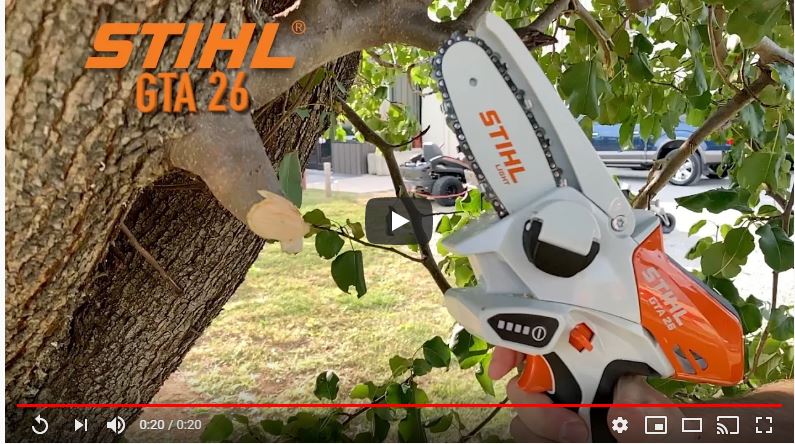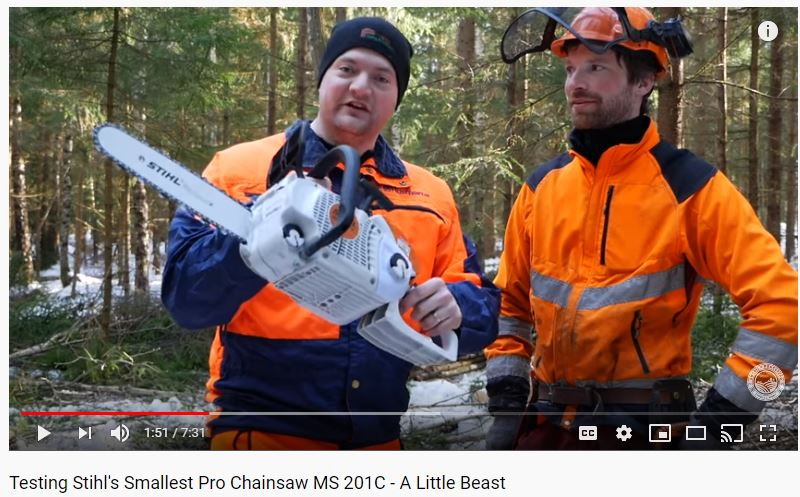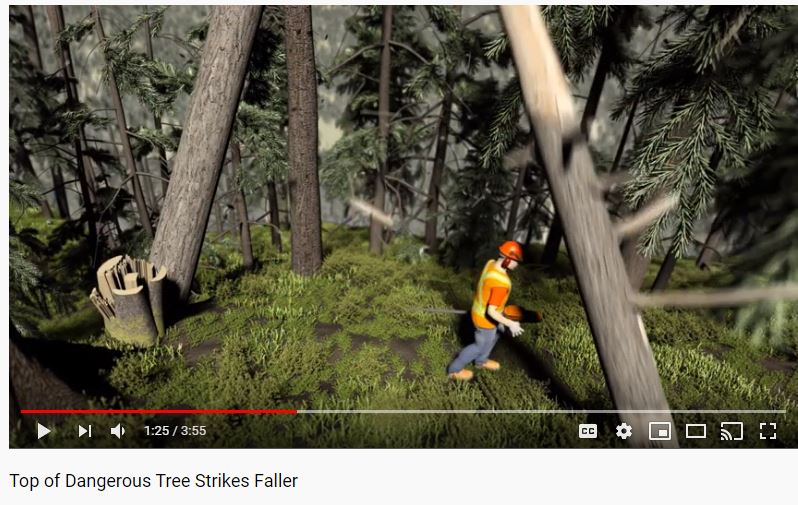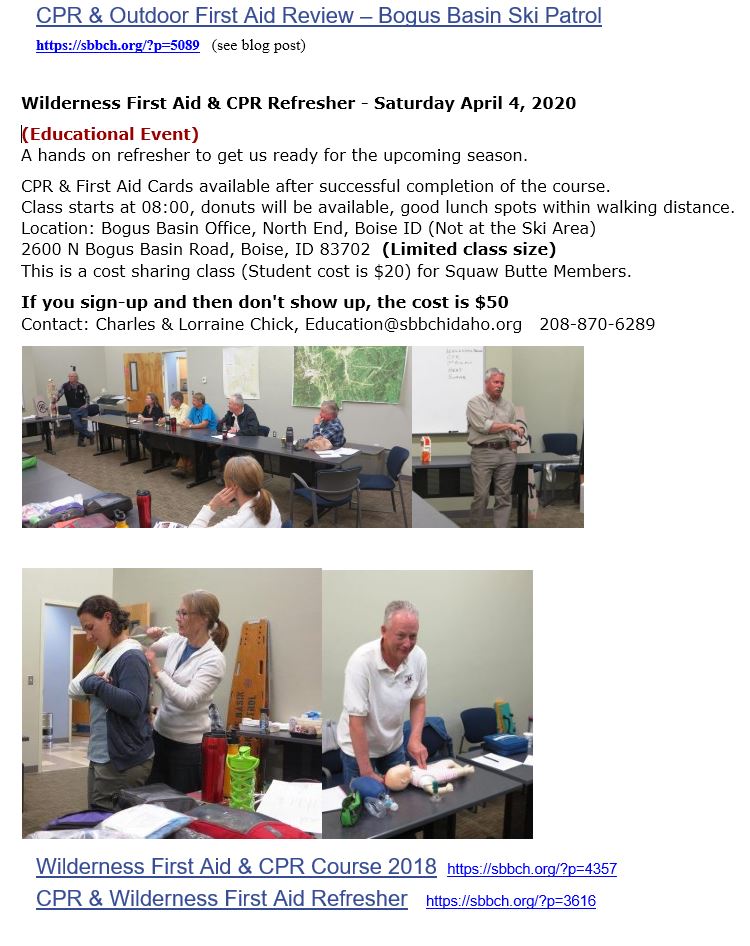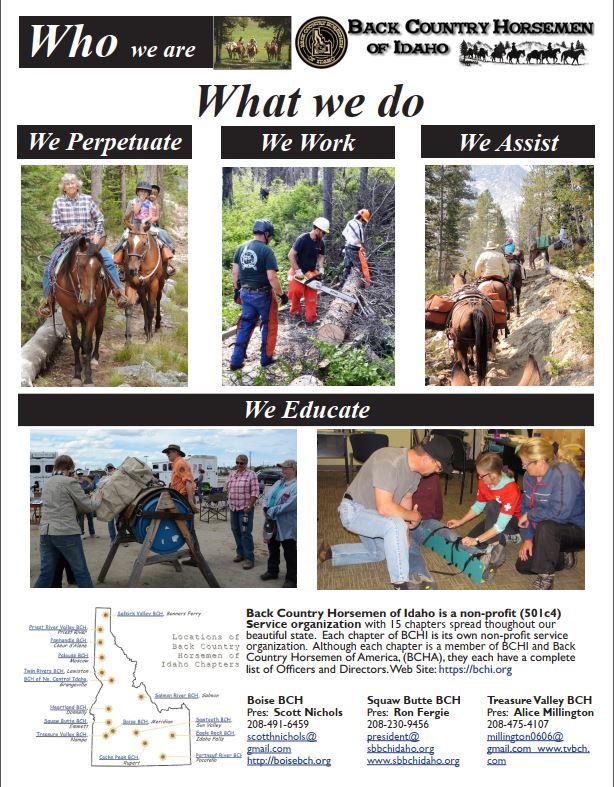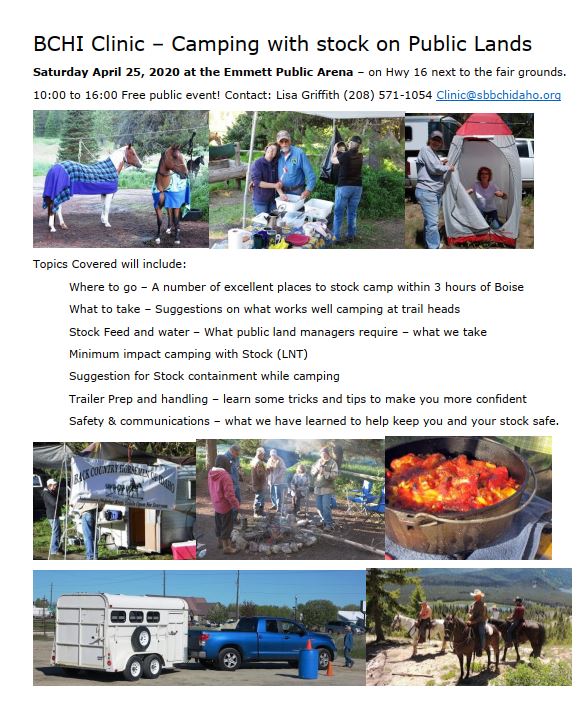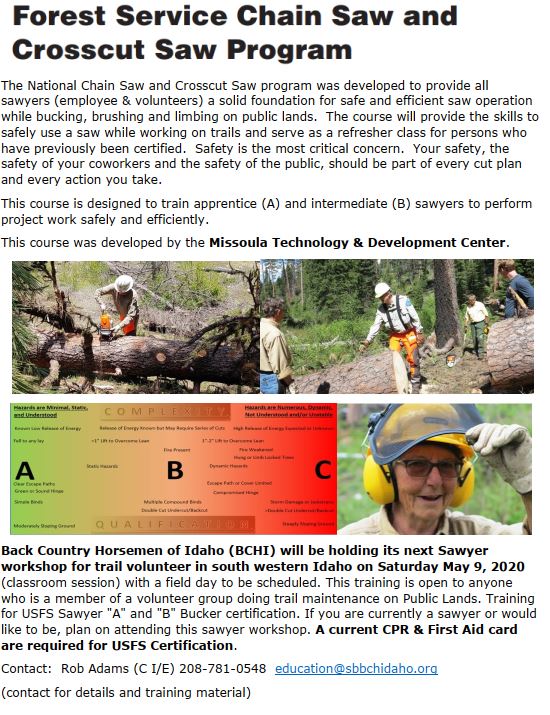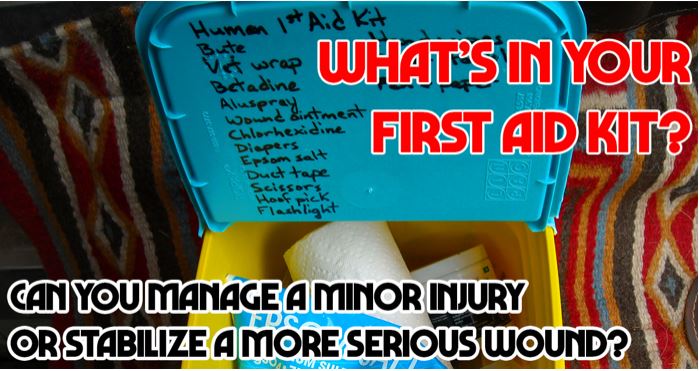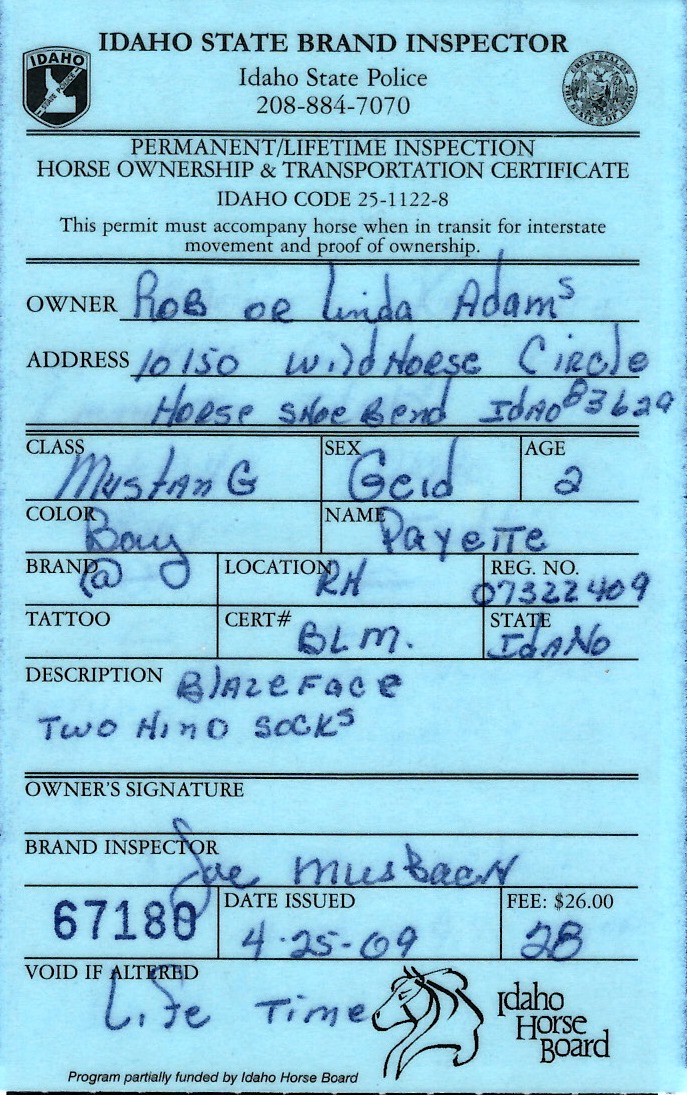

 A brand inspection is required when:
A brand inspection is required when:
• Ownership changes in any manner
• Leaving the State of Idaho
• Going to slaughter
Generally, it is the responsibility of the “Seller” or “current owner” to obtain the brand inspection and pay the appropriate inspection fees.
Always ask for a brand inspection when buying livestock! If the seller issues you a “bill of sale” instead, make sure the bill of sale is valid, and you call for a brand inspection within 10 days from the date of sale. In this case, the buyer will also be responsible for getting a brand inspection within 10 days and paying the brand inspection fees.
If you accept a bill of sale in lieu of a brand inspection certificate, and the animal is carrying a brand not recorded to the person who issued the bill of sale, then you could very well have to clear that brand before a brand inspection could be done.
Not obtaining a brand inspection when required by the Idaho brand laws is considered an infraction for the first offense and a misdemeanor for the second offense, punishable by a fine not to exceed $300 and or six months in jail. https://isp.idaho.gov/brands/

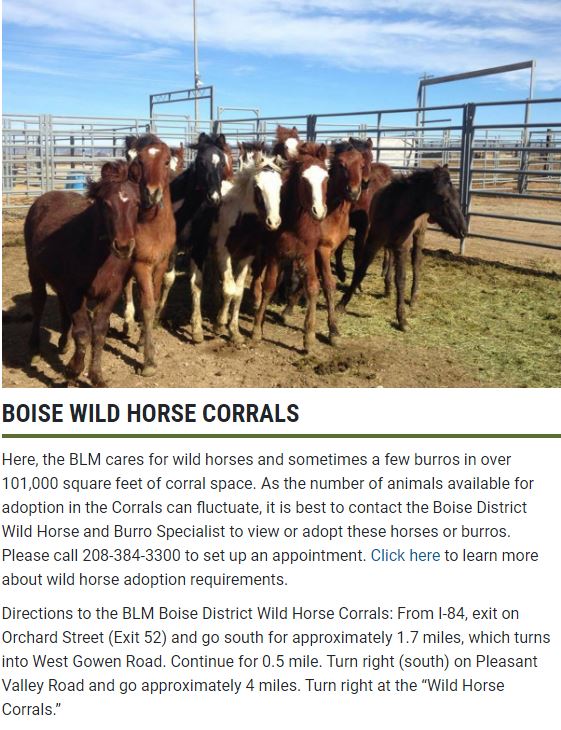 BLM Mustang Program
BLM Mustang Program
HOW TO ADOPT OR PURCHASE A WILD HORSE OR BURRO
The BLM maintains a network of permanent off-range corrals and hosts hundreds of off-site adoption events each year to find homes for excess animals. Qualified adopters must meet standard requirements for owning and caring for a wild horse and burro, including specific facility parameters to ensure the safety and health of the animals. Purchasers must meet other requirements as well and certify they will provide a good homes to their purchased animal. In general, whether adopting an animal at an off-site event or purchasing one from a permanent off-range corral, prospective owners should follow the steps outlined below. To adopt or purchase an animal over the Internet, visit the Wild Horse and Burro Online Corral.
1. Requirements: Ensure you meet the standard requirements for adopting or purchasing a wild horse or burro. You can find requirements in the Important Documents section of this webpage. Visit our Sales Program page for information on the process to purchase a sale-eligible wild horse or burro.
2. Find an event or location near you: Contact your preferred off-range corral location or make plans to visit an upcoming off-site adoption event near you. Each facility may have additional requirements beyond what is stated in the application; it is recommended that you contact your preferred corral and visit the facility’s website for more information. The BLM also hosts periodic adoption/sale opportunities on the Online Corral.
3. Application: Complete an adoption application or sales application and mail/fax it to your local BLM office, or bring it with you to the appointment or event. You will also be able to complete an application at the facility or onsite at the event or facility.
4. Appointment: Arrive at the facility for your appointment or visit the event during the stated hours for viewing and adopting/purchasing animals.
5. Pick-up: Arrange for payment and pick up of your wild horse or burro directly from the facility or event. Generally, the new owner is responsible for all transportation costs for the animal. If you are unable to provide transportation from the facility, consider adopting or purchasing an animal during a scheduled competitive bid event on the BLM’s Online Corral, which may have a drop-off location that is more conveniently located.
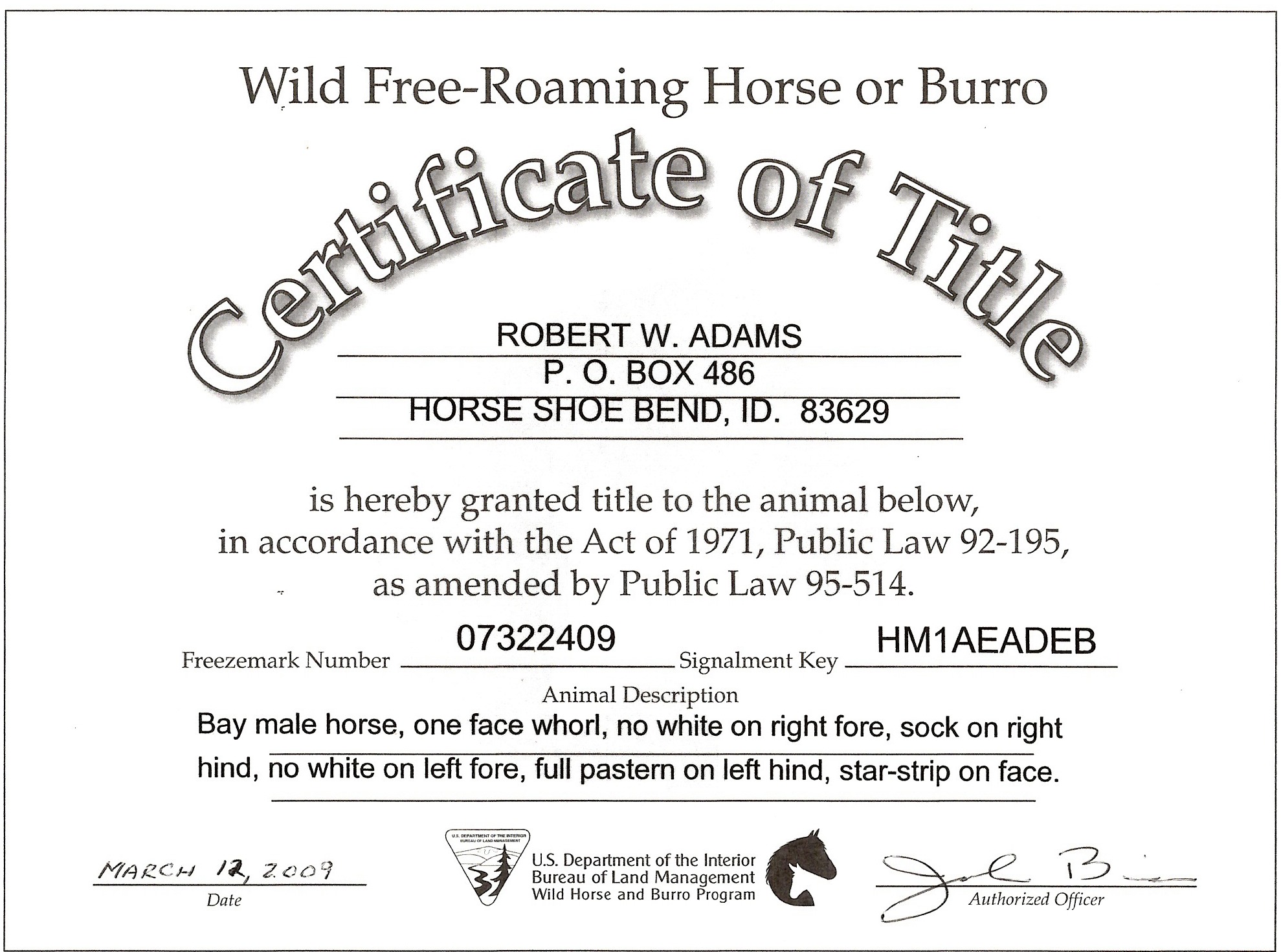
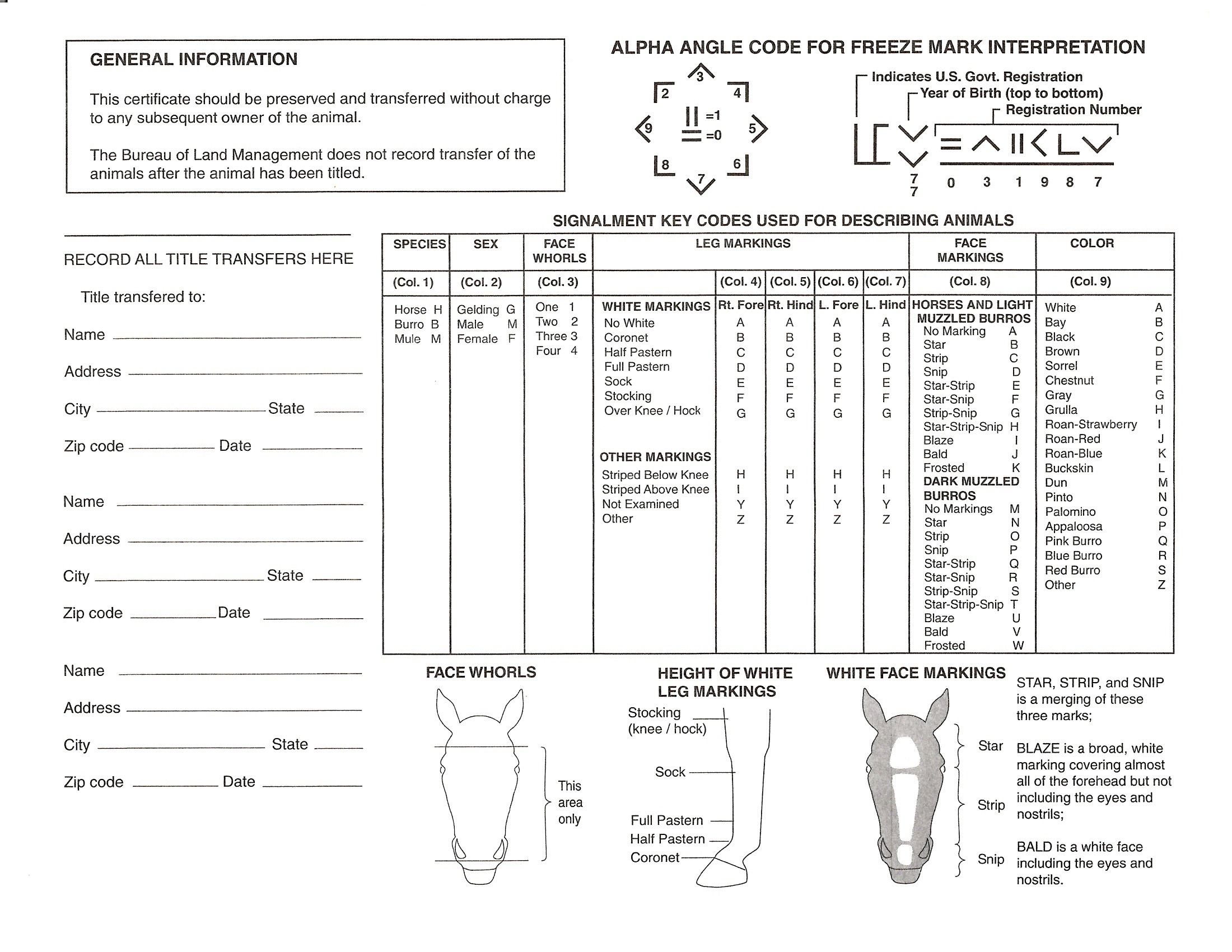
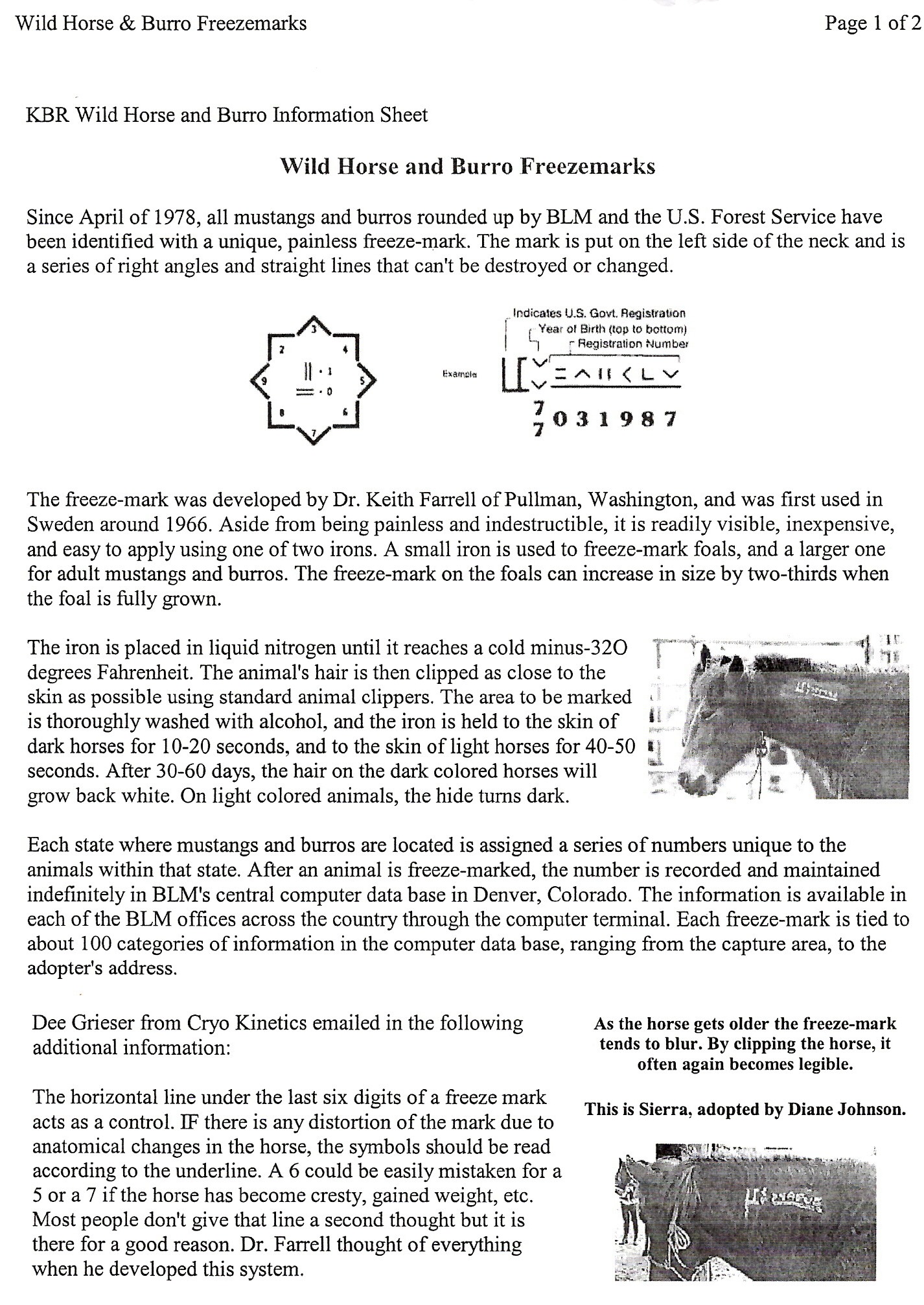

We do not offer ancestry testing for dogs, cats or any other species – just horse.
Ancestry testing is $50 per animal, payable by check/money order made out to Texas Agrilife Research – VTAN.
Our turnaround time is two weeks once the sample is received in the lab for testing.
Download the Horse ancestry submission form here.
The modern horse was re-introduced to the Americas by Spanish explorers. The earliest horses to reach North America were of Spanish origin. Although horses from other parts of the Europe were subsequently introduced, some New World populations maintain characteristics ascribed to their Spanish heritage. There are more than 58 million horses in the world, with more than 10 million horses in the United States of America (FAO 2013 data). It is difficult to calculate exactly how many horse breeds there are as the Domestic Animal Diversity System lists 1549 horse breeds, however many countries list same breeds like Arabian, Thoroughbred and etc. so that some breeds are counted more than one time. The Department of Animal Sciences – Oklahoma State University maintains a website that lists over 200 breeds alphabetically, International Encyclopedia of Horse Breeds by Hendricks (1995; 2007) describes nearly 400 breeds but estimates there are well over 600.
Throughout the years we collected and genotyped an extensive number of horse breeds and populations from around the world (see selected publications), however to represent our reference panel for ancestry testing we selected 50 breeds that are most common for the North America and also represent the major horse groups: draft horses; ponies; Oriental and Arabian breeds; Old World and New world Iberian breeds. Selected breeds are more probable to be the ancestors of current horses in North America and it would be unreasonable for us to use rare or endangered breeds like Waler (Australia), Timor pony (Timor Island), Cheju horse (a southern island of Korea), Namib horse (Africa), Tushuri horse (Georgia) or Pindos (Greece) and etc. Also some North American breeds are not on the list, – example: Appaloosa, American Paint horse, because registries are open or partially open and allow crossbreeding. Mustangs are also not on the breed list as it is now primarily a feral horse found in the western United States and managed by Bureau of Land Management (BLM). Originally mustangs were Spanish horses or their descendants, however throughout the years they had influence from many different horse breeds. There are several mustang registries, but overall there is just too much complexity to consider them in breed ancestry analysis.
